The Dorze people
South Western Ethiopia is well-known for its numerous tribes, many of which still lead a traditional life. Approximately 86 ethnic groups live in Ethiopia today. We’ve been told that a visit to rural villages can be quite annoying as there is a fee for virtually everything: from entering the village, watching handicraft to taking pictures. We’ve decided to go nevertheless and we’ve thought that we could travel in our way, with respect for the people.
Our first stop was a village of the Dorze people, located in the mountains 20km north-west of Arba Minch. We walked through two villages with a local guide and marvelled at the everyday life of the people. Whereas the biggest banana plantations of Ethiopia are located near Arba Minch on the shore of lake Abaya at an altitude of 1300m, only „false banana“ can be grown in the cooler climate of the Dorze villages at the altitude of 2000 – 2500m. The pulp of the false banana leaves is squeezed out and put in a hole in the ground to ferment for three months before it can be used as dough for a tasty flatbread. A friendly lady showed us the whole process from cutting the leave to baking the bread that we later enjoyed with honey and a spicy sauce. To my surprise, it reminded me of a rye sourdough bread. Within Ethiopia
The Banna people
Our next stop was the town of Keyafer where a local market is held every Thursday. On the way to the market I was approached by several tribespeople asking me to take a picture of them, for a fee of course. Soon we had a couple of kids around us. The kids made up the typical tall tales in order to get some money. One told us his father has died recently, his brother was sick and so forth. One boy who claimed to have no shoes, wore shoes when he asked us for money the next day. Drunken people were shouting at us from the pub next to the entrance to the market. With a crowd of kids pulling at our shirts and unfriendly, disapproving looks from the sellers, we left the market with an unpleasant feeling.
However, the day was saved by a friendly and welcoming Banna family who allowed us to pitch a tent next to their tukul. A local guide who knew the family as he used to live in a village nearby, accompanied us and interpreted. The husband was said to be well off as he could afford three wifes. Unsurprisingly, the third wife was considerably younger than the first one, who could have been her mother. The first wife prepared a tea made of coffee shells while the second wife prepared food and the third was taking care of small children. Sitting on a cow’s skin in the tukul watching one of the women lighting the fire and preparing dinner felt like we had ventured of on a journey in time. Her kitchen consisted of nothing else but a fireplace, several soot-covered clay pots and a couple of bowls made of calabash shell. It would be pitch black had it not been for the fire that gave the tukul a warm, orange glow. Late in the evening, young woman and men from the surrounding villages gathered for a dance that fulfills the purpose of finding the right partner. Next to a fire, men and woman line up in two groups facing each other. One group performs a short dance and poses and then the roles reverse. The ritual goes on while newly matched couples disappear in the bush. Sex before marriage is common, but children outside marriage are undesirable. Unsurprisingly, Banna people know natural medicine to abort pregnancy.
The Daasanach people
From Keyafer we continued on a dirt road to Turmi where we pitched our tent in a nice camp site below blossoming mango trees. Only in the evening did we realise that almost every type of insect including mosquitoes, liked this place saturated with sweet mango flower smell. When strong wind hit the trees, a couple of mangos fell down, fortunately neither on our heads nor on our tent.
Visiting a village of the Daasanach tribe was as sad as it was interesting. Not far from Omo river, close to the town of Omorate, the village was set in a barren and dusty steppe without any tree to cast a bit of shadow. The dome-shaped huts were made of pieces of old corrugated iron held together with rope. It gave the place an apocalyptic appearance, like towns in the movie Mad Max. We were the first visitors of the day and were kindly greeted by the villagers. However, seeing that many of the children in this village were malnourished made us wonder if this was a result of the lower rainfall in recent years or a permanent issue caused by the general living conditions of the pastoralist people. We’ve also questioned what happens with the money paid by visitors to the official guide association who claims to share it with the community. We had to pay an equivalent of 45 USD for the visit and food on the market of neighbouring Omorate was as cheap as anywhere in Ethiopia. We bought our food for one day for less than 2 USD. Considering that we’ve seen more than 20 other visitors during the one-hour visit, there was definitely more than enough money for a balanced diet of all villagers. Unfortunately, it seems that a few get rich at the expense of others. When other groups of visitors arrived, the friendly atmosphere in the village quickly changed as the villagers stated to beg importunately, so we took to our heels.
The Hamar people
In the afternoon we met Frew, who we’ve got to know in Addis Ababa and we went to explore a village of the Hamar people. A young men, who used to live in one of the nearby villages guided us through the bush to the village. He has recently graduated in chemistry as one of the first Hamar people. He told us about the difficulties of his people today: whereas the old generation lives like their ancestors hundreds of years ago, the young who get educated learn about the advantages of modern life. Although many of them still choose to stay in the villages, sooner or later the South Ethiopian tribes will give up their traditional way of life, the impact and the temptations of modern life being too strong.
The Karo and Tsamai people
A unpleasant and unfriendly atmosphere prevailed in the village of the Karo people. The only nice thing about this place was its location on a cliff overlooking the Omo river. Our guided tour through the village was an unfunny joke. On top of it, it was ridiculously expensive.
Nevertheless, Frew stuck to his plan to buy a goat from the villagers and share it with them in the evening. Although a big goat was selected, when the butcher came back in the evening he brought a much smaller one. After several minutes of discussions, the price for the goat was finally reduced and the goat got slaughtered. Half an hour later the goat sizzled next to a campfire, the flames blown by the wind to the pieces fixed on wooden sticks. With goat meat in their hands, the villagers became quite friendly and we enjoyed the evening. However, the butcher, with whom we shared the goat and who also got all the entrails, demanded to be paid for slaughtering the goat. I couldn’t believe it. We were happy when we left the village.
On our way we passed by a village of the Tsamai who seem to struggle with the current environmental conditions. Generally
, the pastoralist tribes seemed to be more affected by the lack of rain. But also their nomadic movement is getting more difficult as land is sold to foreign companies growing cash crops like cotton. Food was distributed in the village by the Ethiopian government. It looked the same when we passed by five days ago.
The Ari people
We discussed our remaining trip with Tsegaye to avoid visiting more villages where we would be treated like “a walking wallet“ by the locals. We decided to not visit the Mursi people, who are famous for their unique decoration and lip plates but also for being unfriendly and aggressive. They are feared by many other tribes. Tsegaye told us that a few weeks ago Mursi attacked a bus was killing 13 passengers. The reason? Apparently, a car killed a Mursi woman in a hit and run minutes before the bus passed by. However, Mursi people reaching the scene mistook the bus for the vehicle that killed the woman.
Instead, we’ve decided to visit the Ari people who live a rather modern life in the hills around Jinka. We didn’t regret the decision as we had a very enjoyable hike through the hills spotted with nicely set and tidy villages. People greeted us in a friendly way and we weren’t asked for money every few steps.
The Konso people
Our last visit in the South-West was to one of the 42 Konso villages and towns that are part of the UNESCO listed Konso cultural landscape. Living in a very hilly and dry region, the Konso became experts in terrace cultivation. Furthermore, the life of a Konso village features social aspects distinguishing them from other tribes. Every village has a community house where boys aged from 12 to 18 live. They contribute to the life of the community by providing services such as building and maintaining paths, taking care of the sick or extinguishing fires. Each village belongs to one of twelve clans which are ruled by a clan chief who lives outside the village. When a clan chief dies, his body is mummified, but he remains in power and stays in his house with his insignias. His oldest son will act as an intermediary to announce his decisions. After nine years, nine month, nine days, nine hours and nine minutes, the oldest son will take over the insignia and thereby the power over the clan and the mummy will be buried.
The rules propagated by the official guide association and prohibiting tourists from giving money or other items to kids gave us hope for a hassle-free visit. However, after a few minutes we were surrounded by a group of begging kids. Even many villagers couldn’t resist the chance to ask us for money.
El Sod
Before we returned to Addis Ababa, we drove further South-East to the saline crater lake El Sod. According to Tsegaye, we had to take a guide from the Yabelo Wildlife Sanctuary located around 100 km away and had pay entrance to the Wildlife Sanctuary. We’ve reached the rim of the crater by car, but were soon surrounded by 20 people from the nearby village demanding we pay a second entrance fee, take another guide from the village and pay for parking the car. That was the final straw and enraged we set off to leave. Tsegaye negotiated with the villagers and they reduced their demands to the entrance fee. Considering that we drove almost one day to get there, we grudgingly agreed.
Though Southern Ethiopia has an unrivalled cultural heritage and is one of the few places on Earth that is not yet completely absorbed by modernity and globalism, we could not enjoy our stay here. We seldom felt welcome and were rather treated like a source of money that needs to be exploited. We felt taken for a ride every time we were charged the faranji price, which usually was several times bigger than what a local would pay. We almost never had a friendly chat with an Ethiopian who wasn’t paid by us. Rarely did we see a friendly face in the street.
We weren’t sad when we left the country towards Uganda.
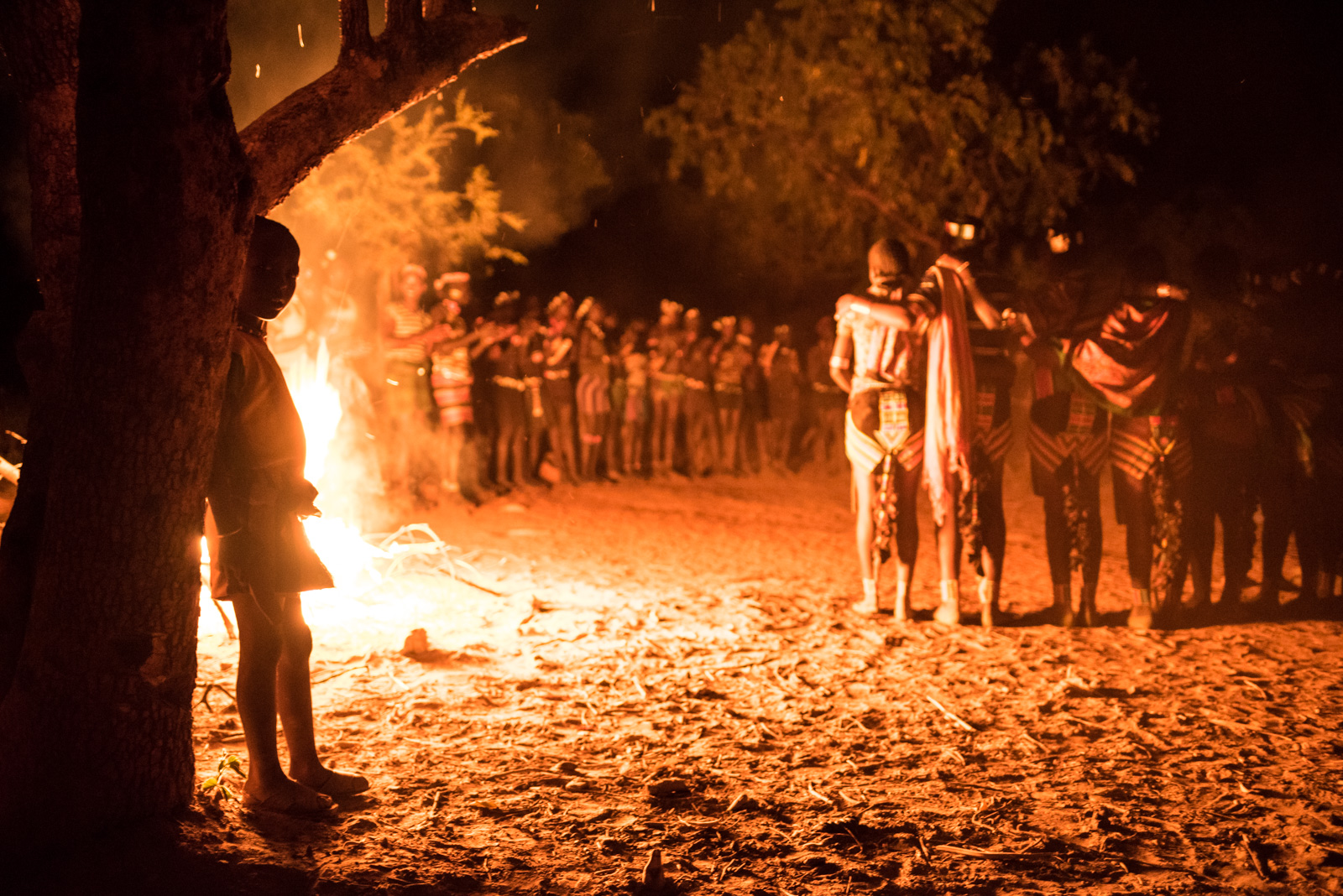
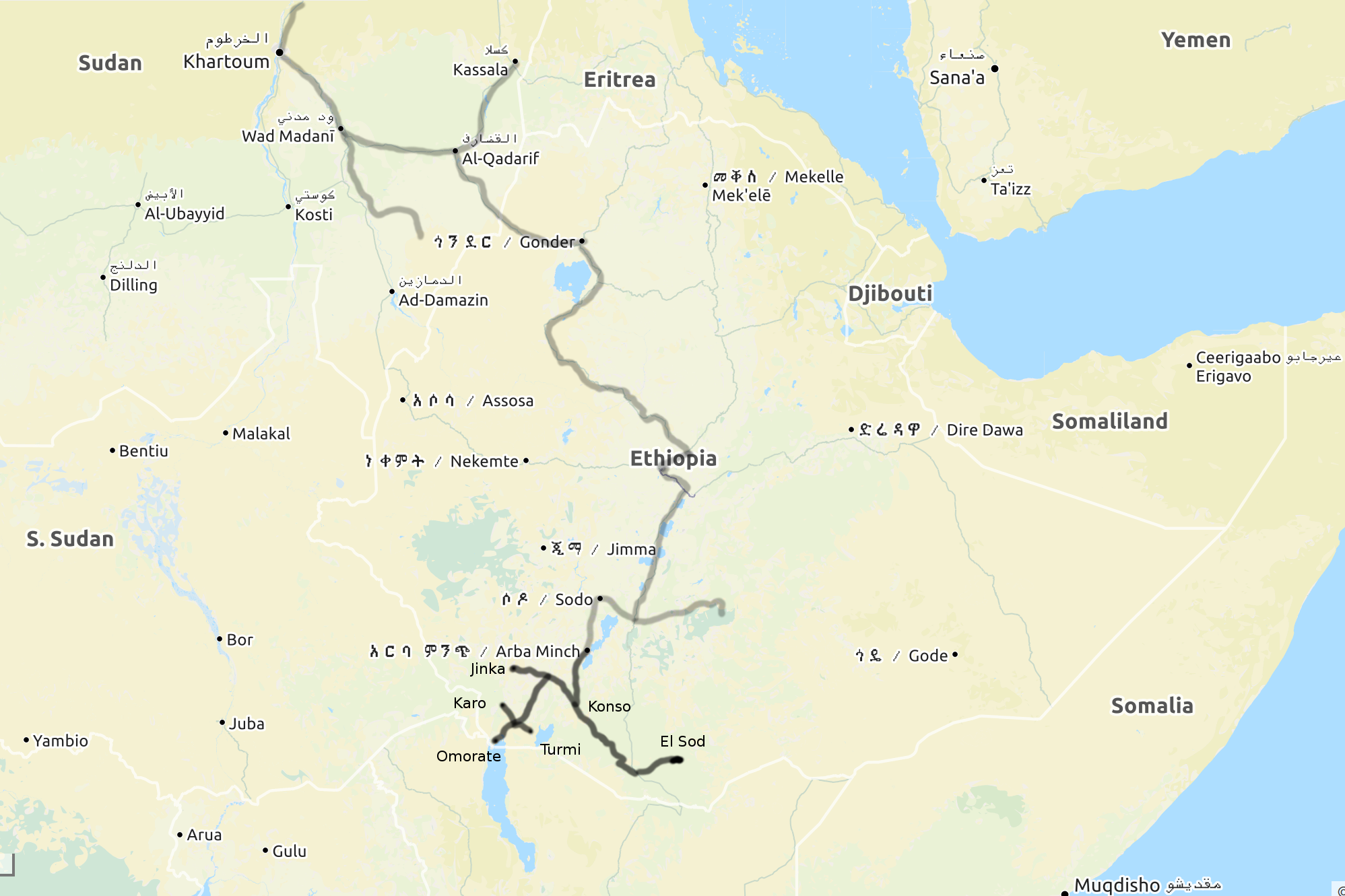
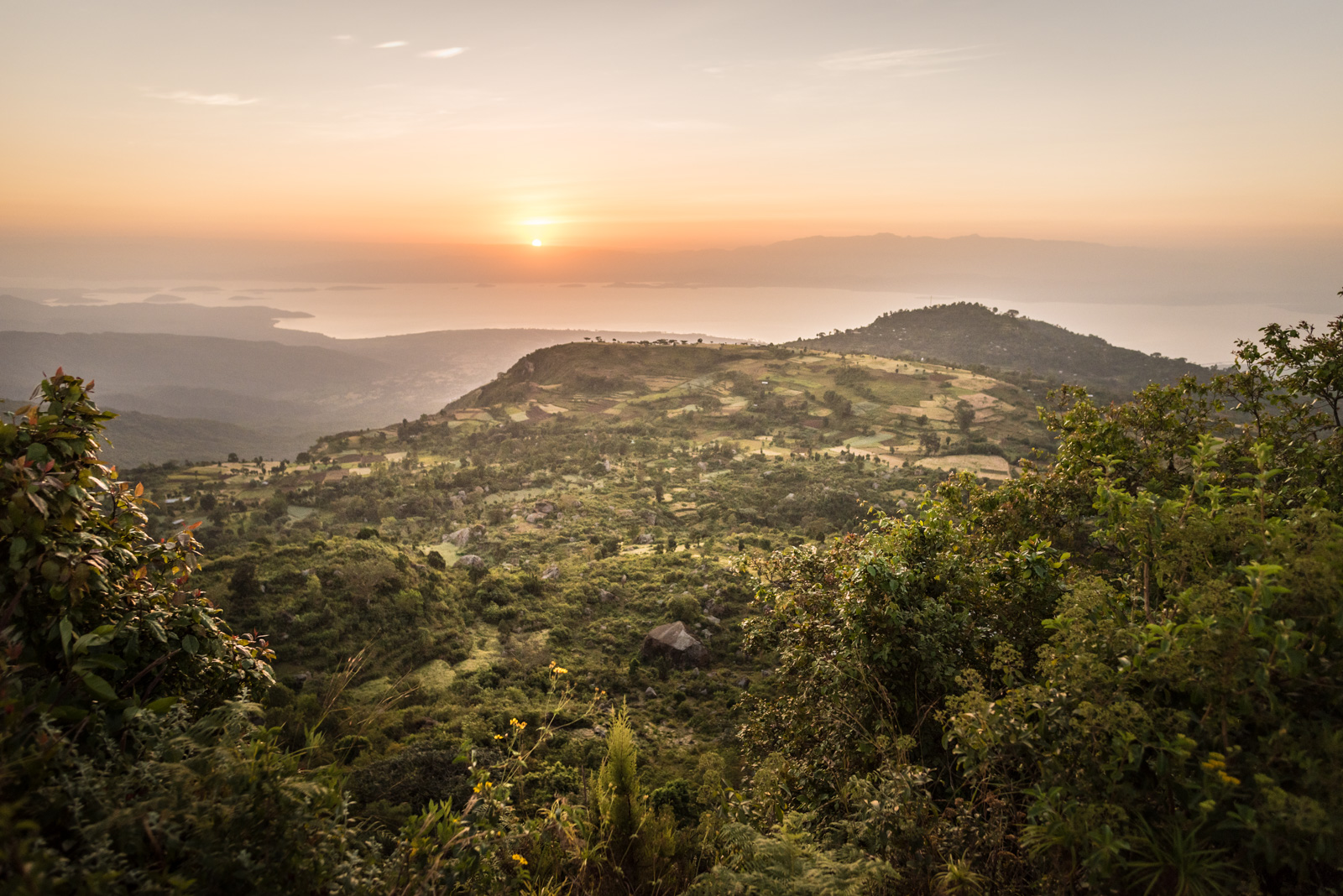
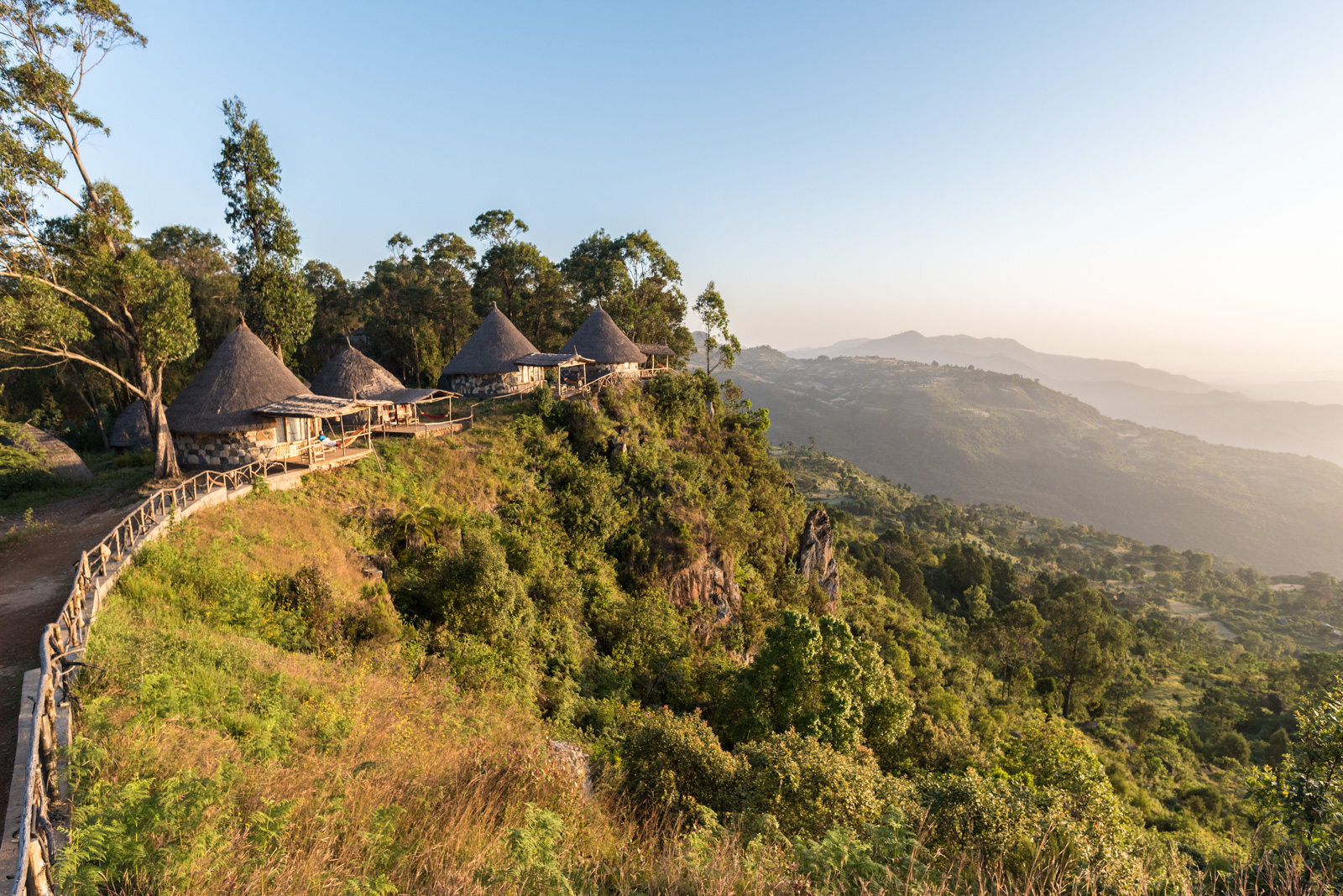
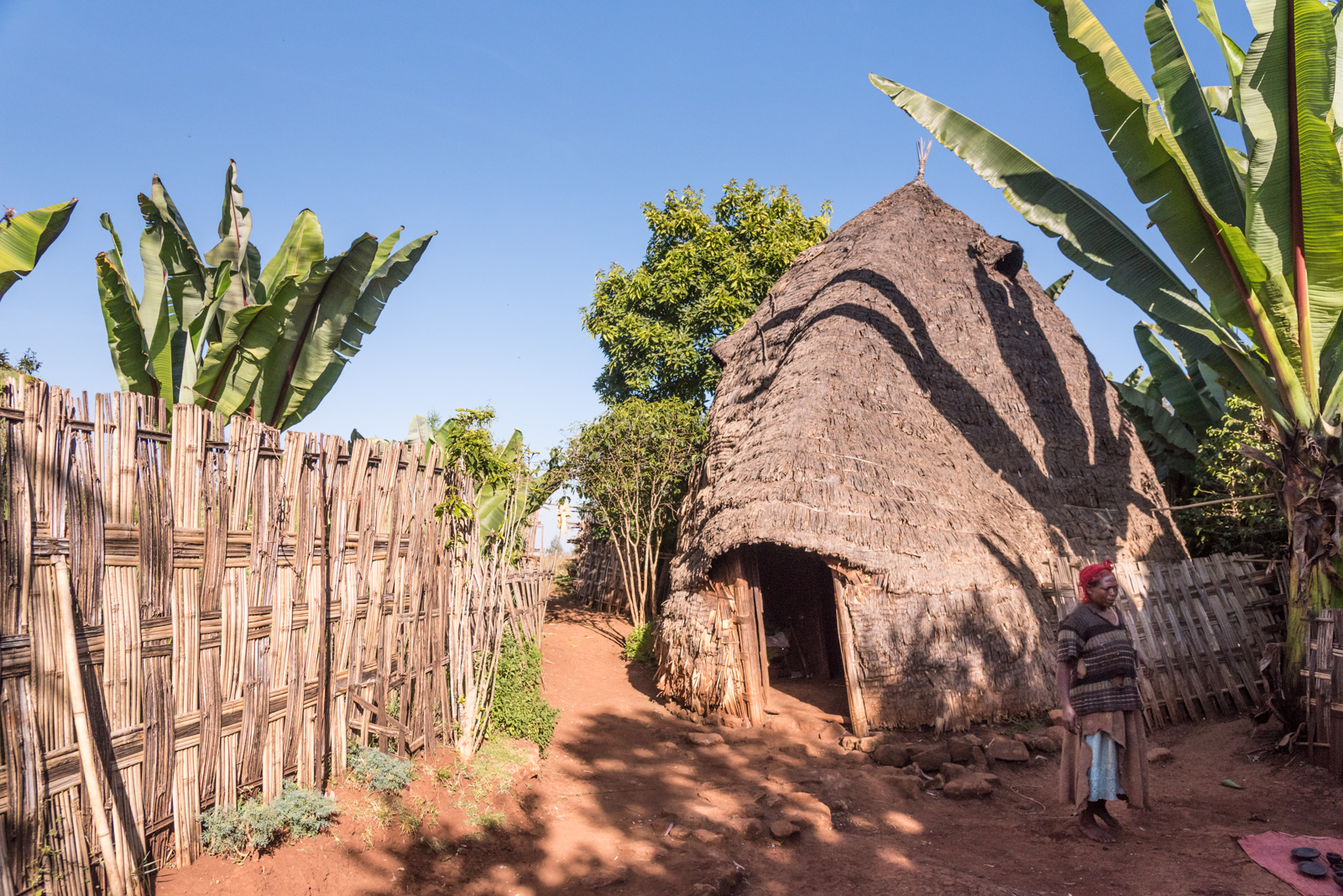
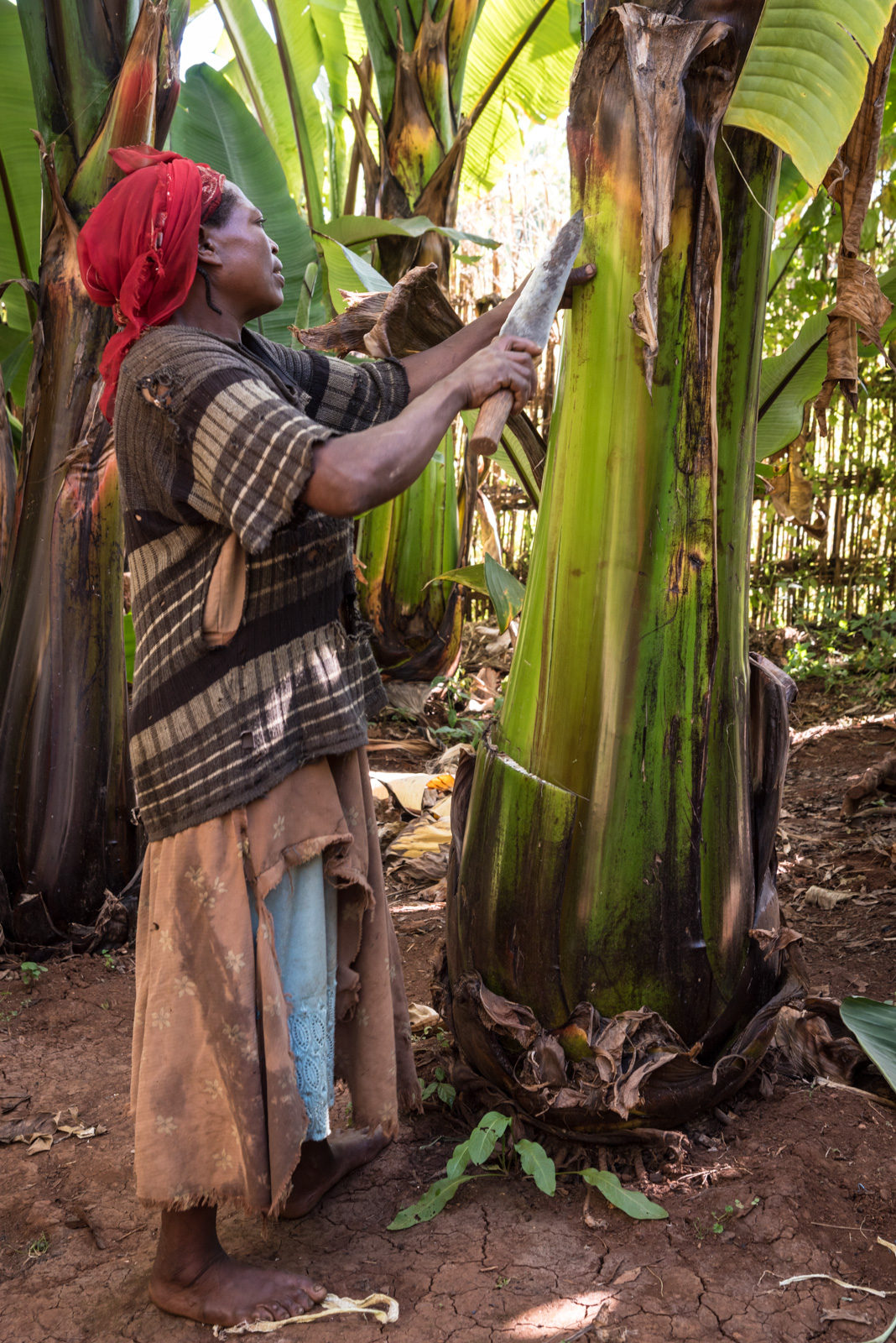
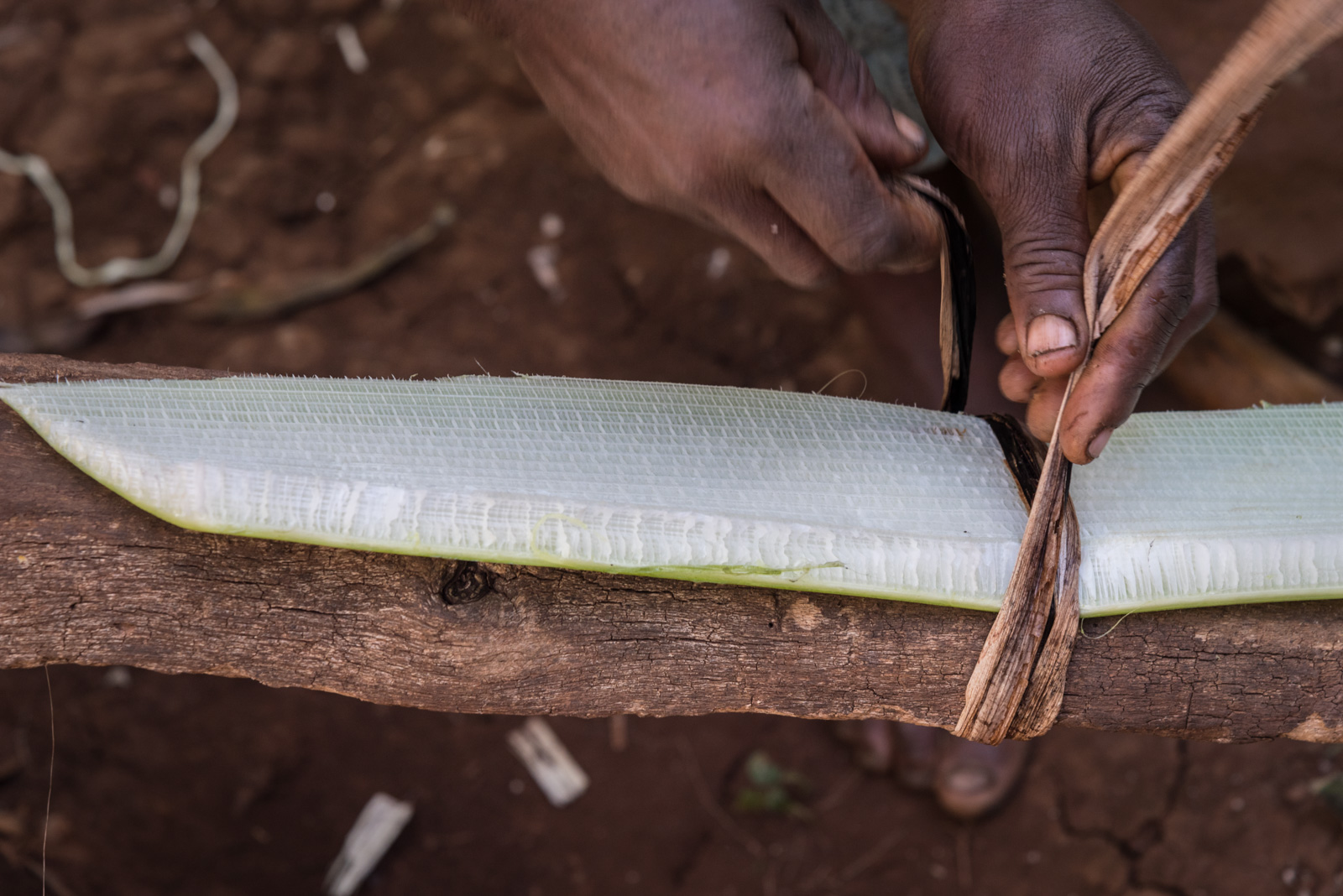
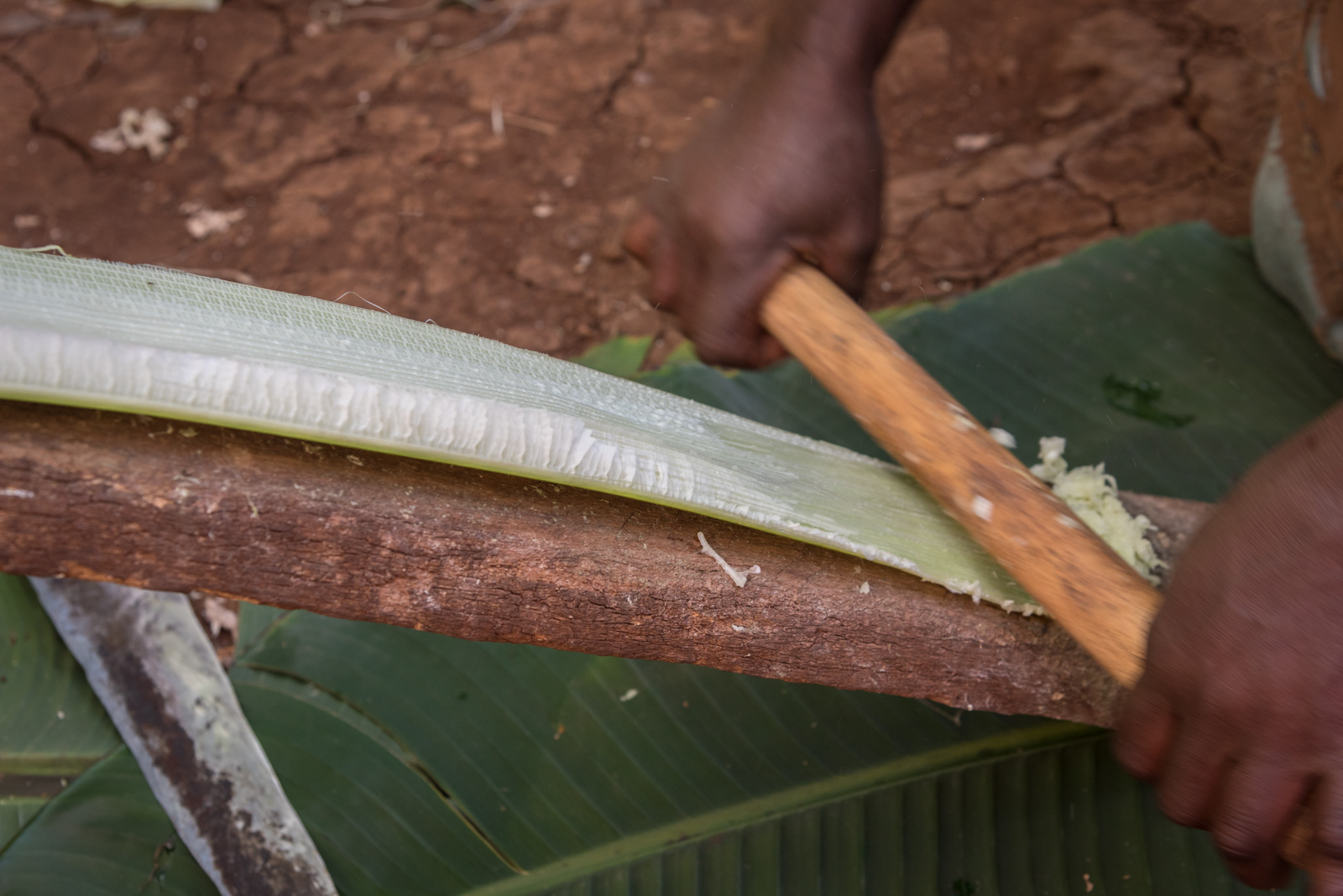
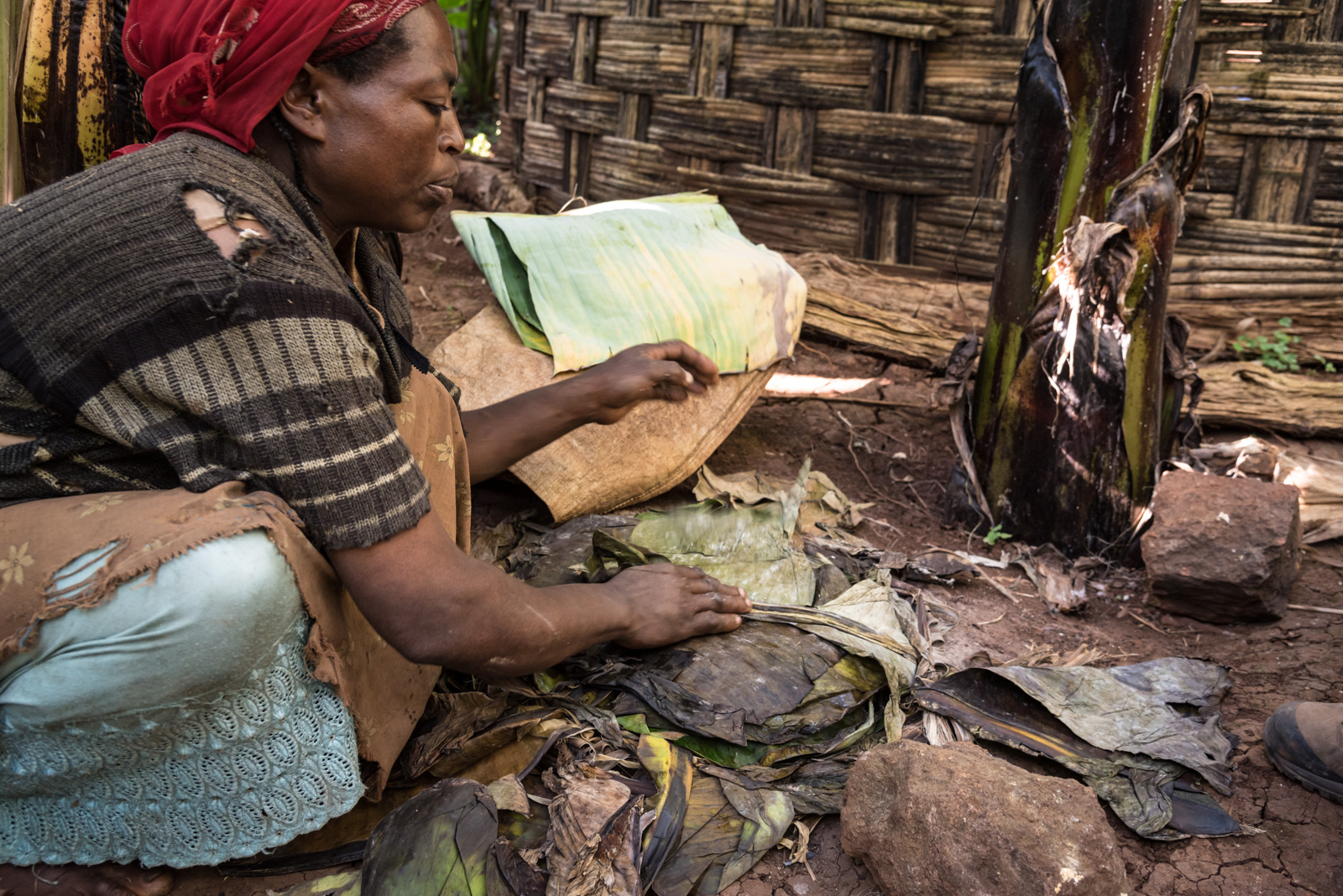
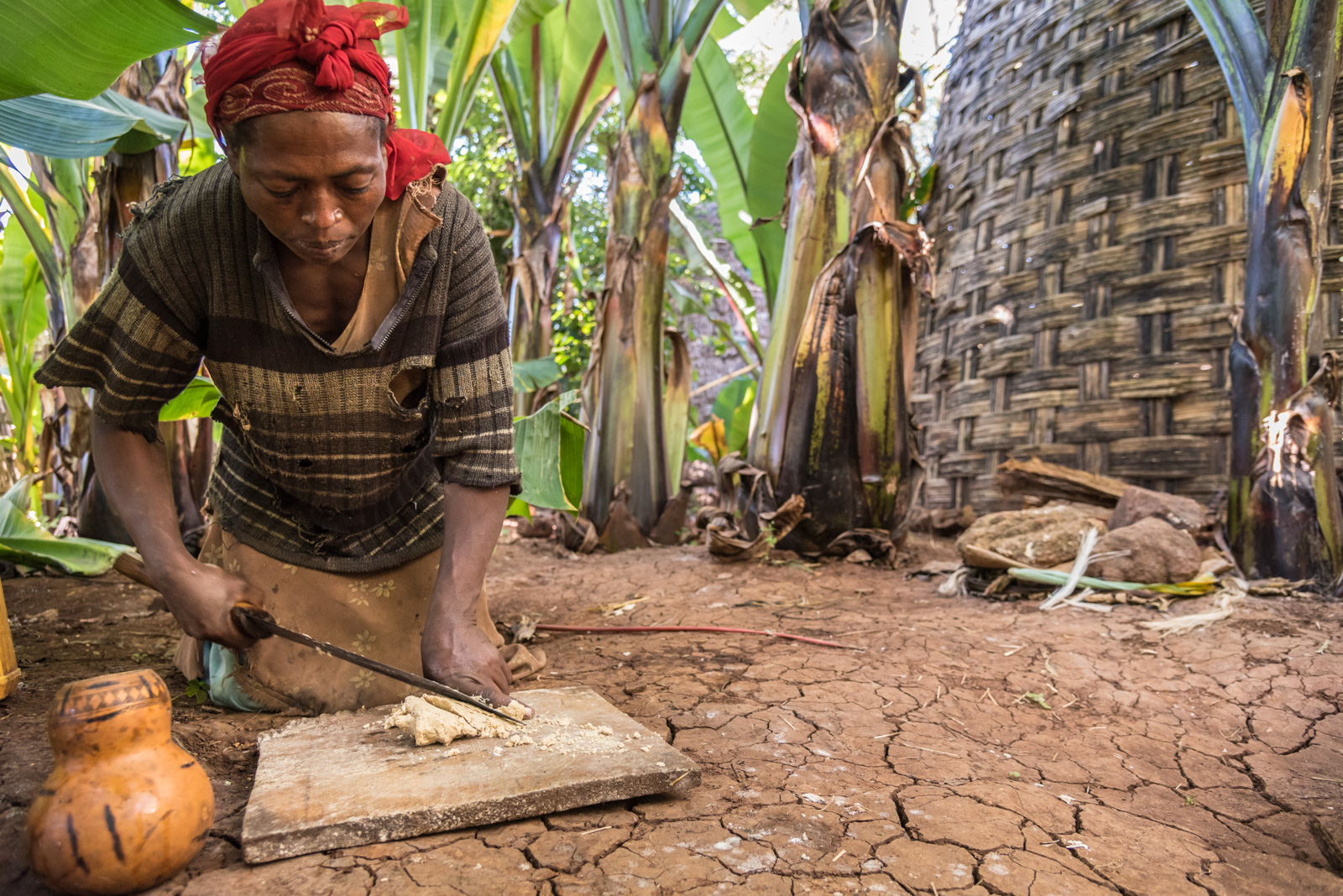
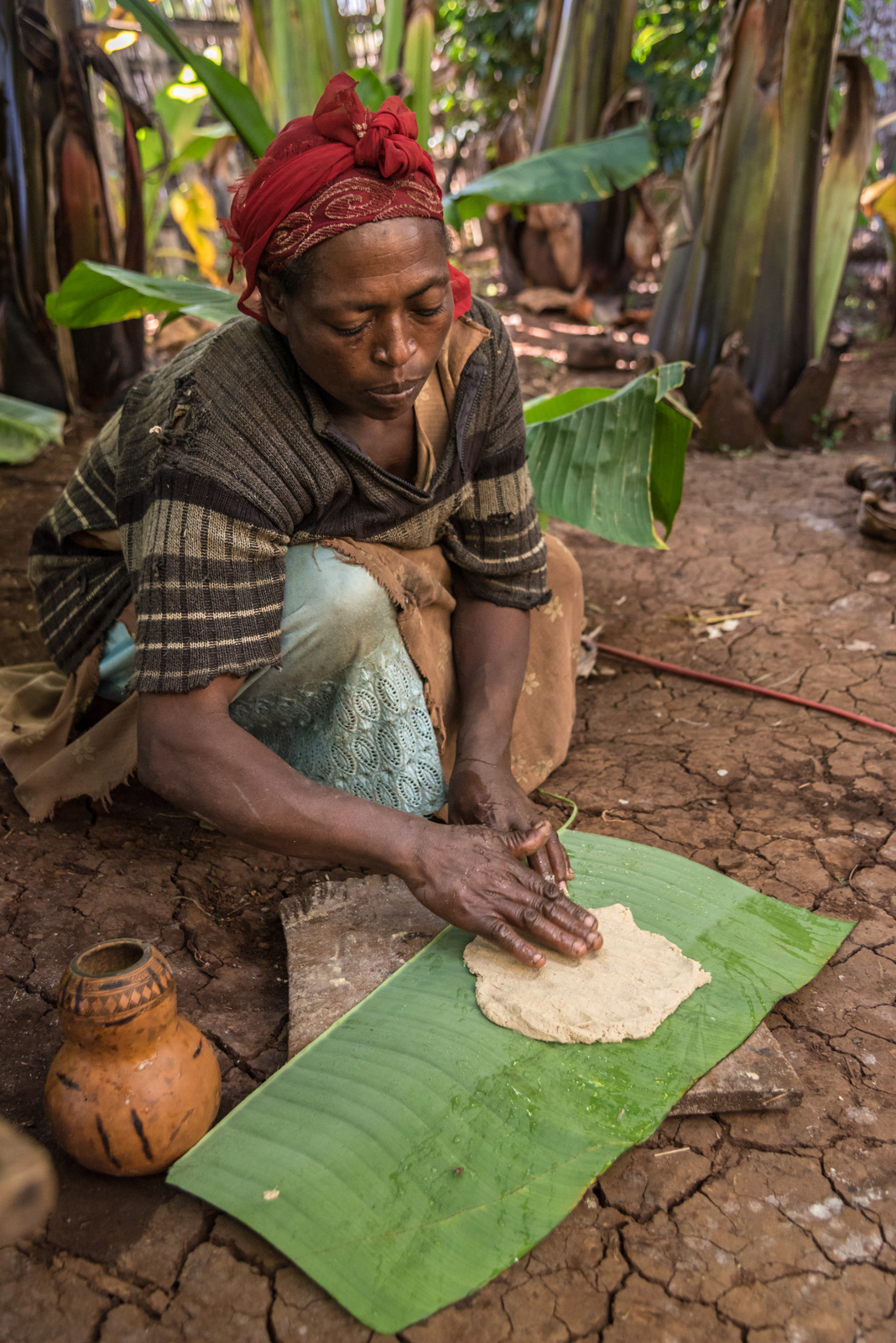
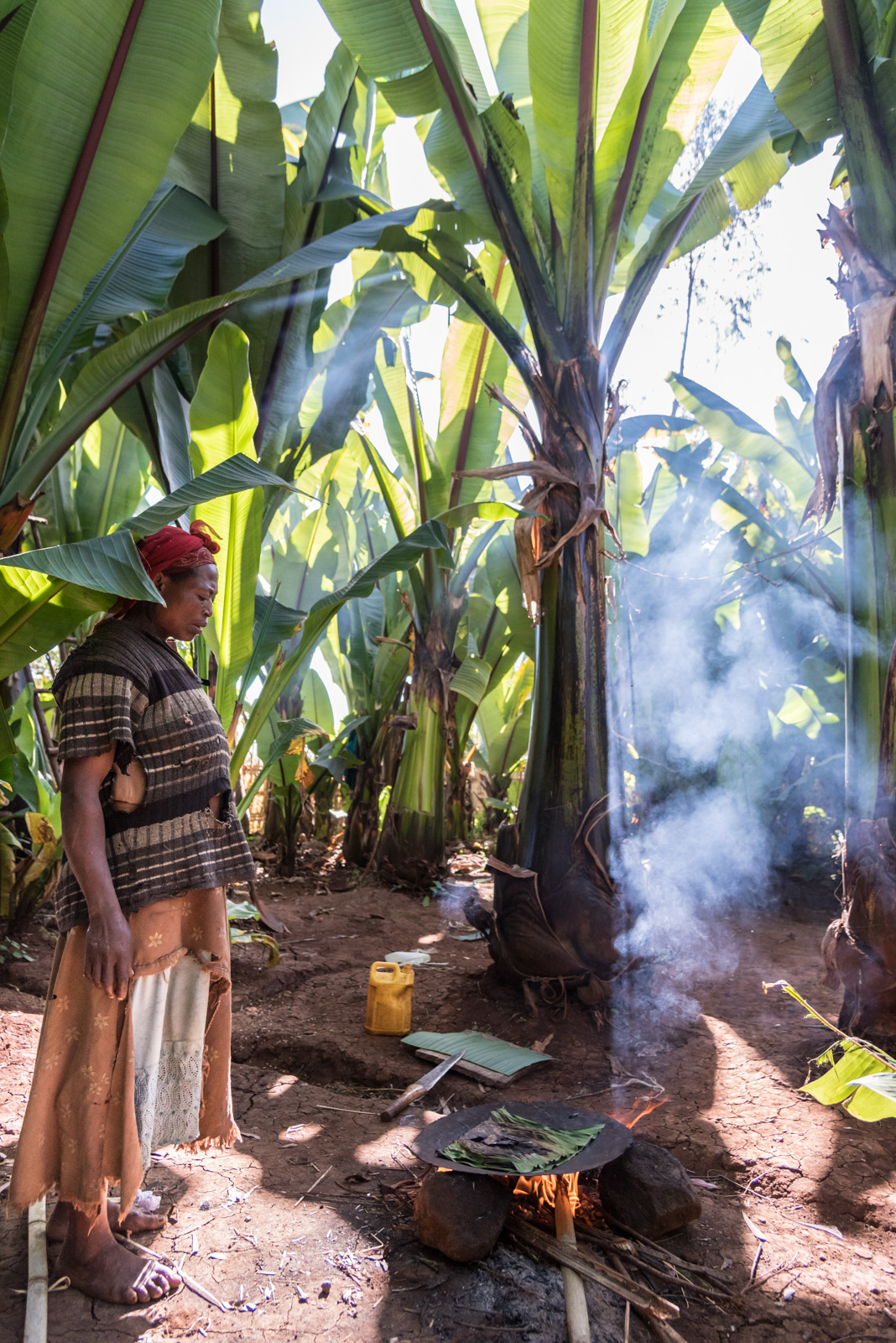
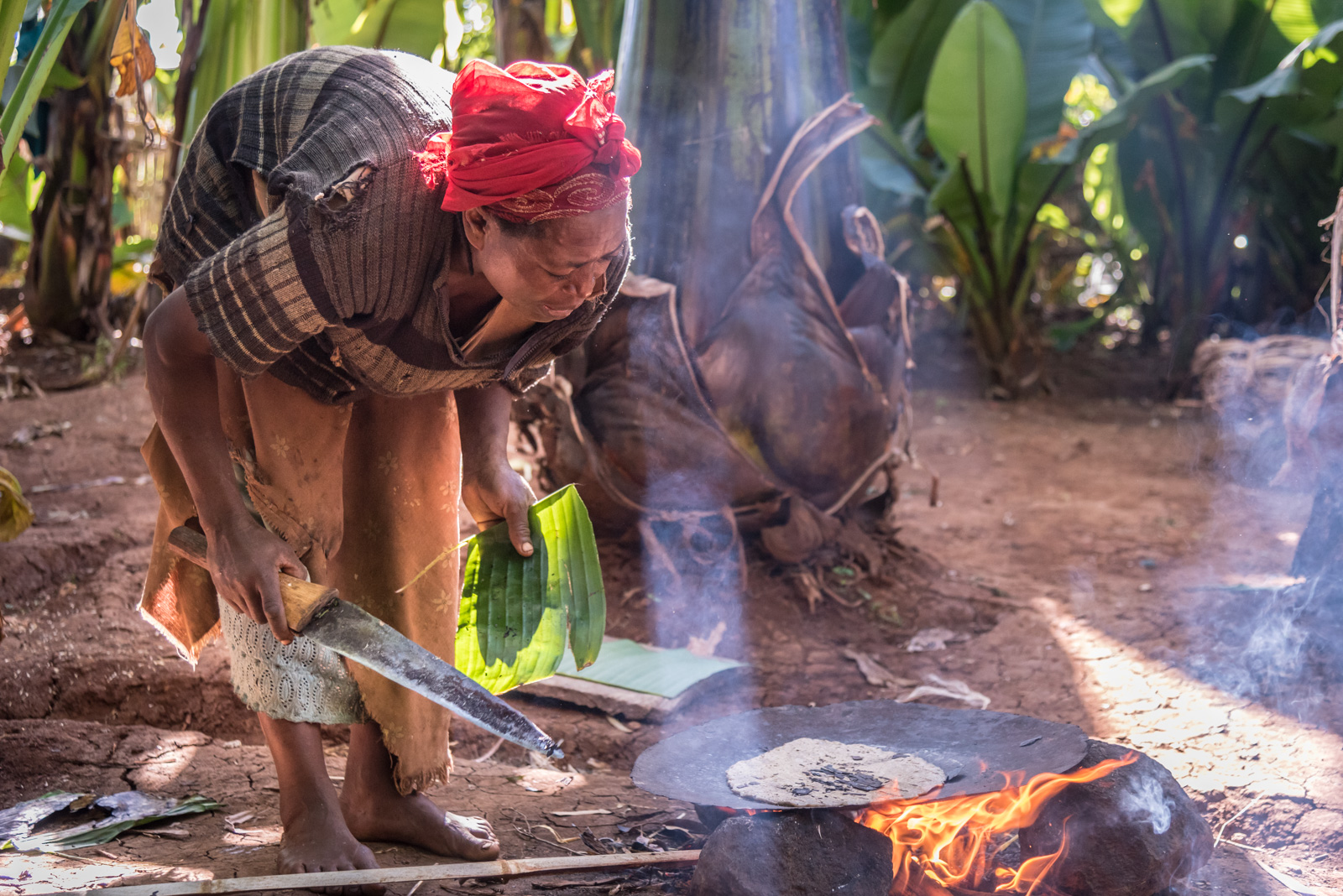
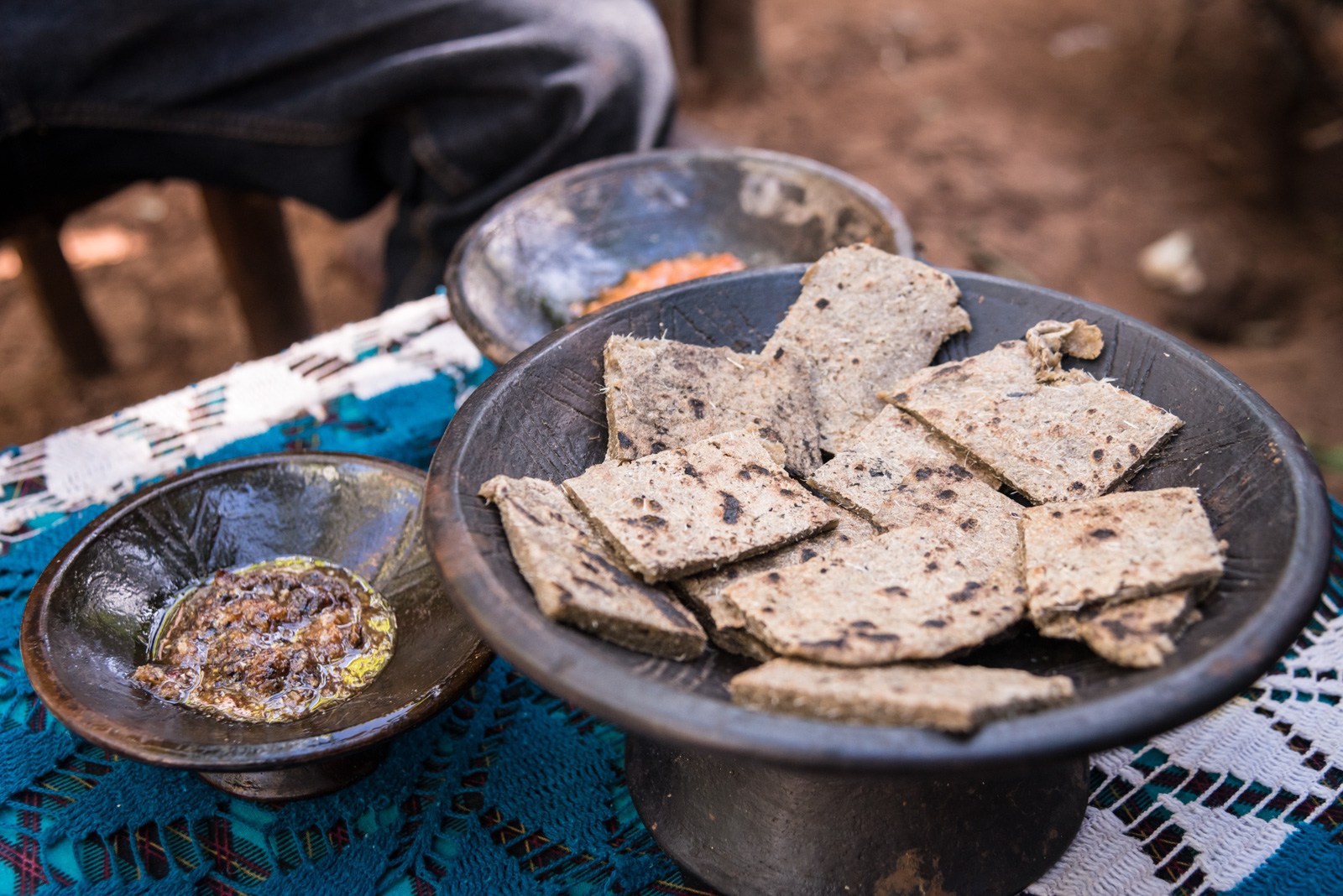
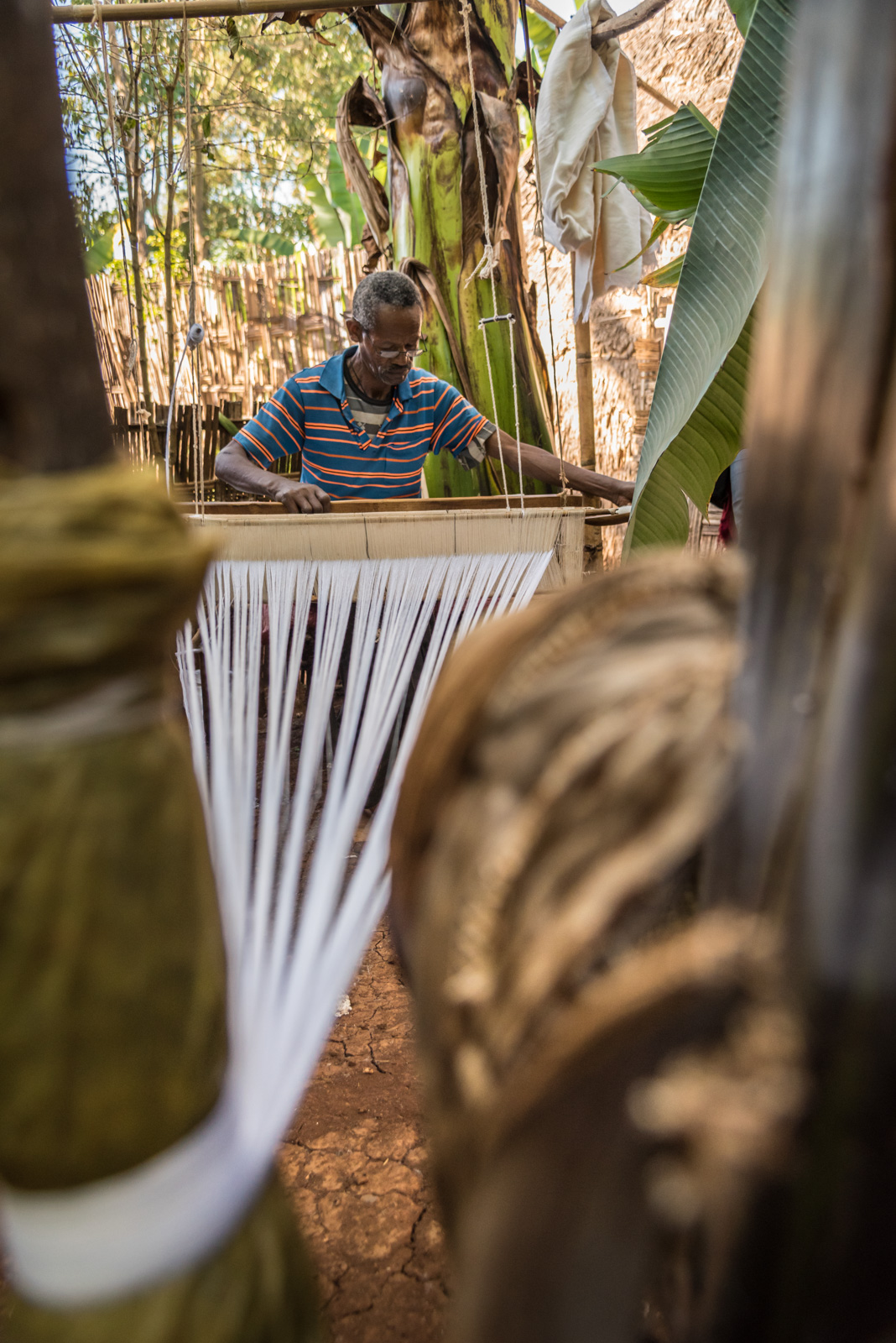
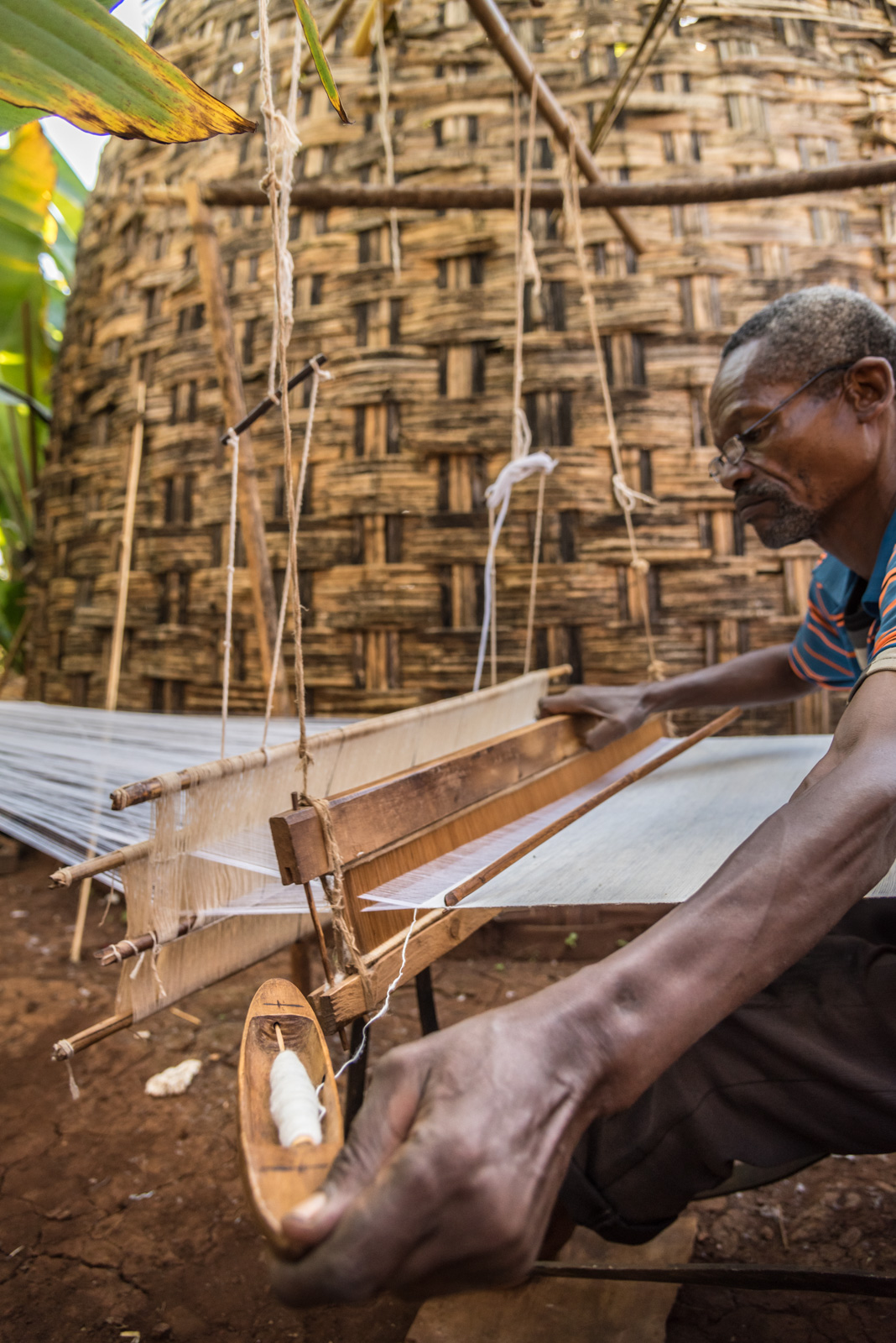
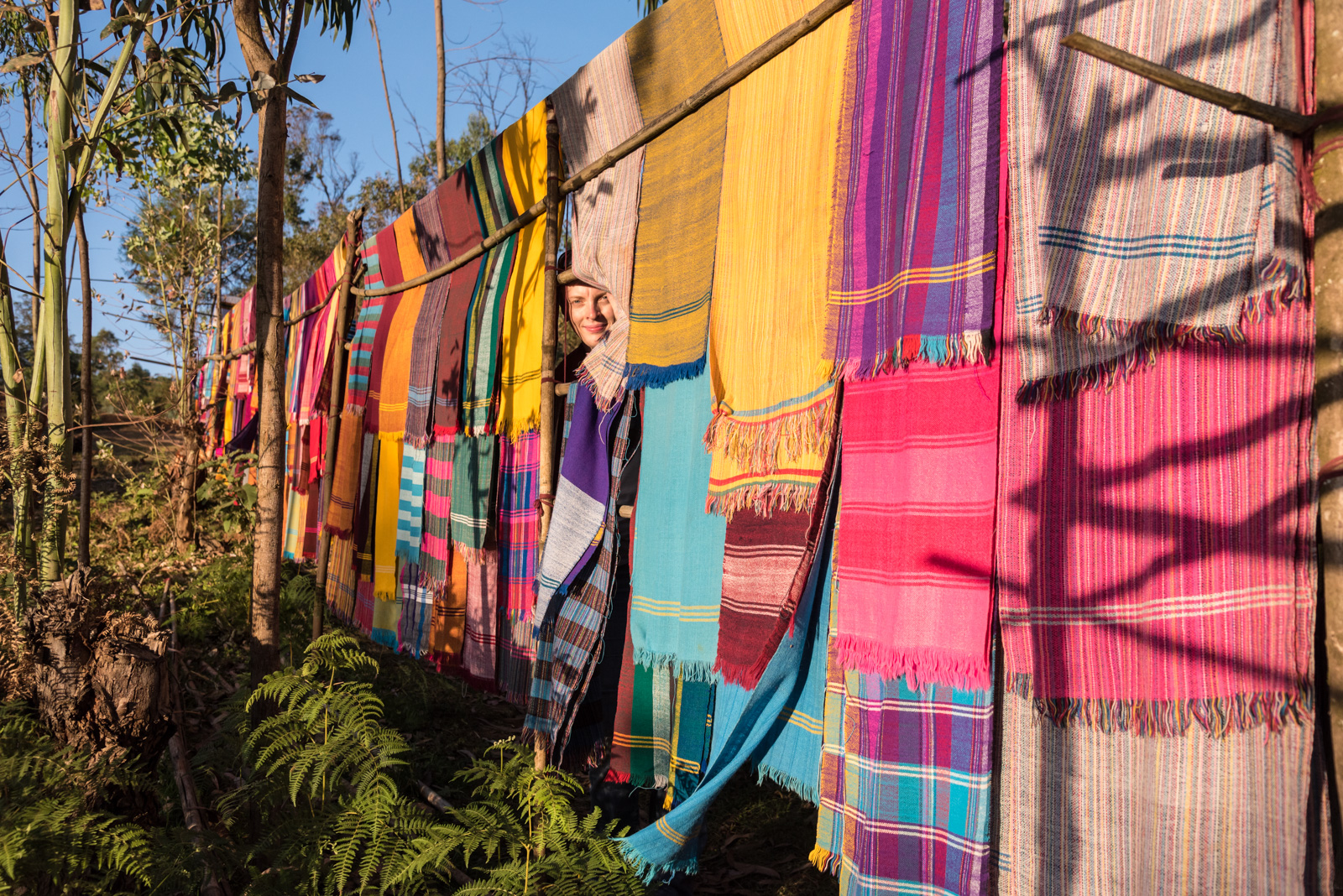
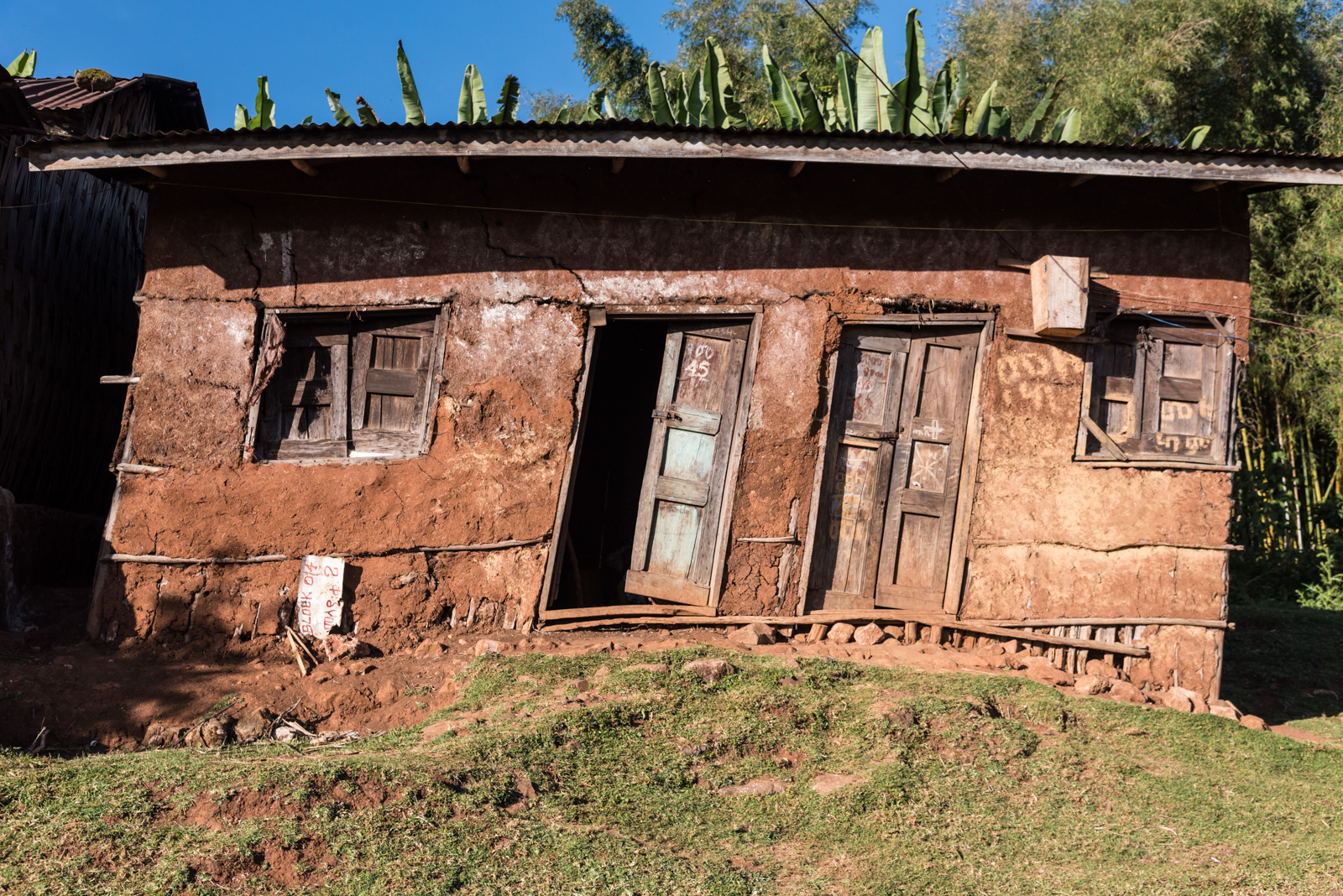

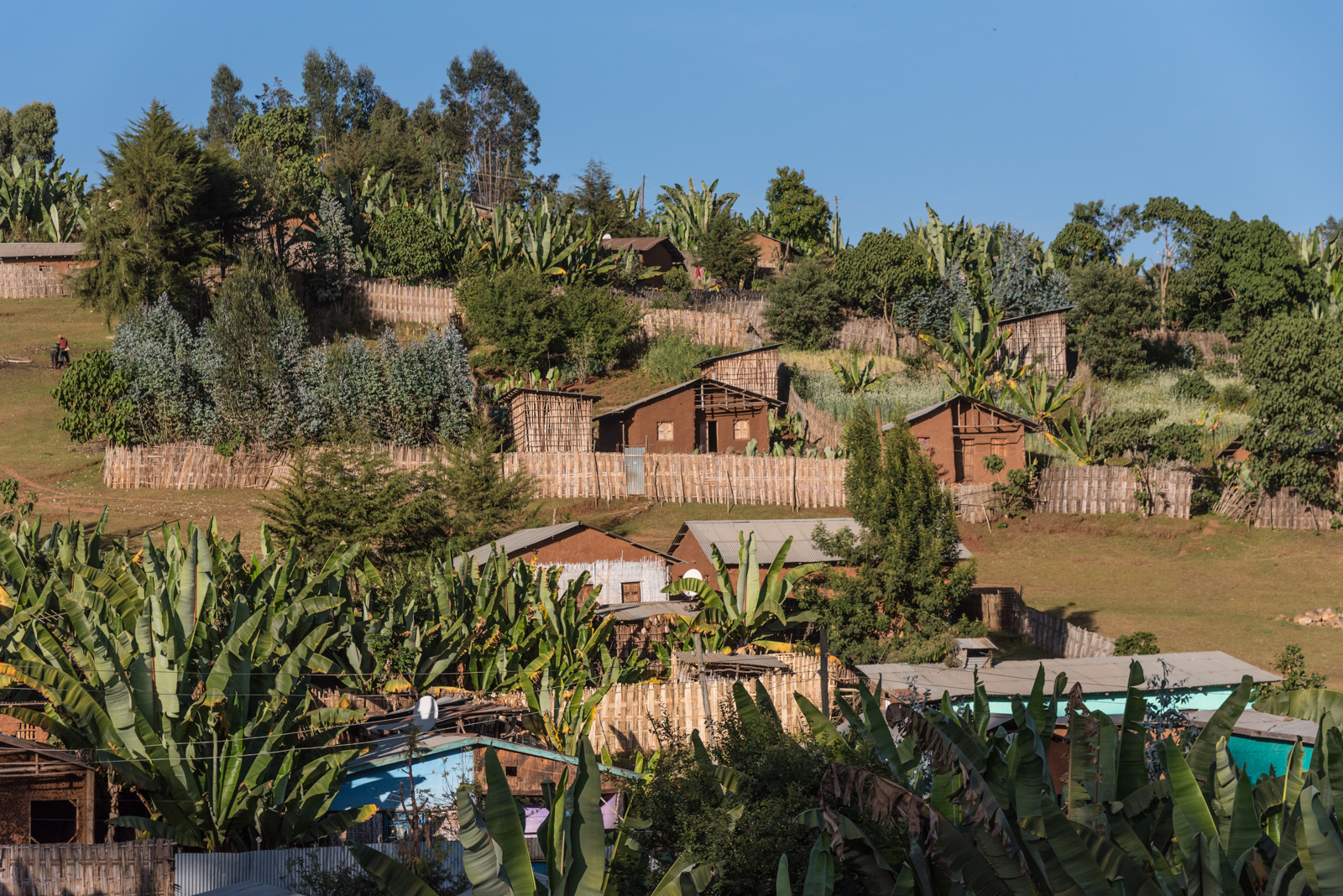
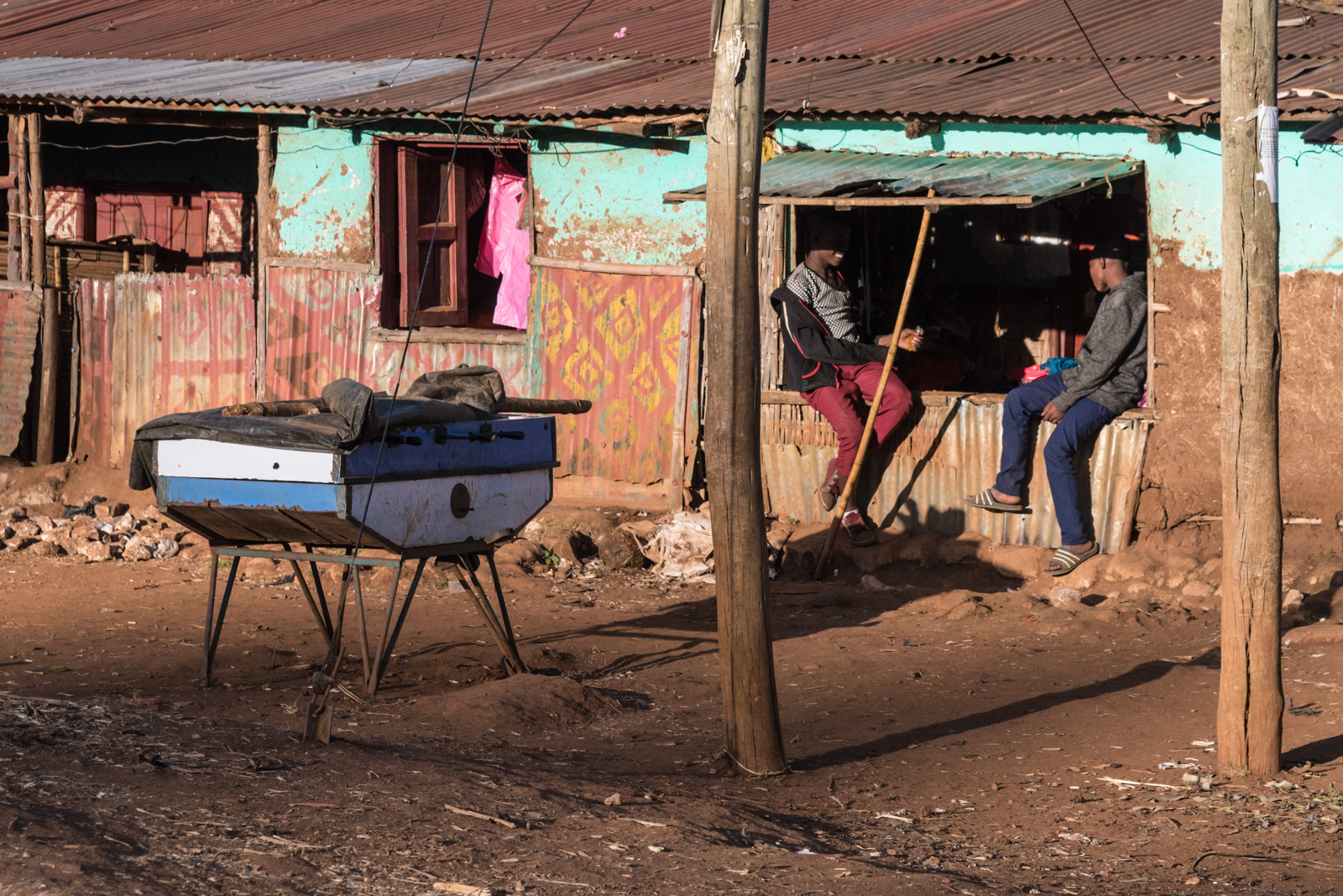
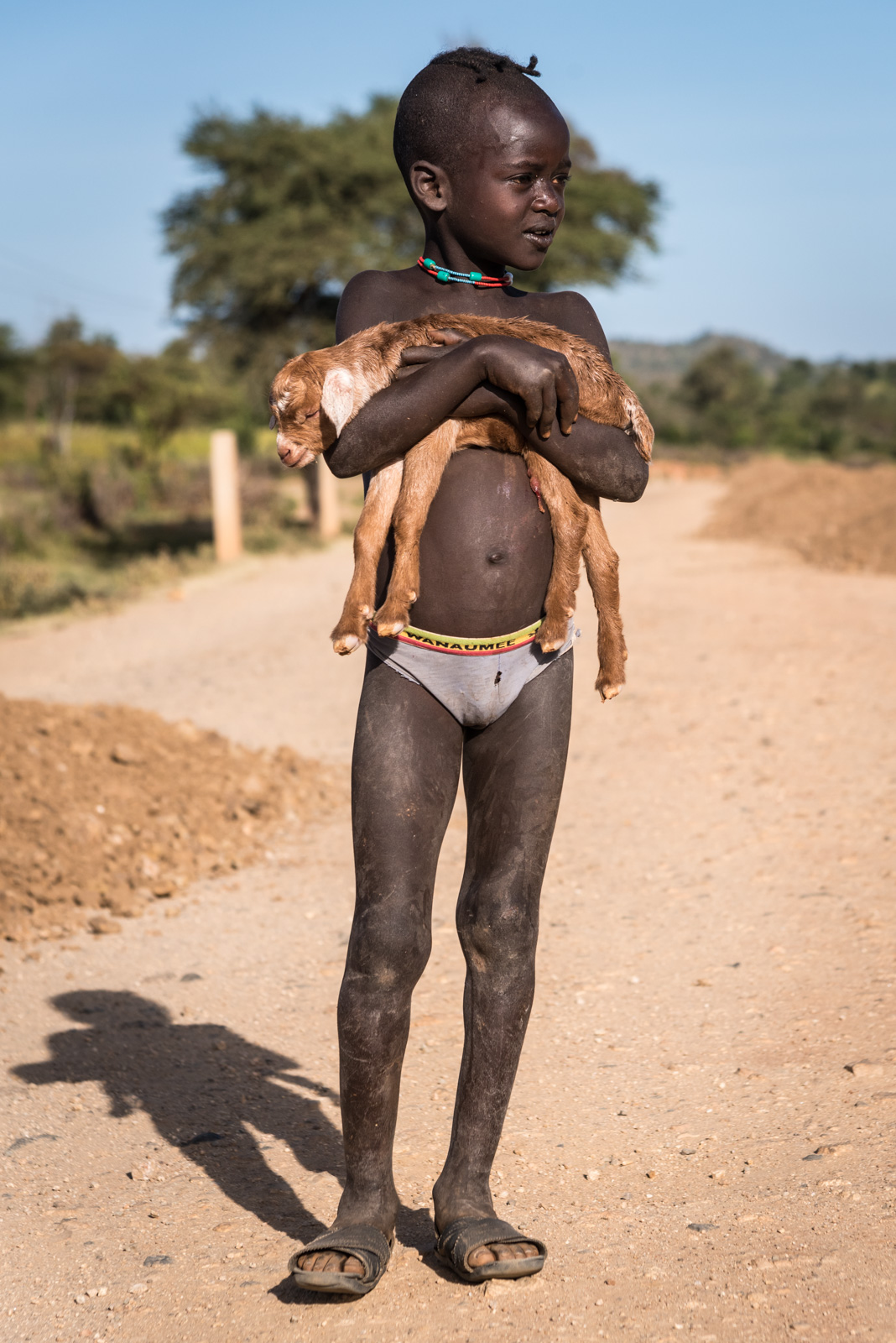
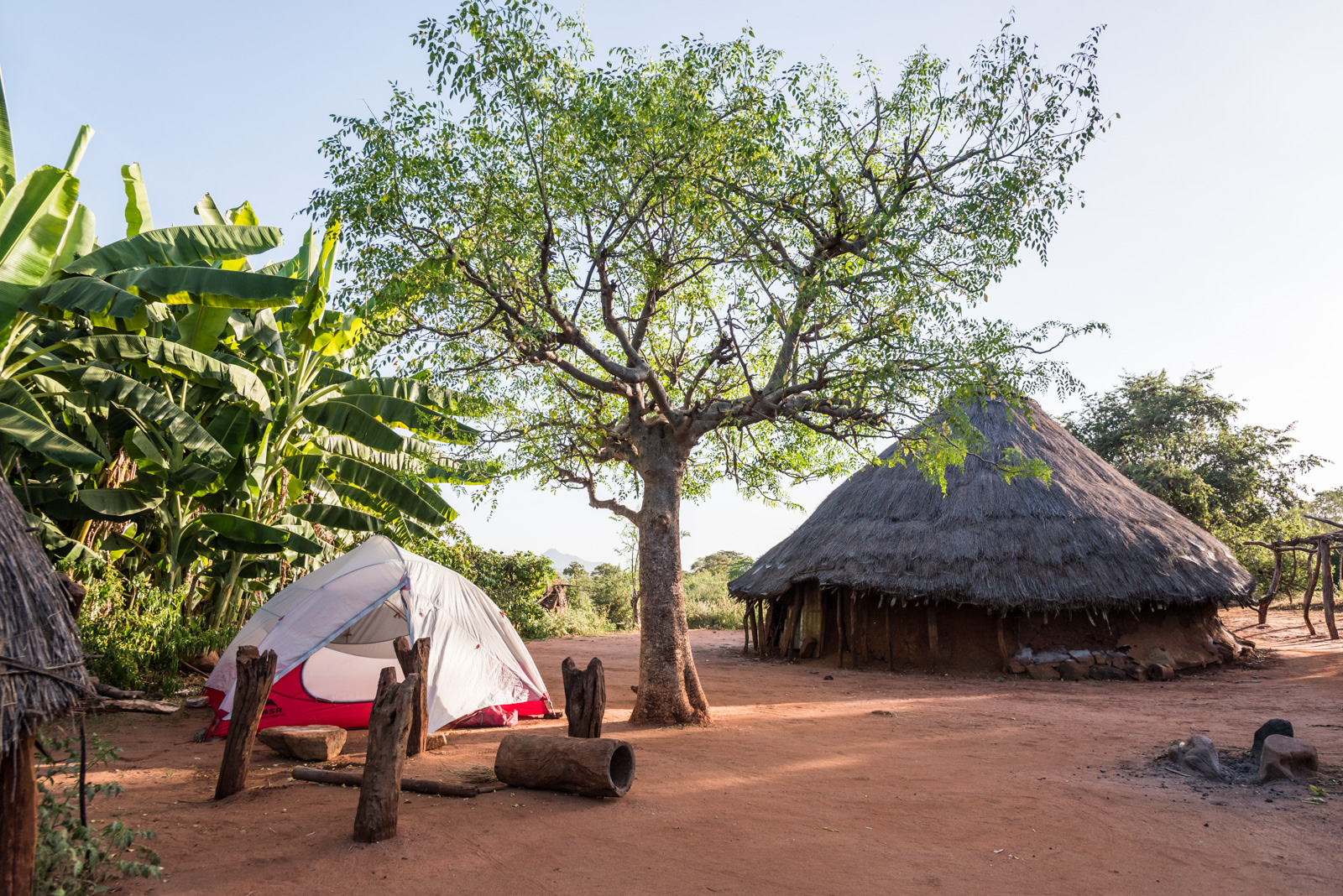
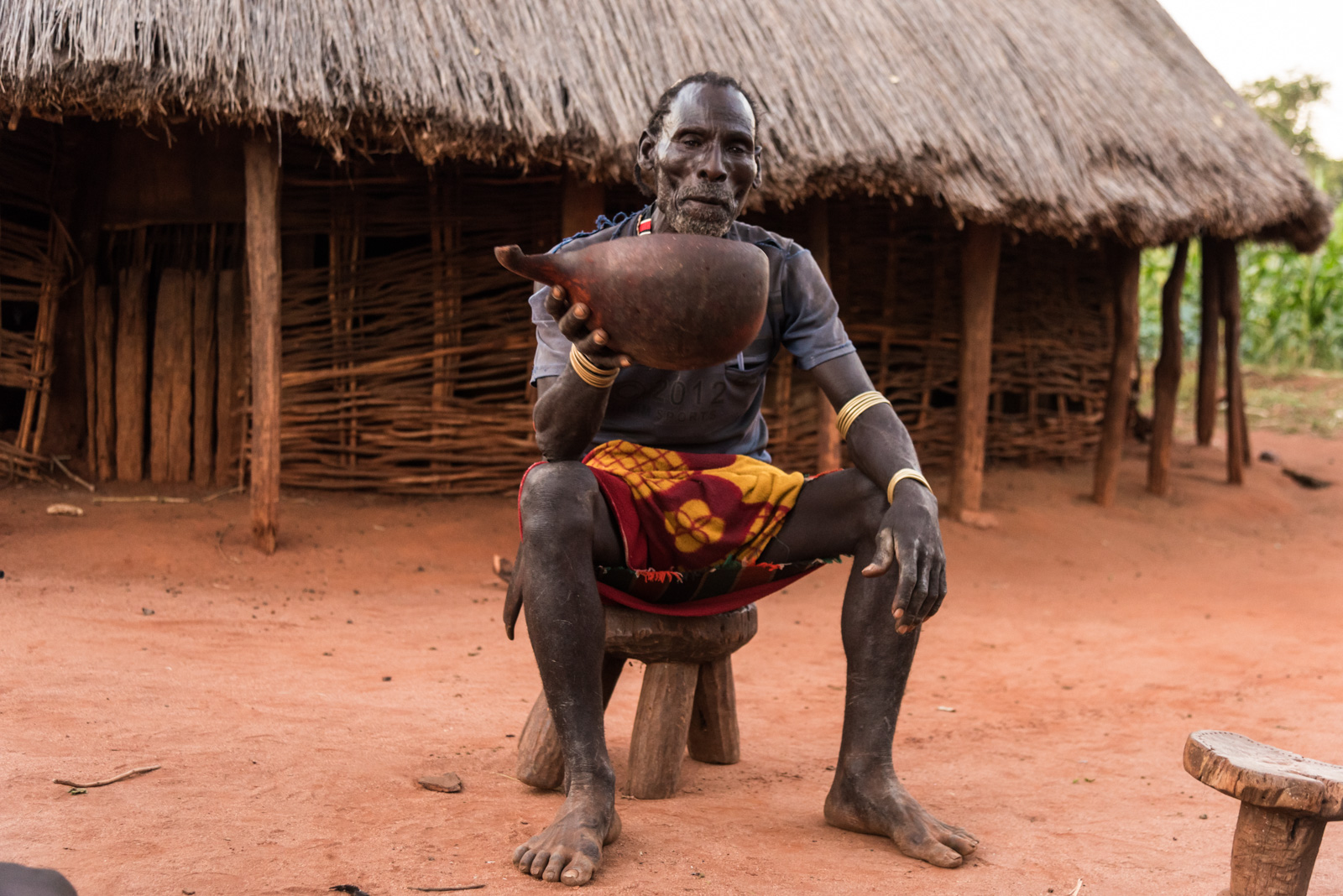
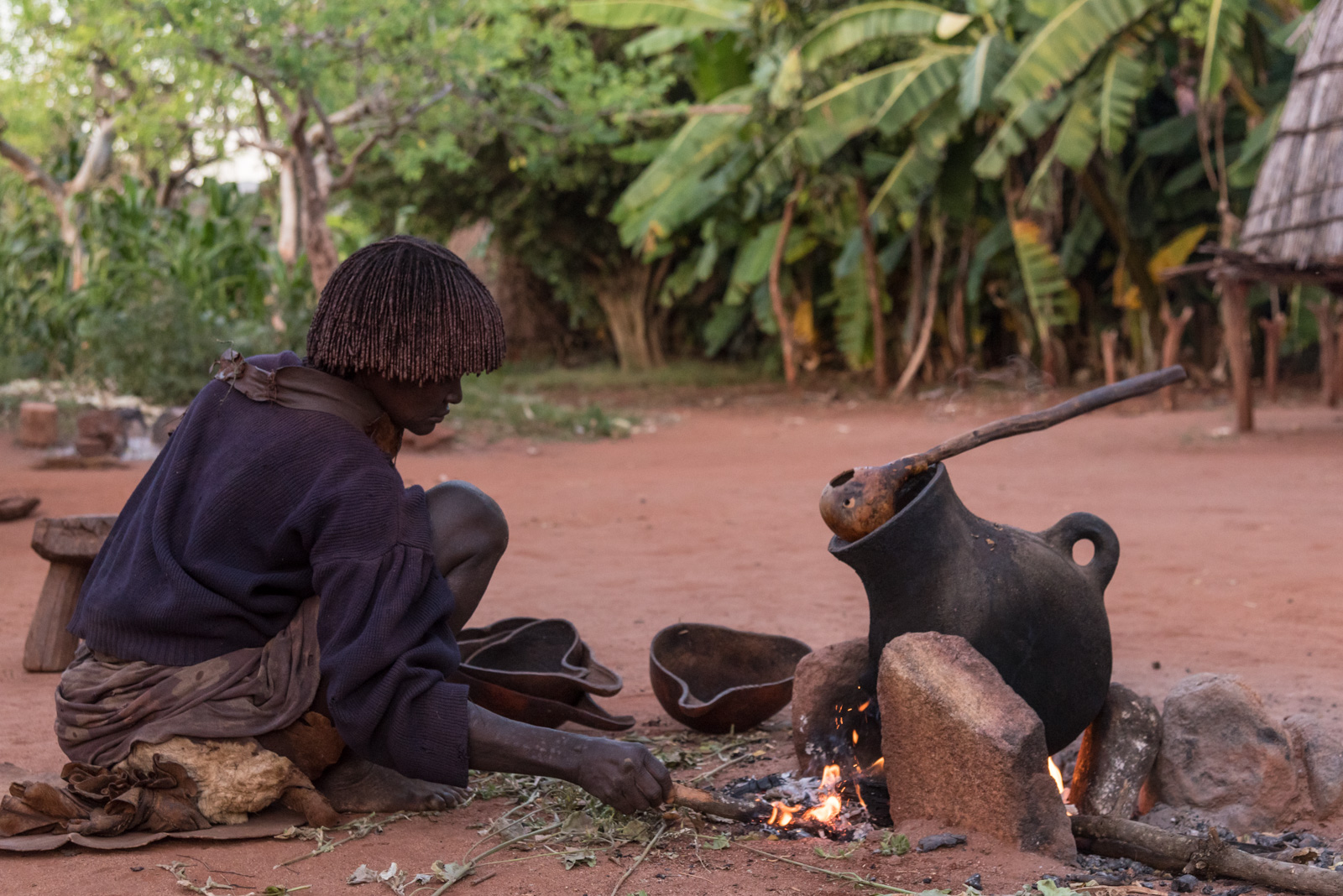
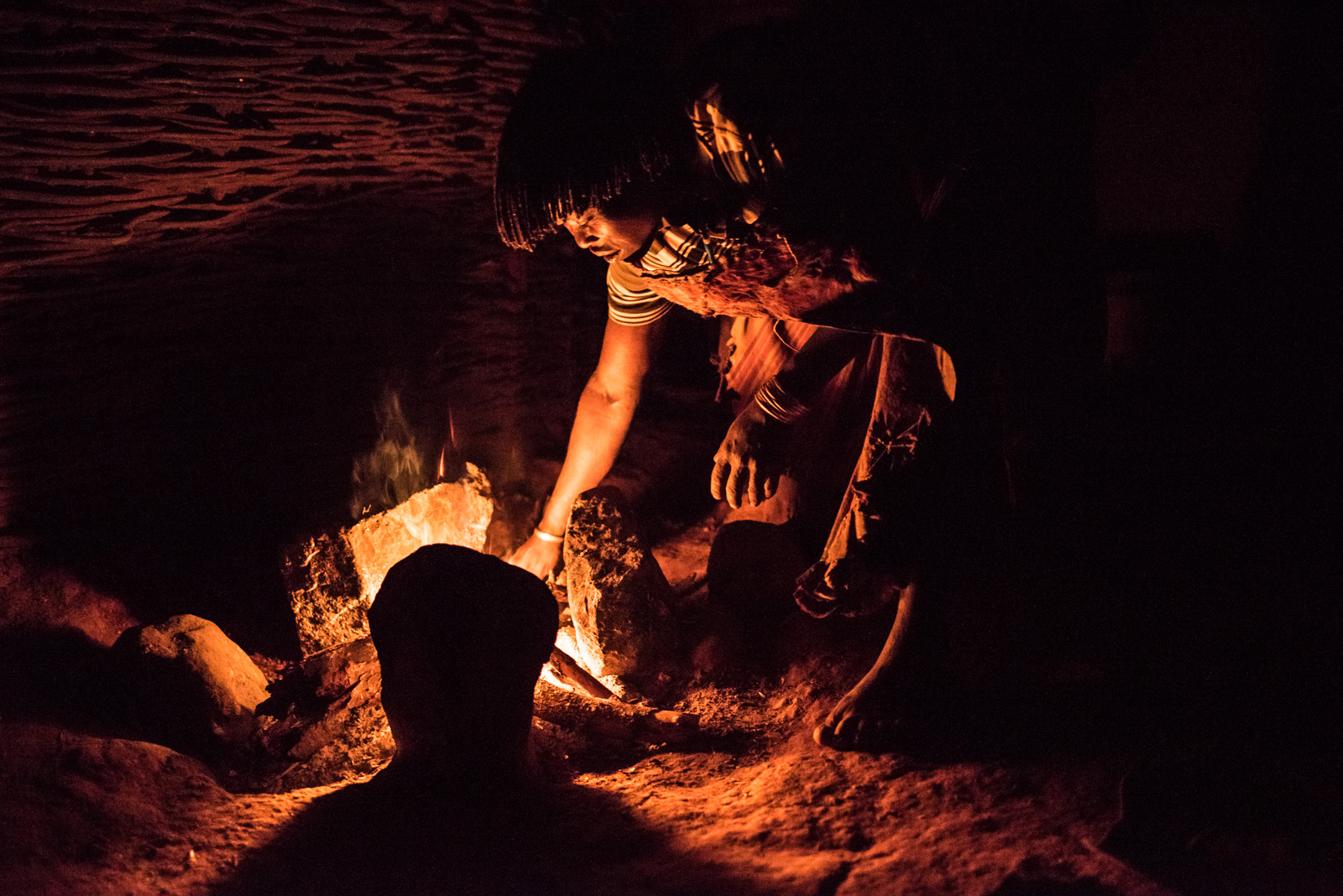
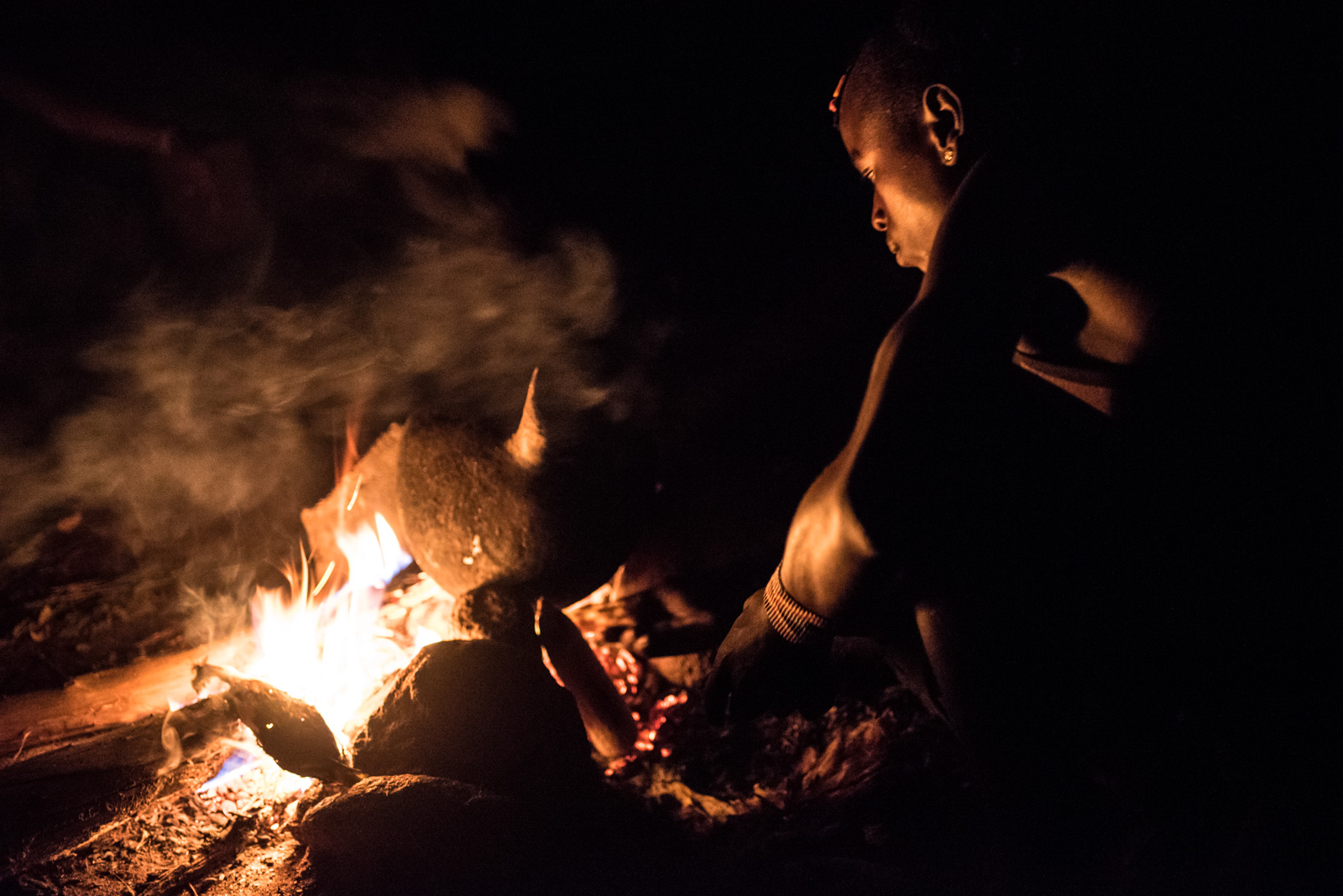
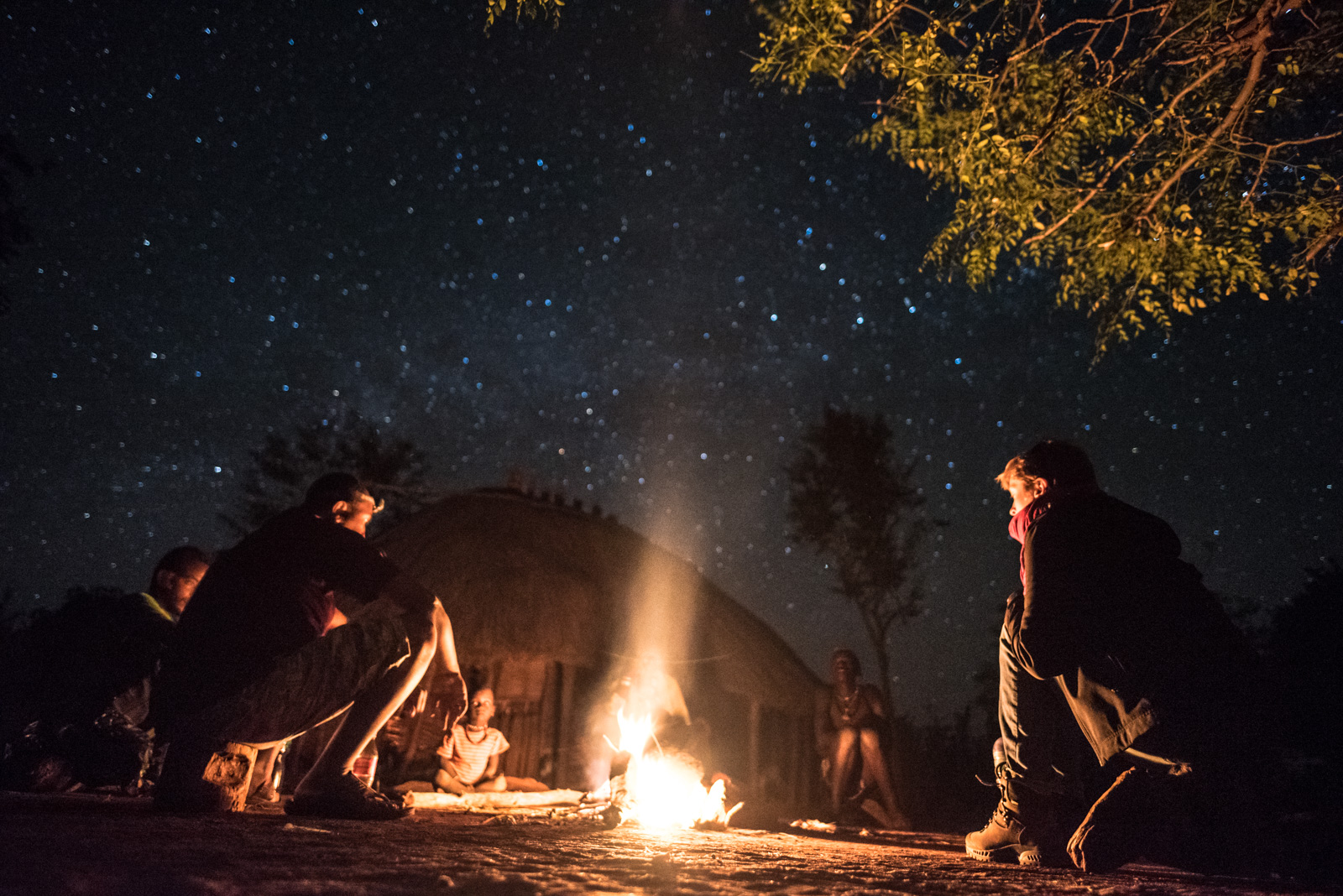
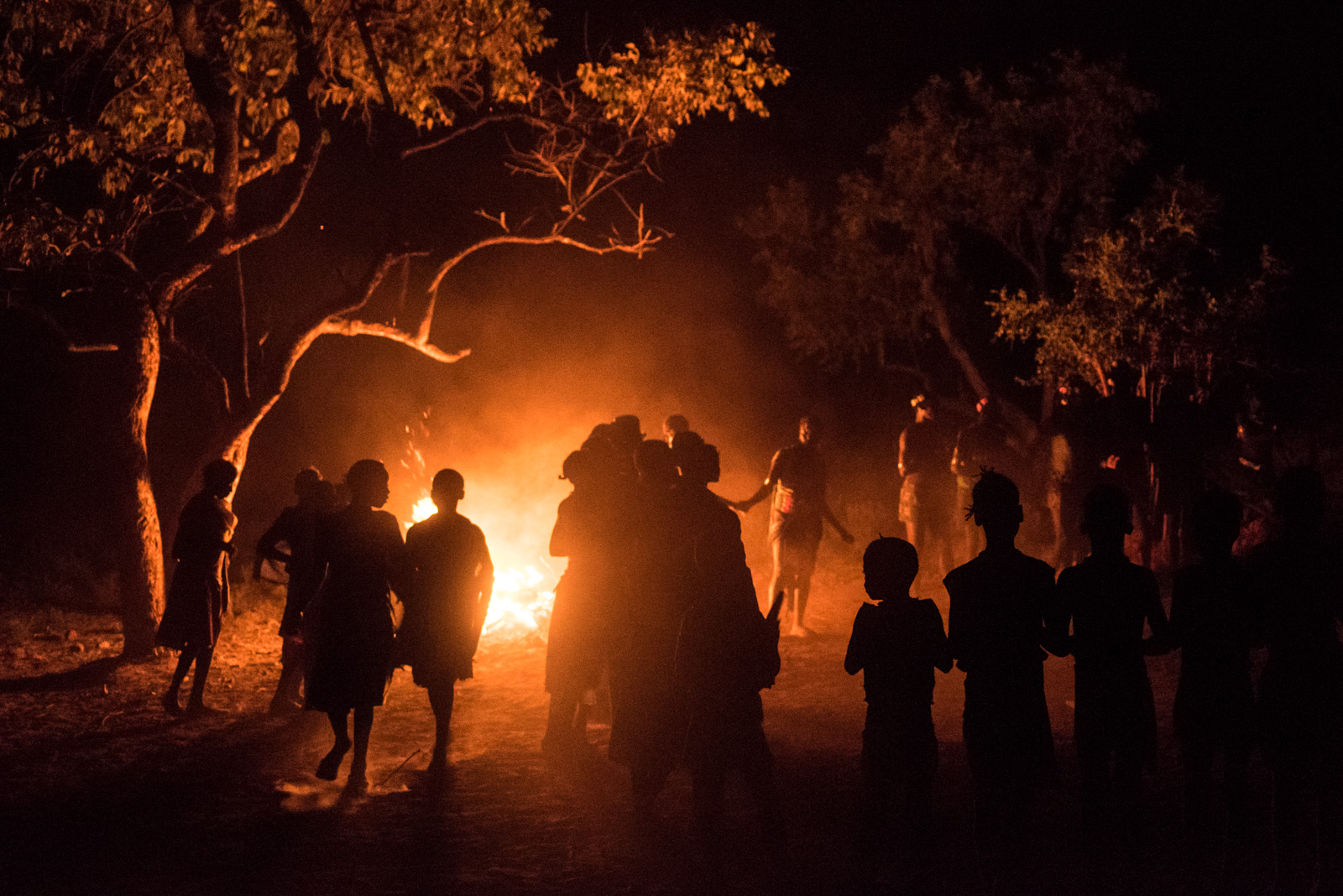
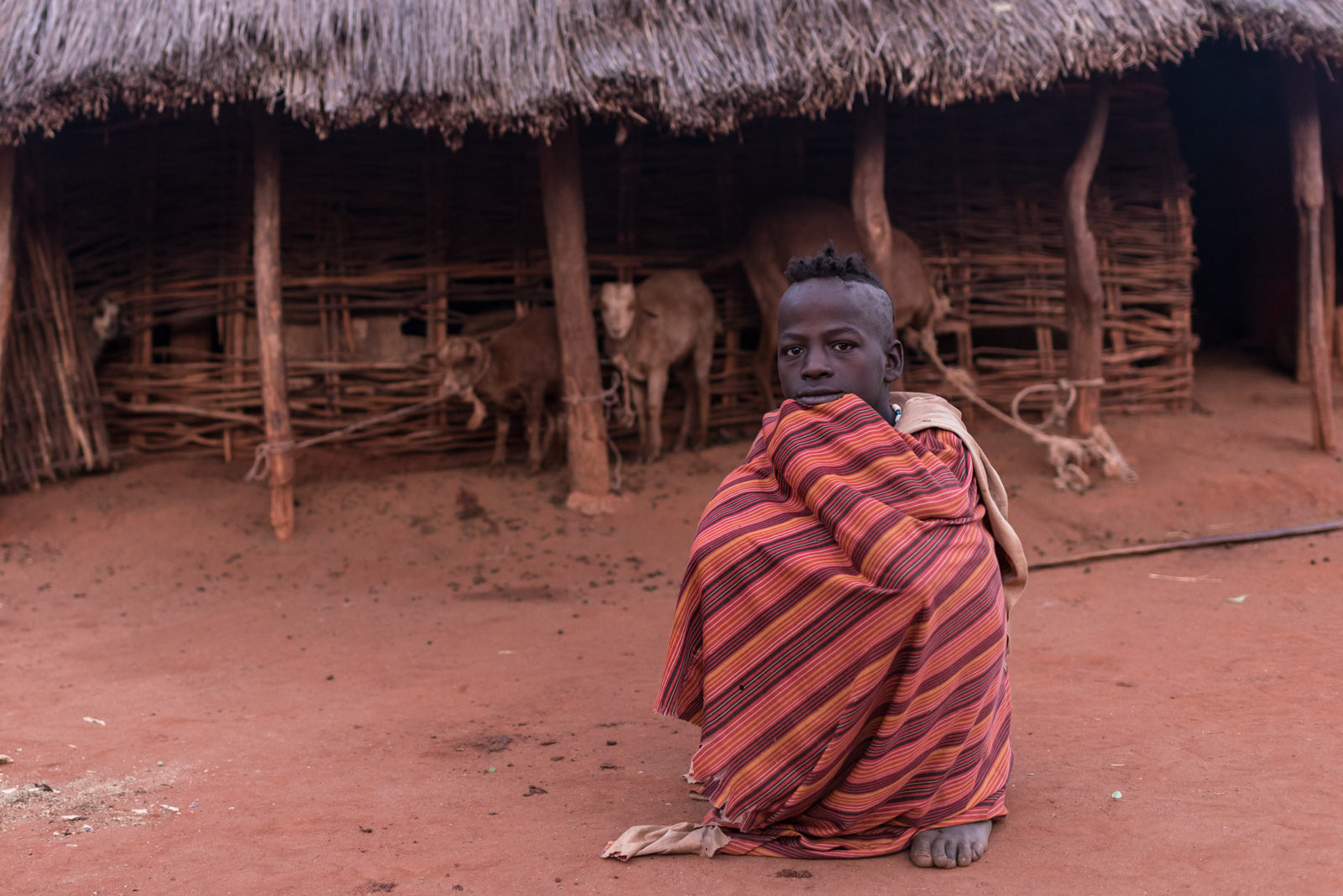
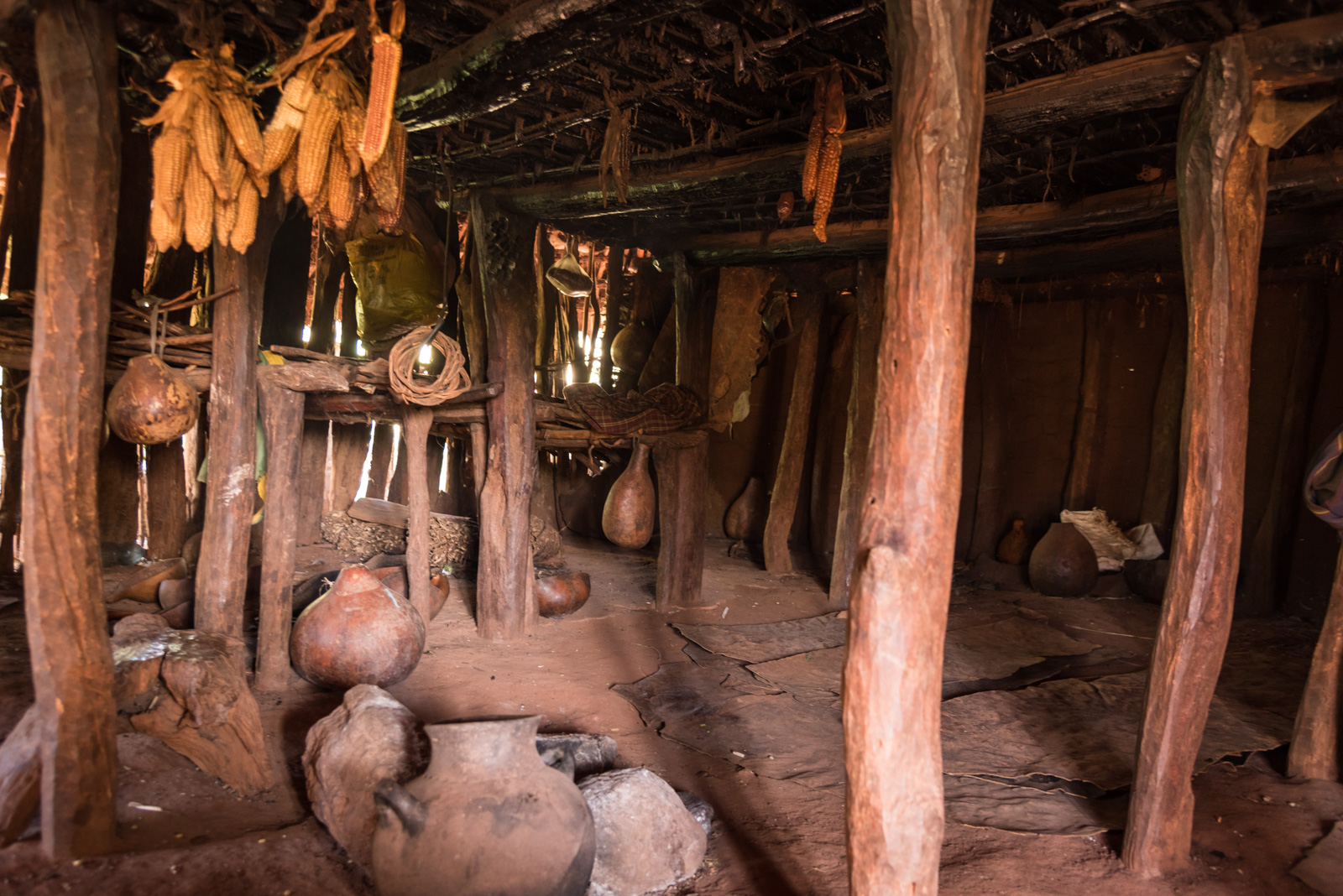
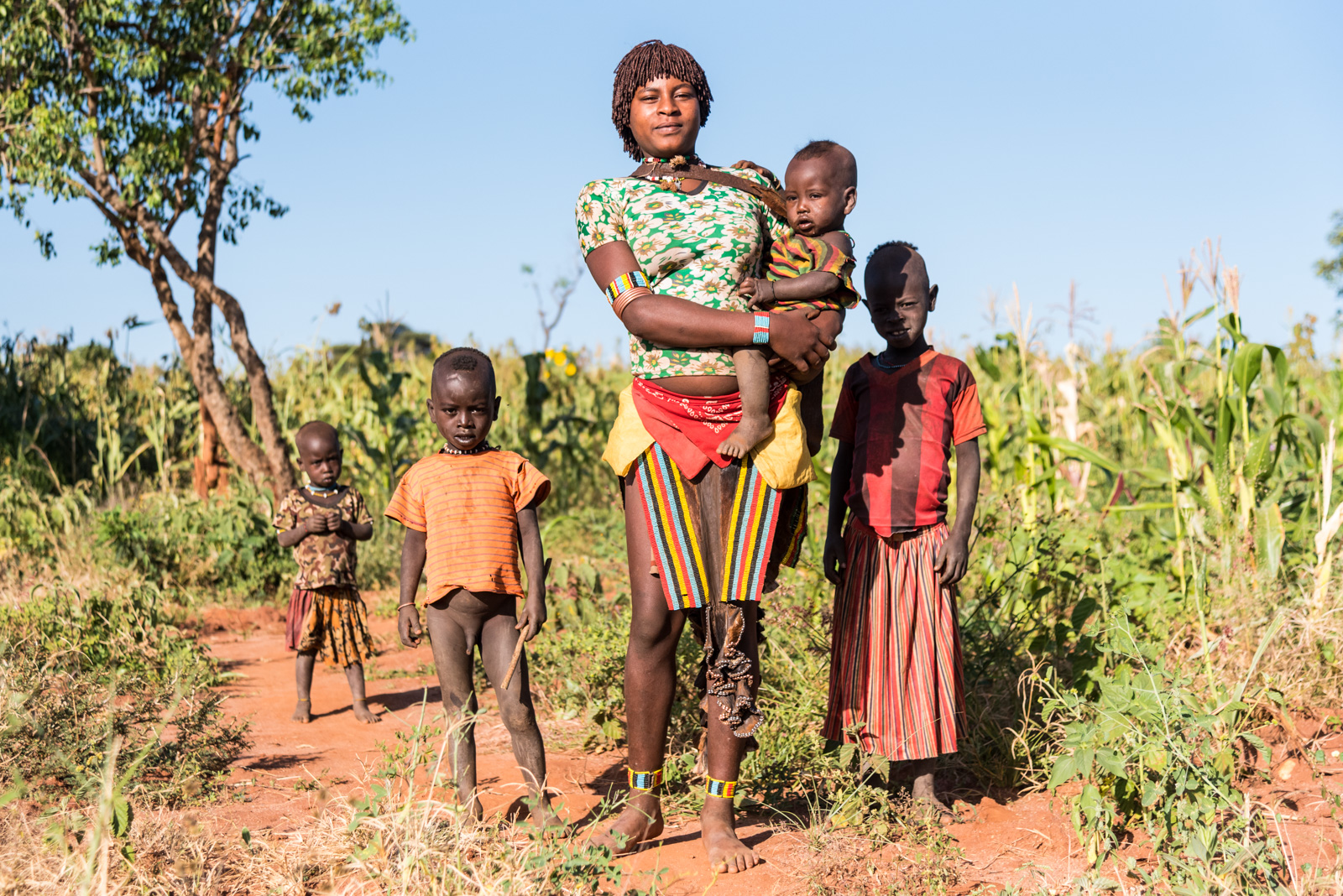
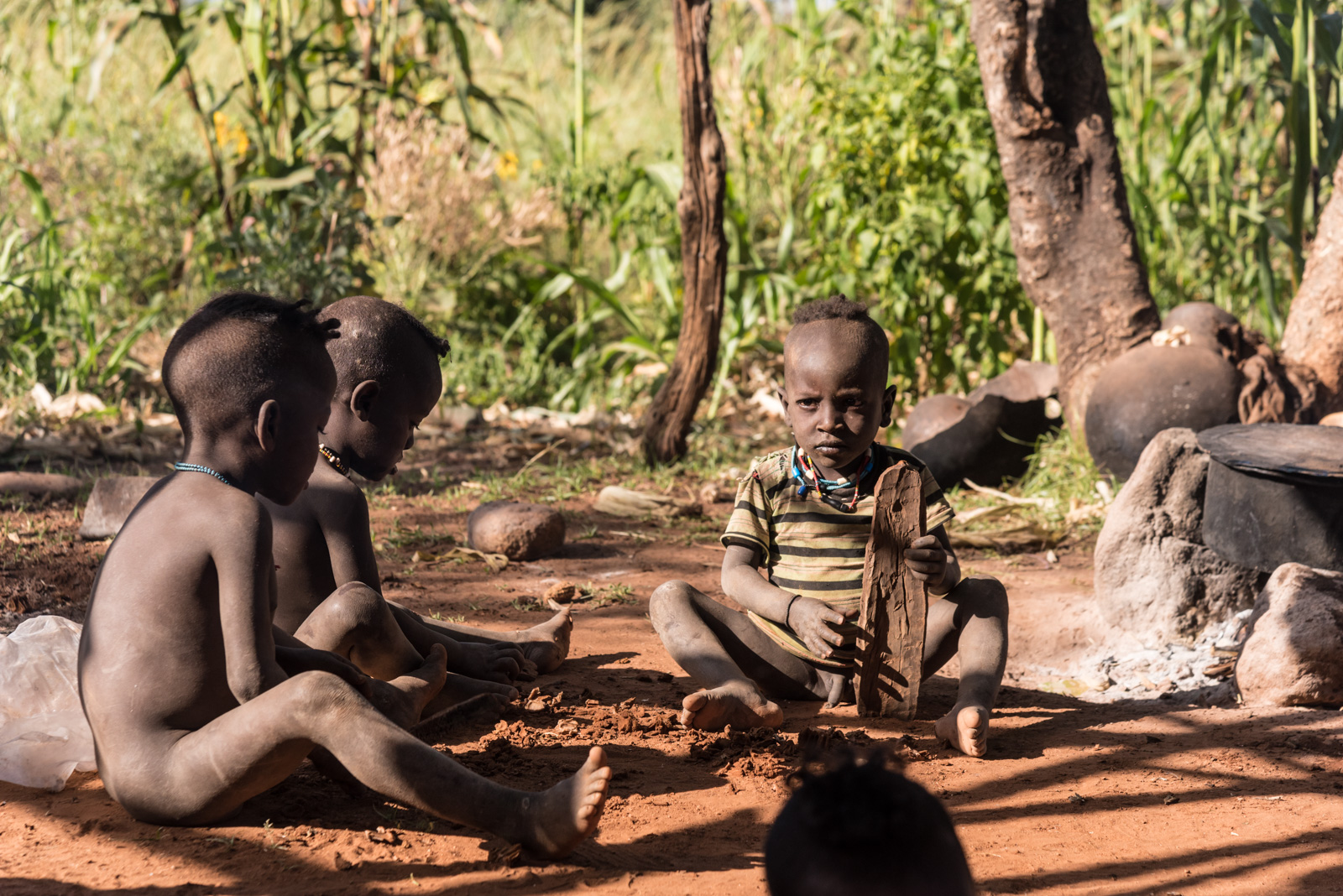
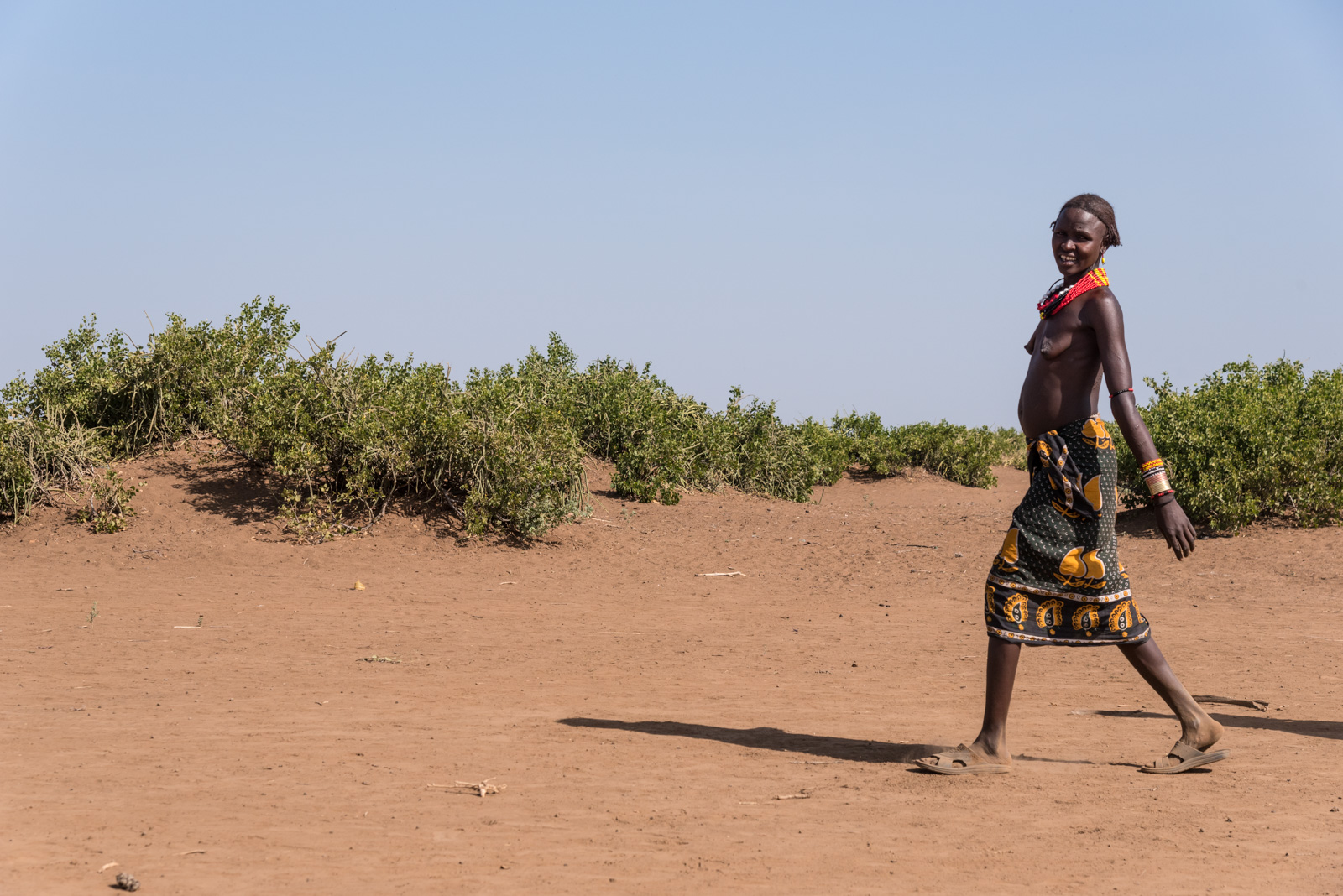
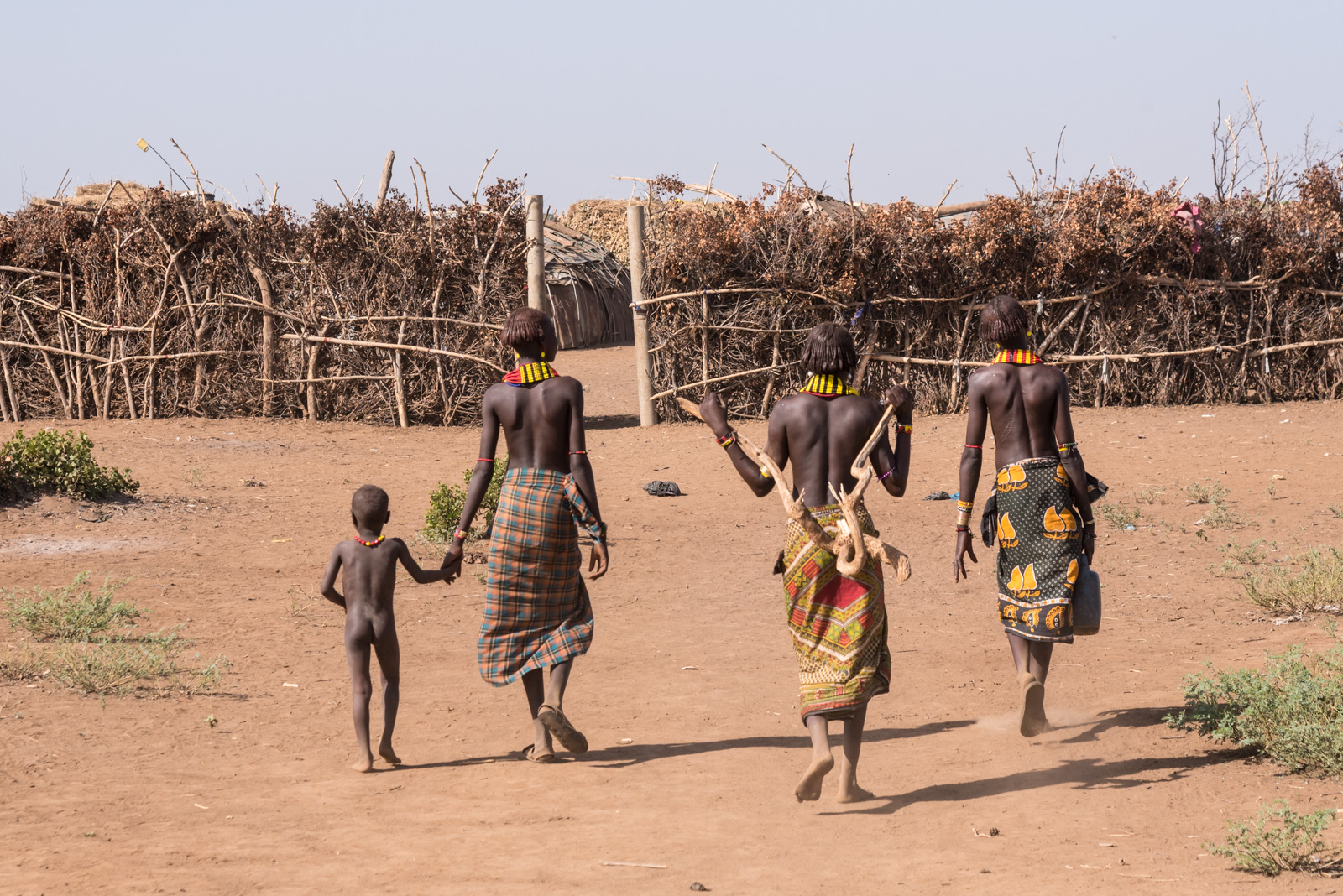
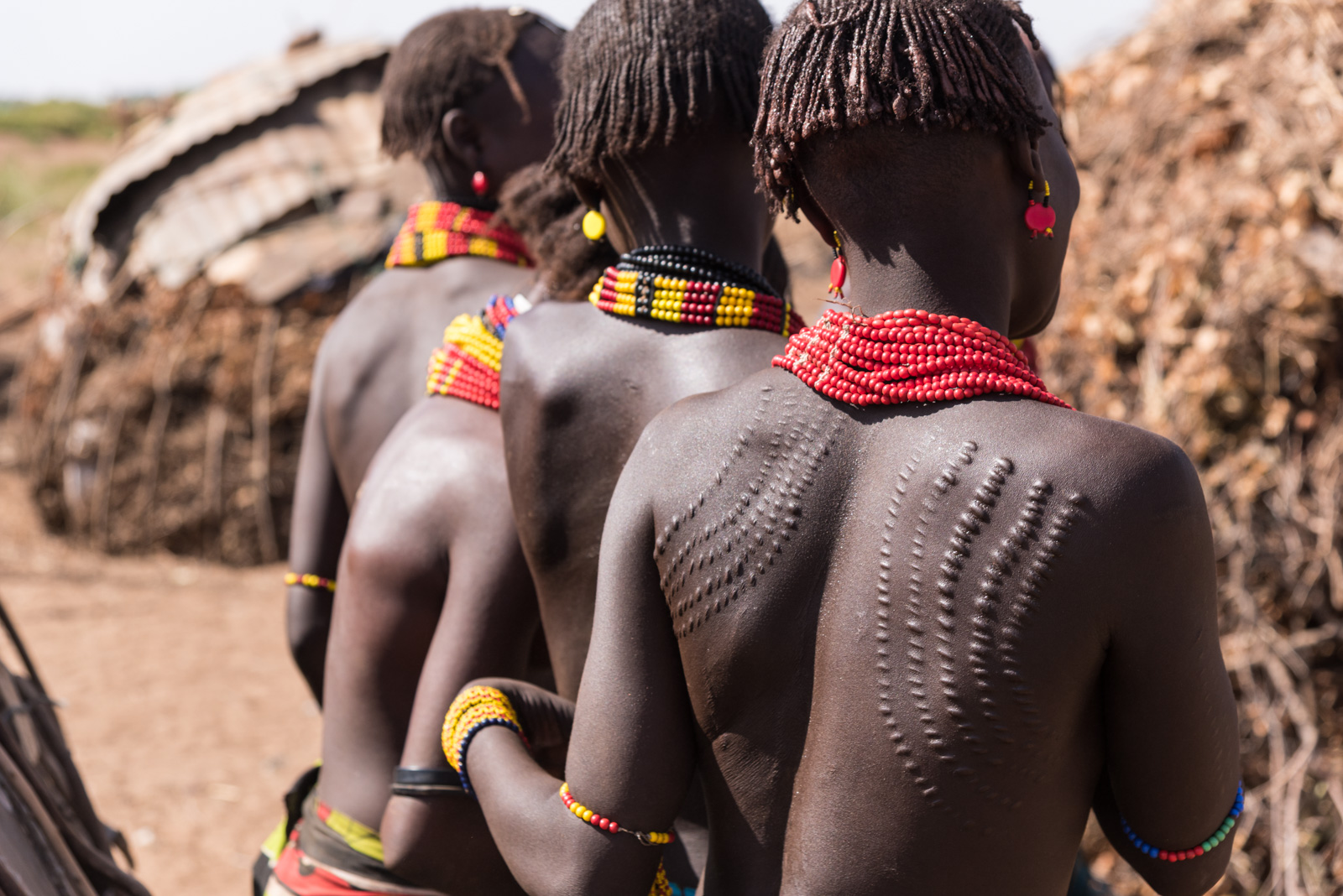
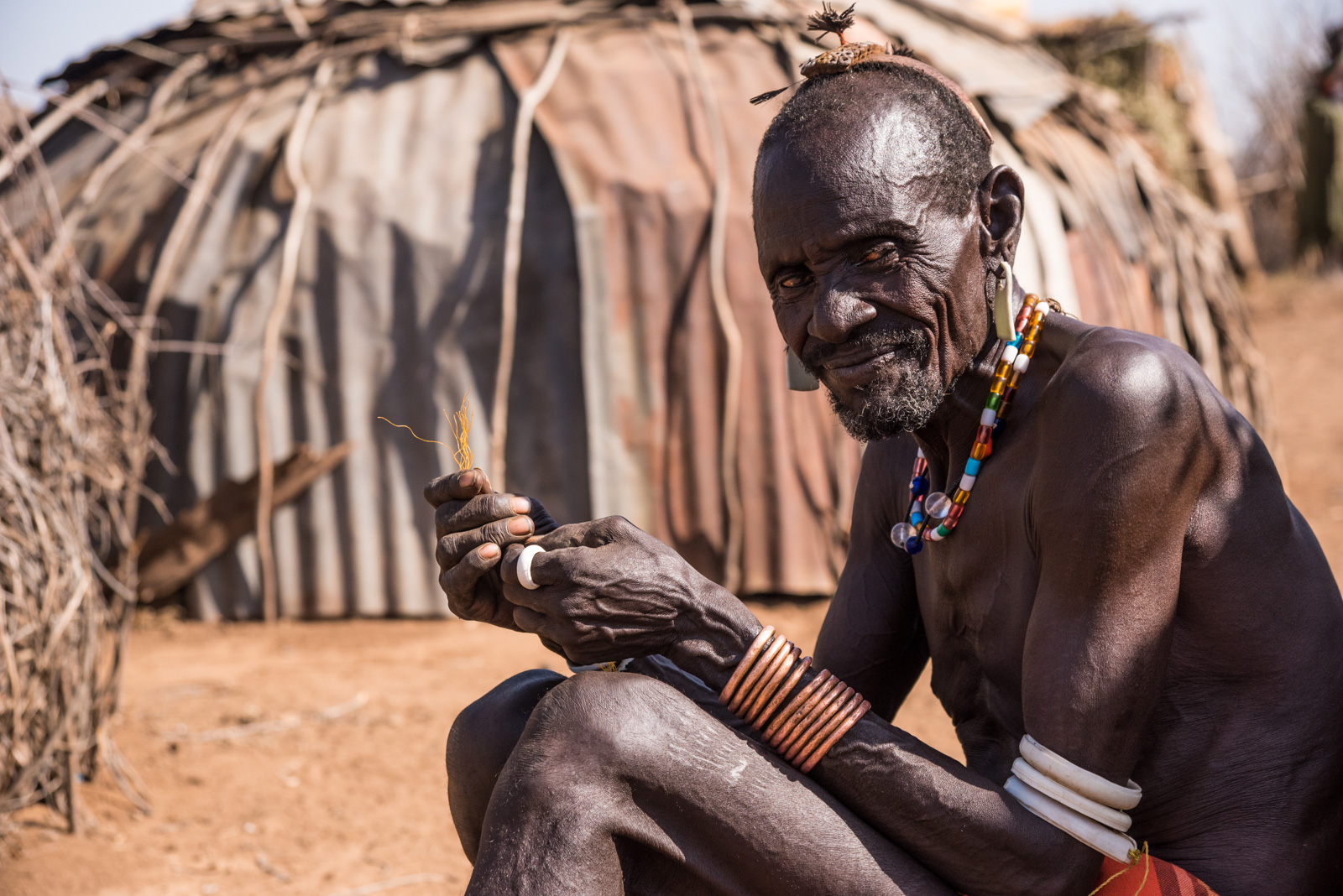
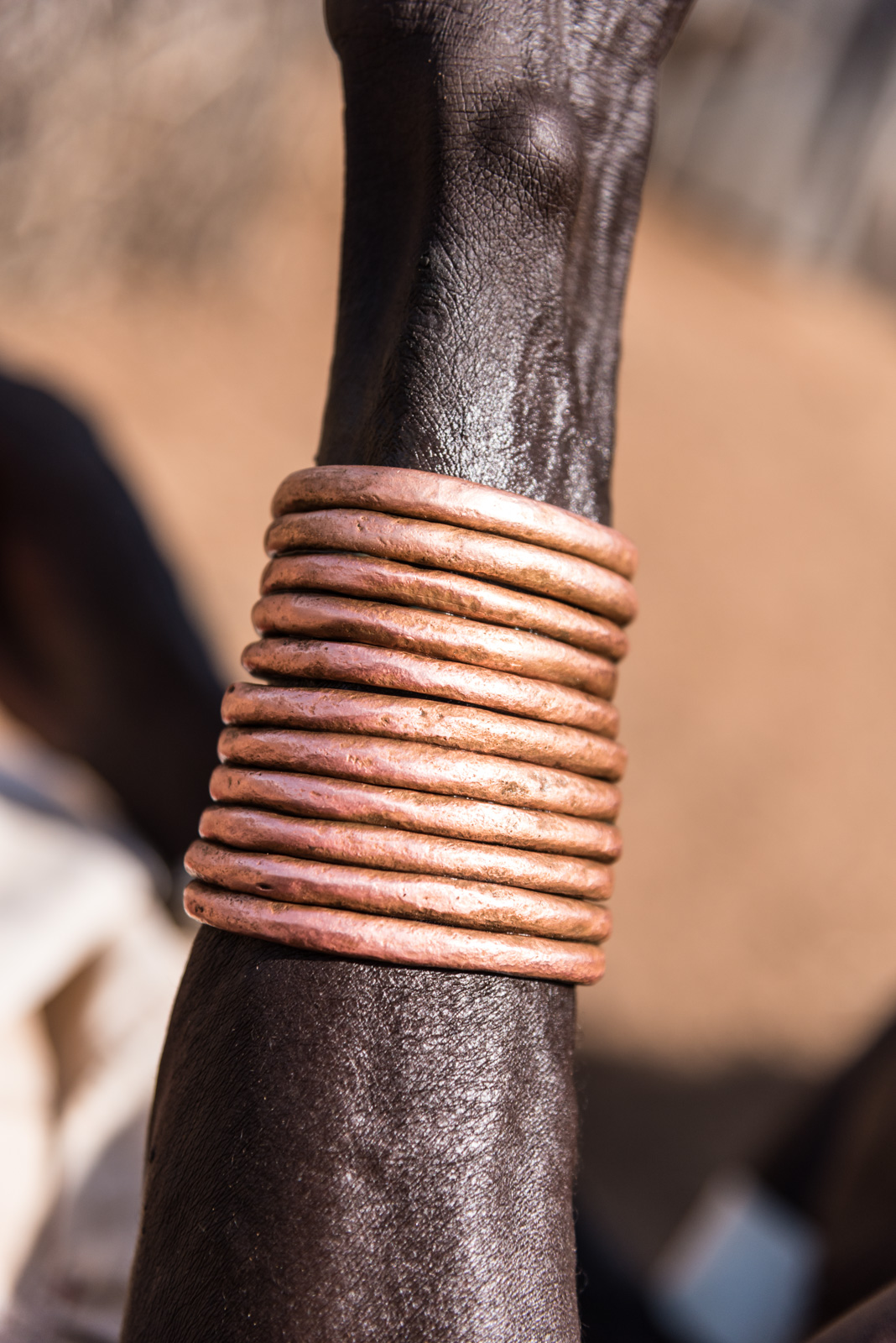
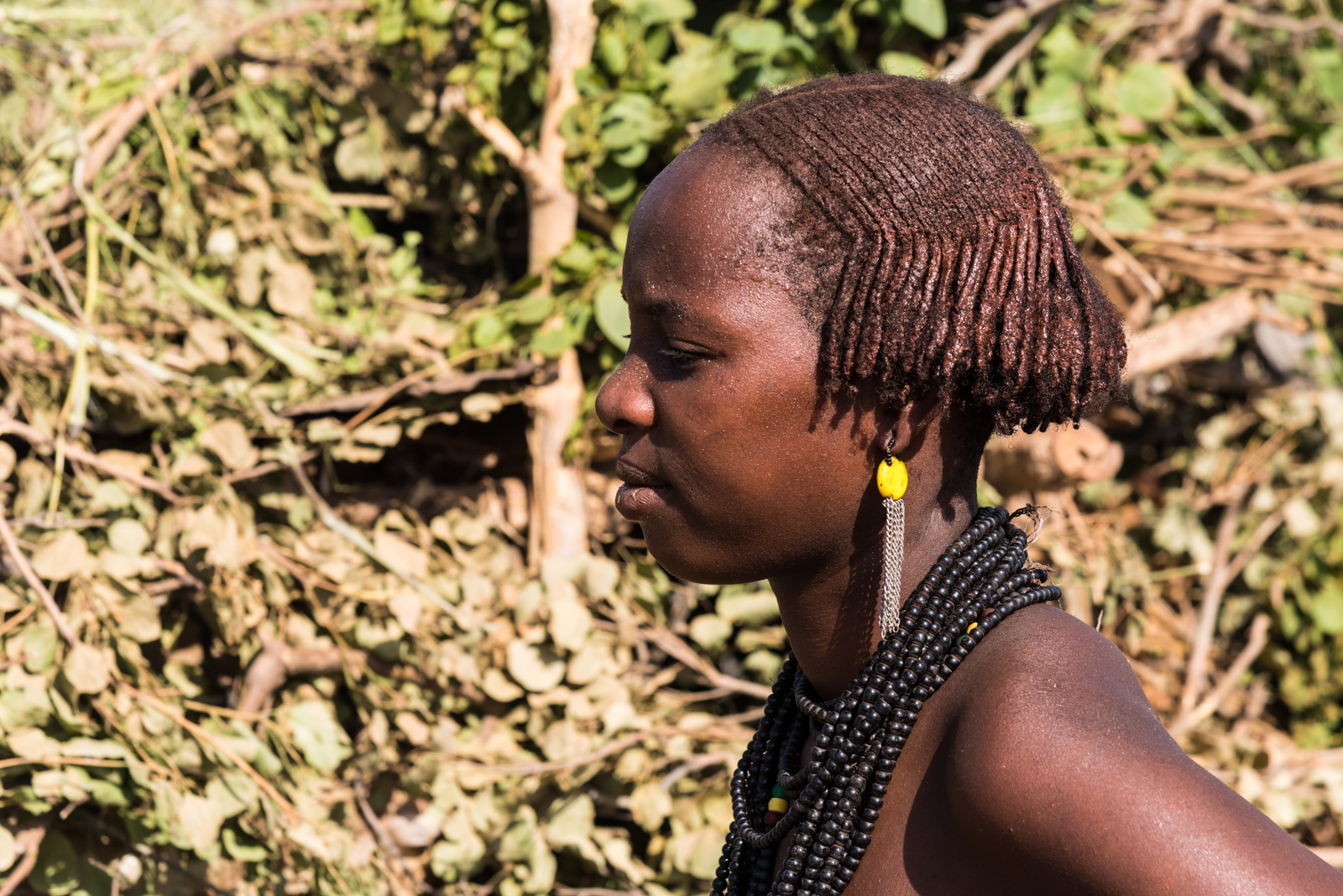
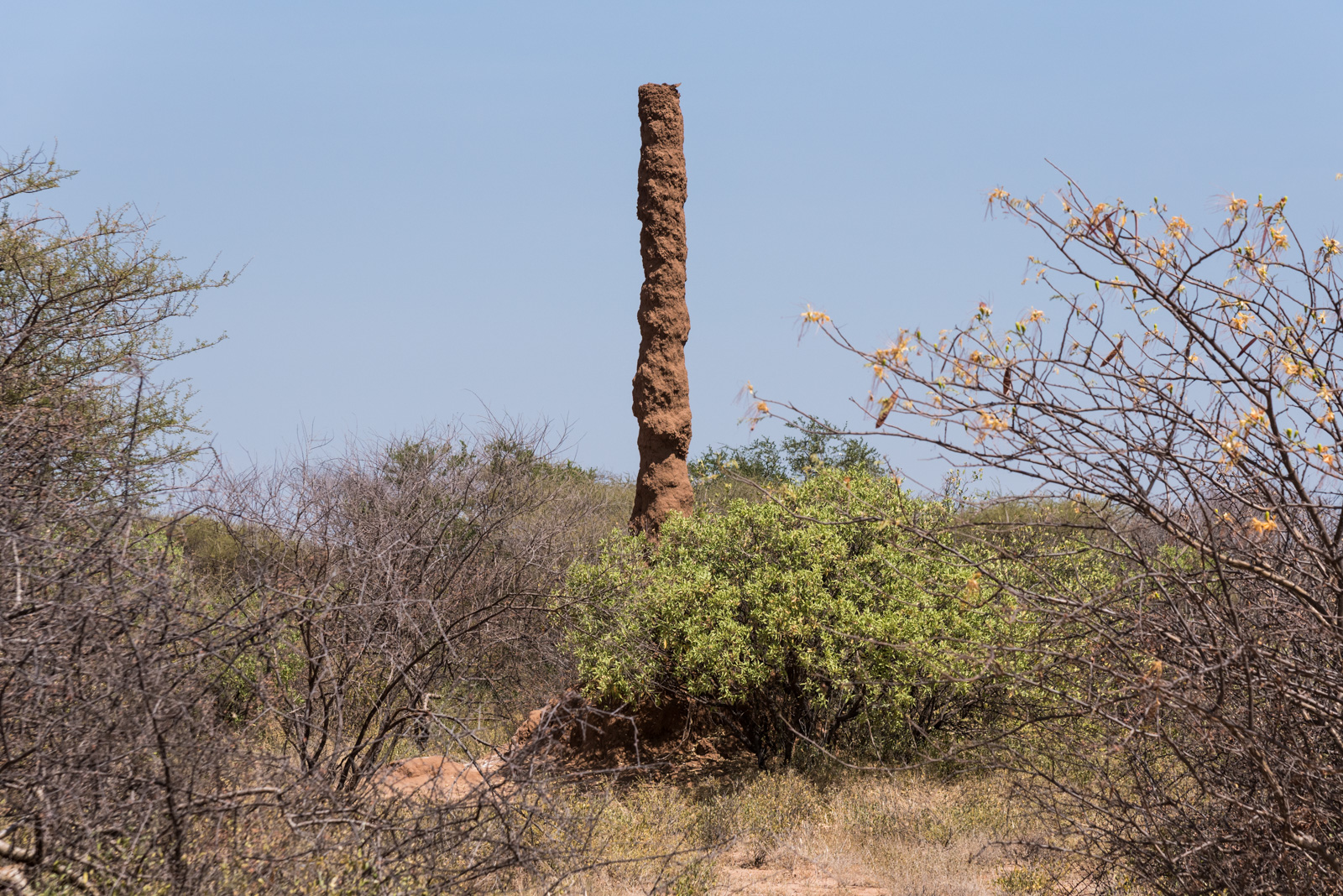
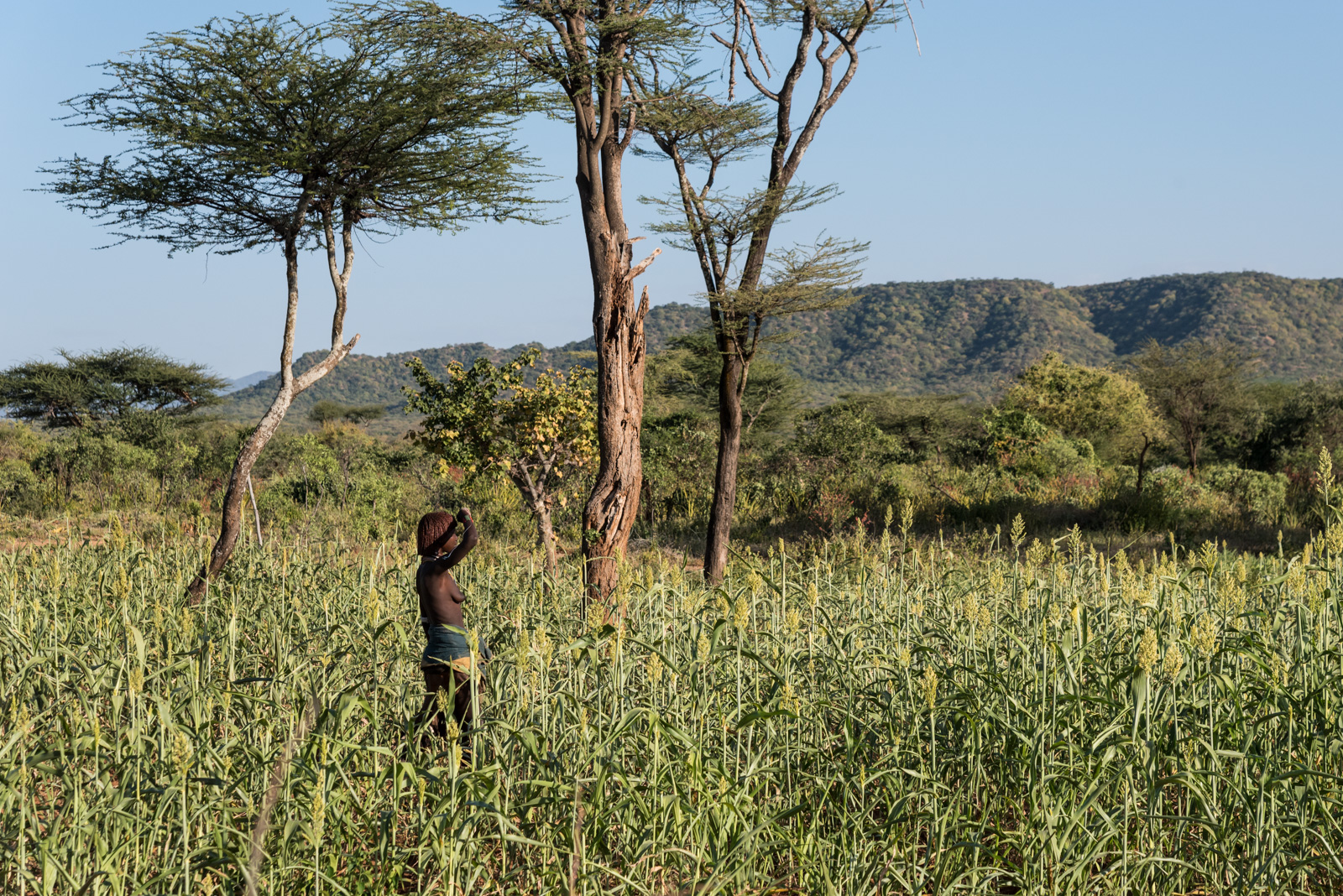
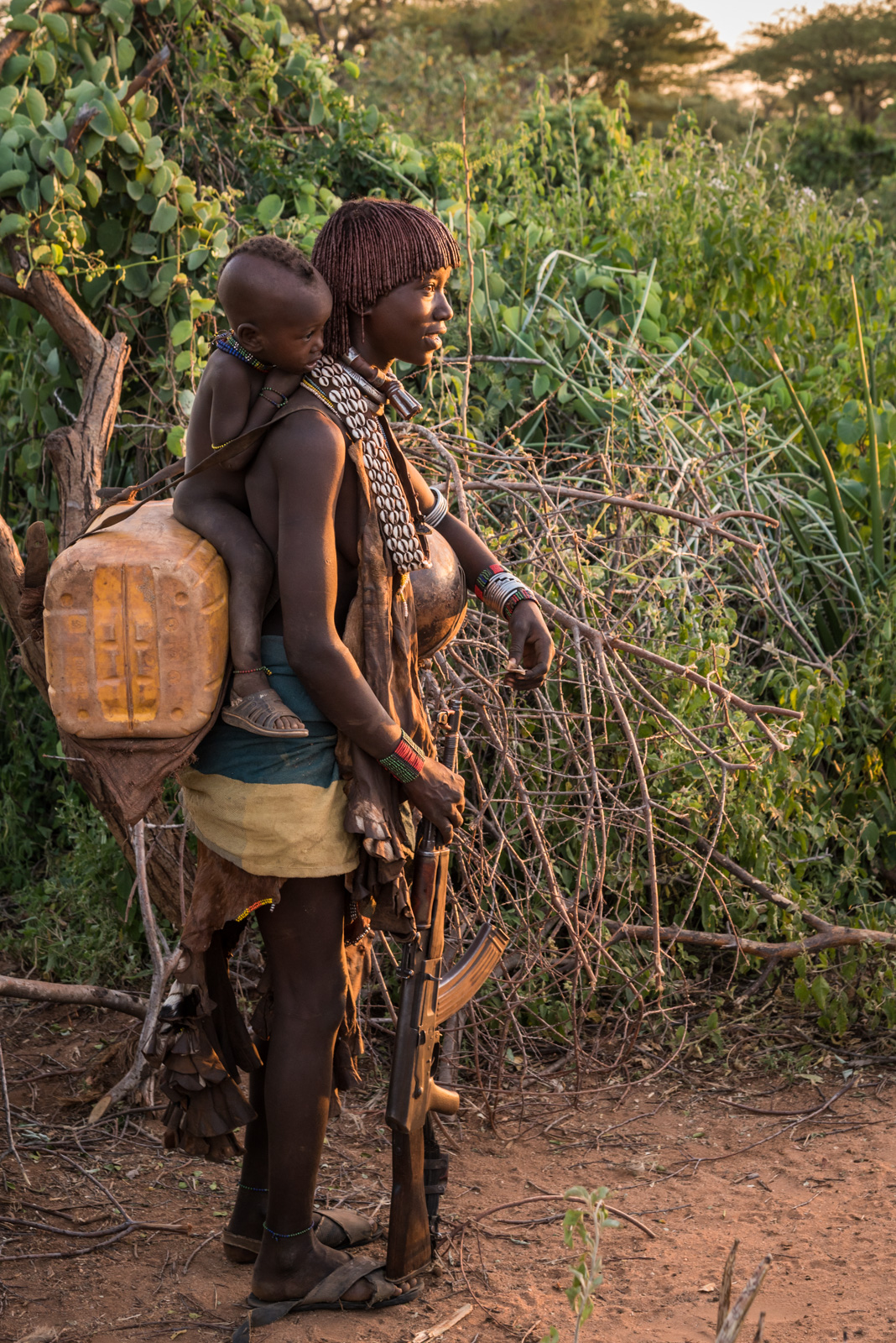
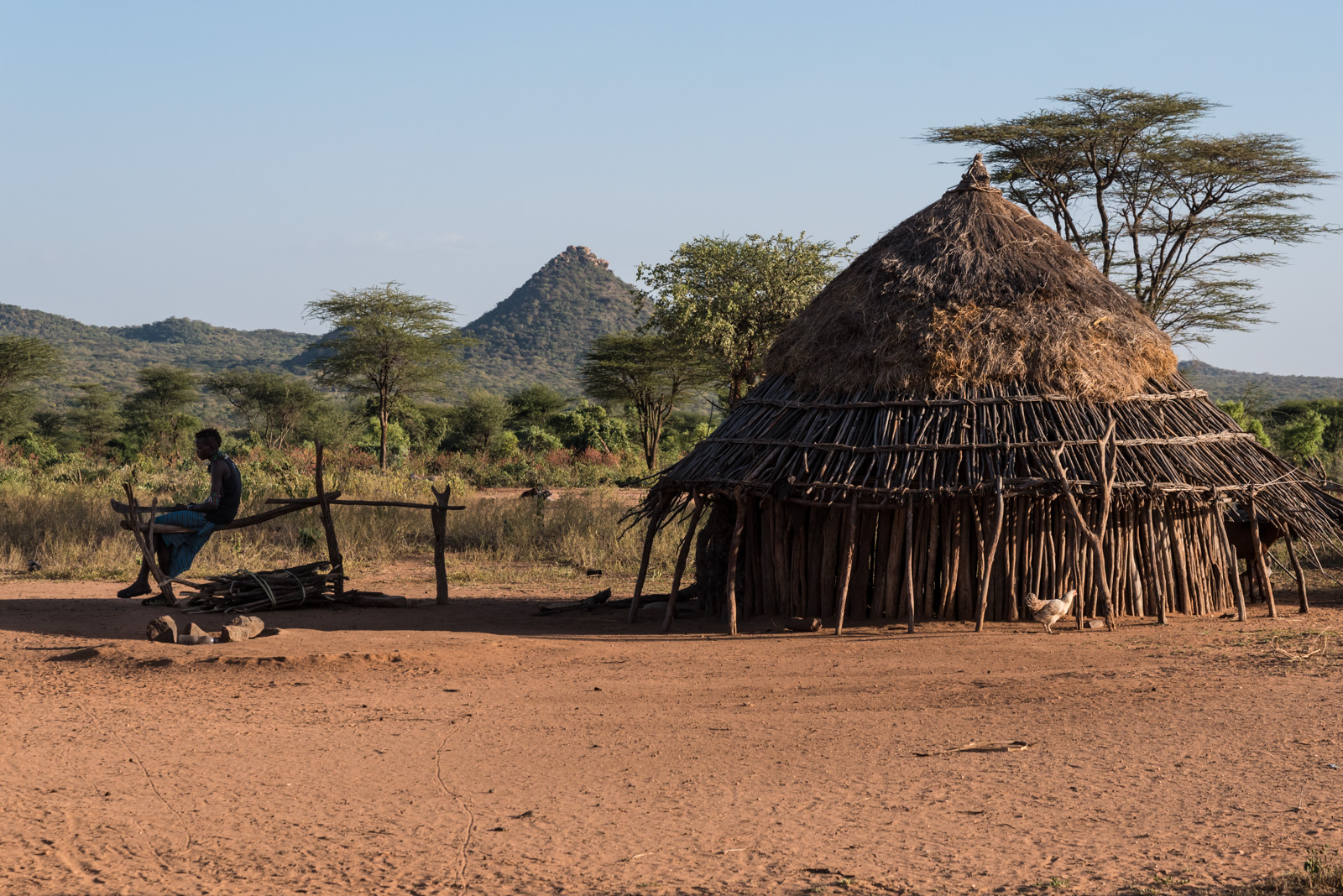
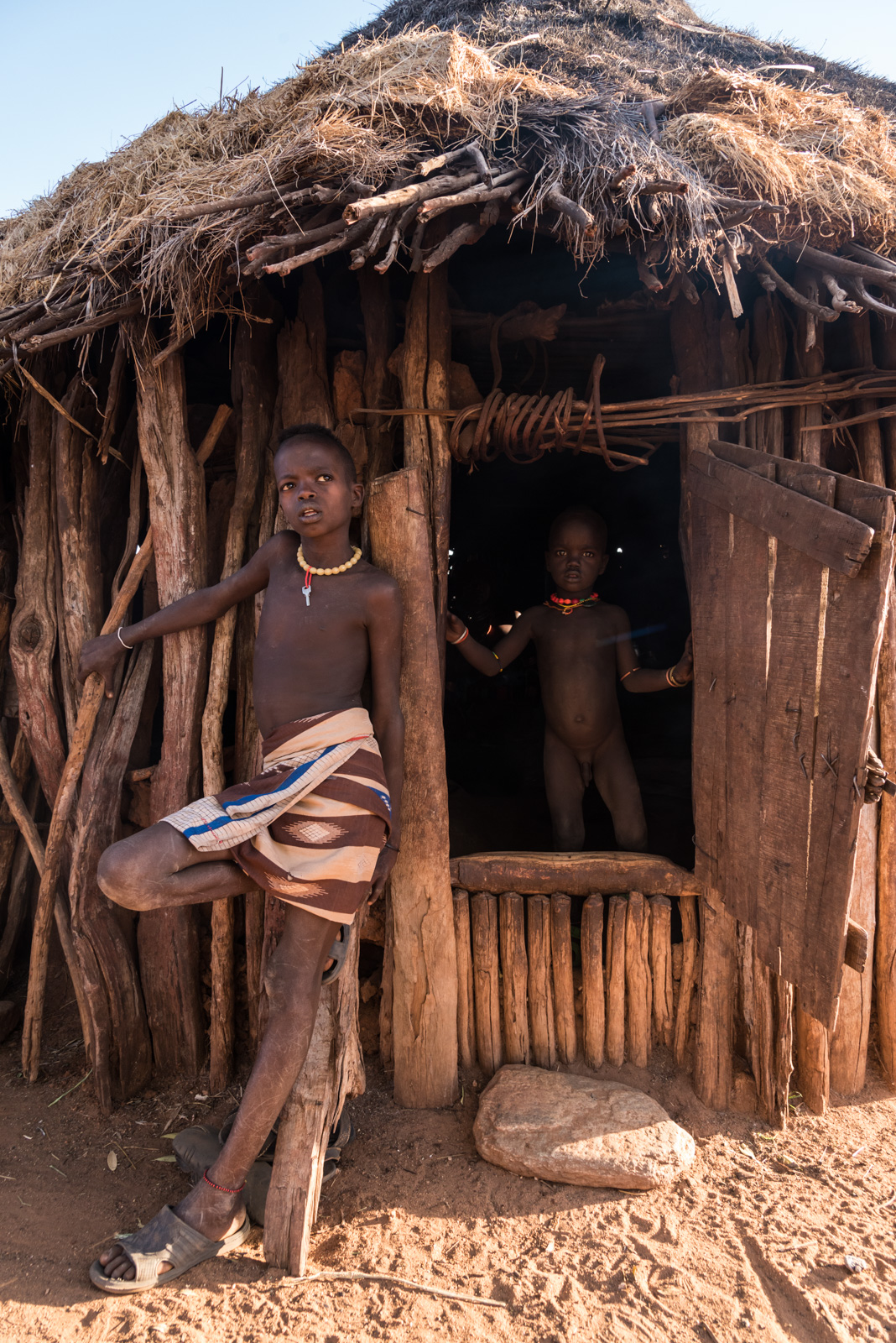
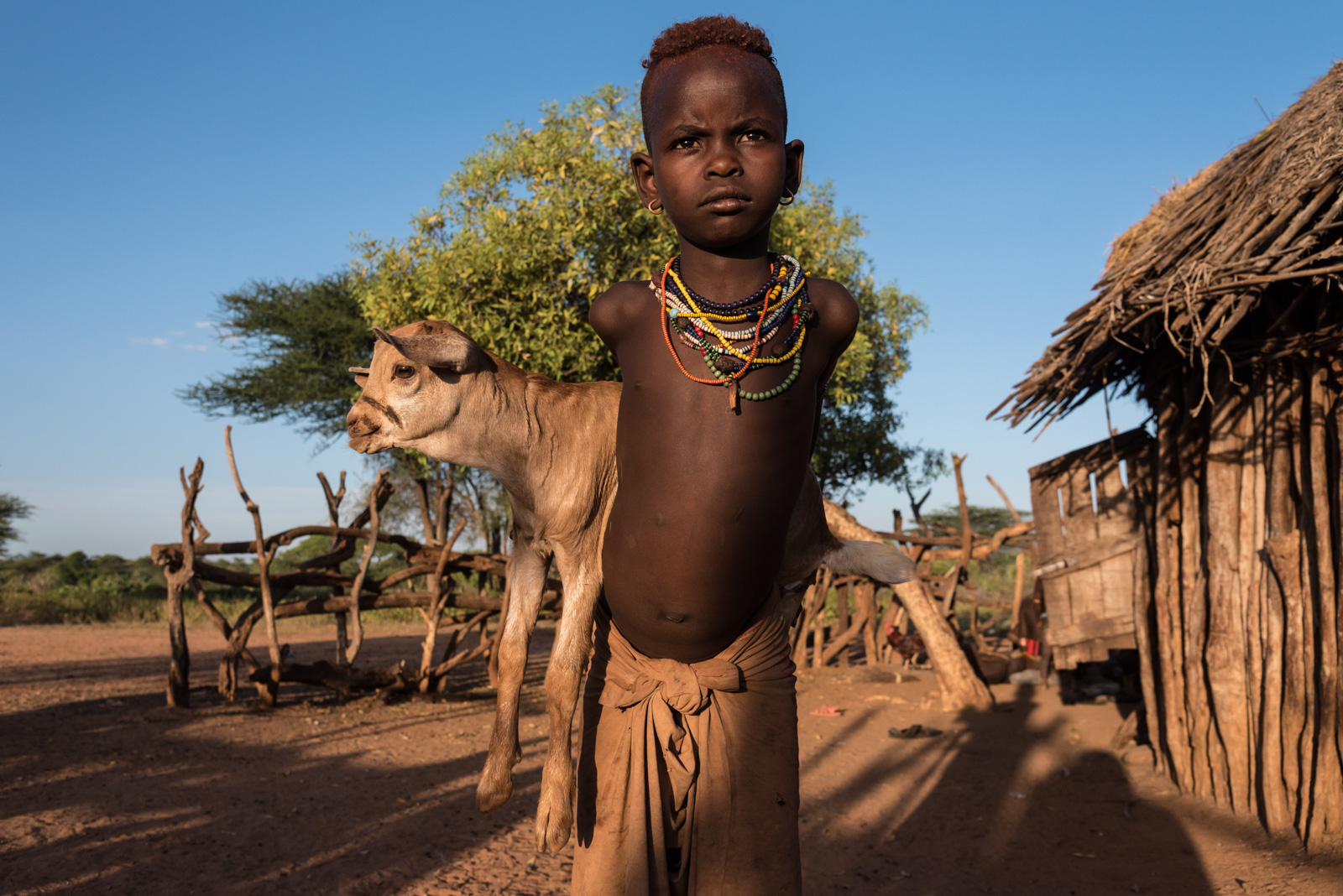
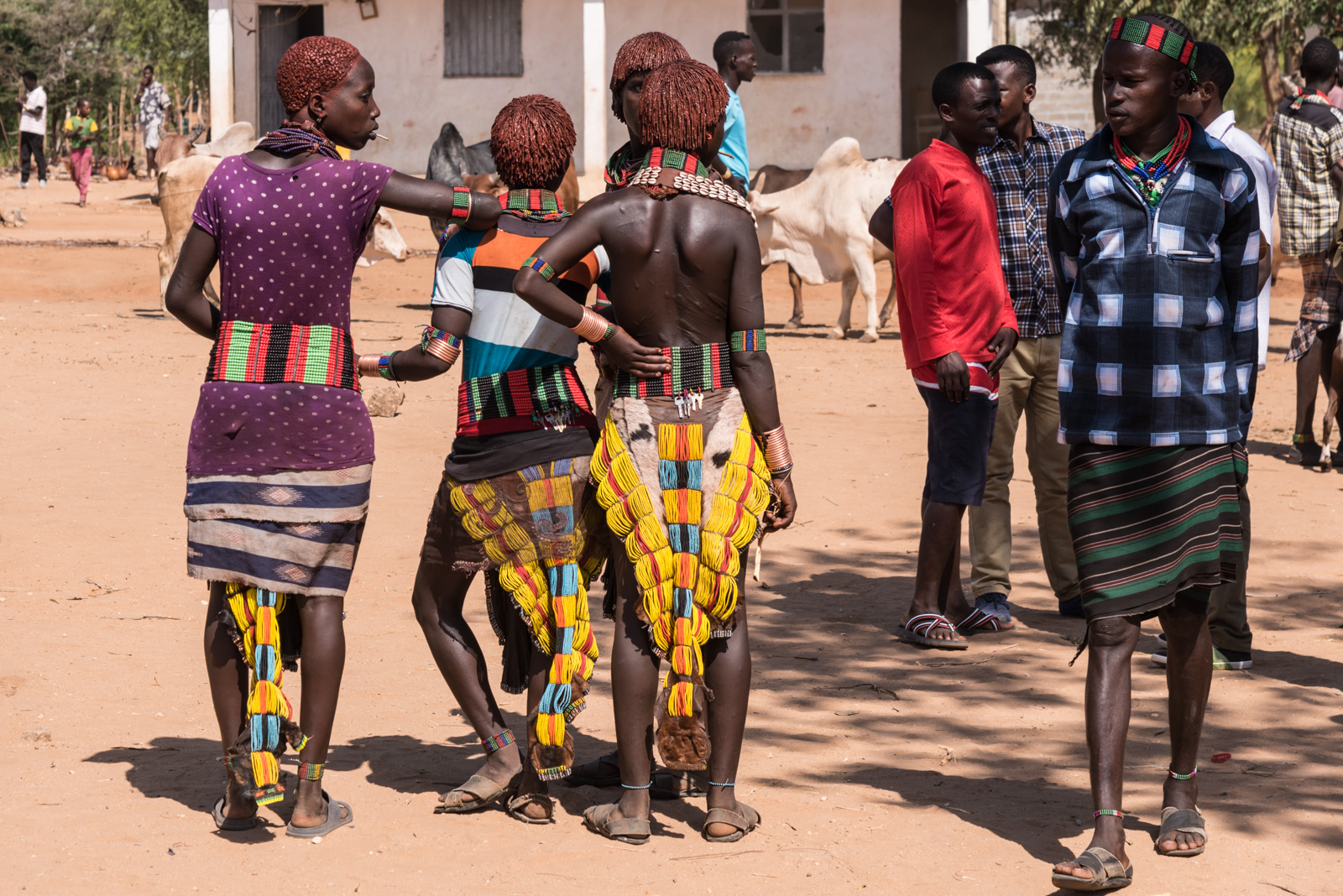
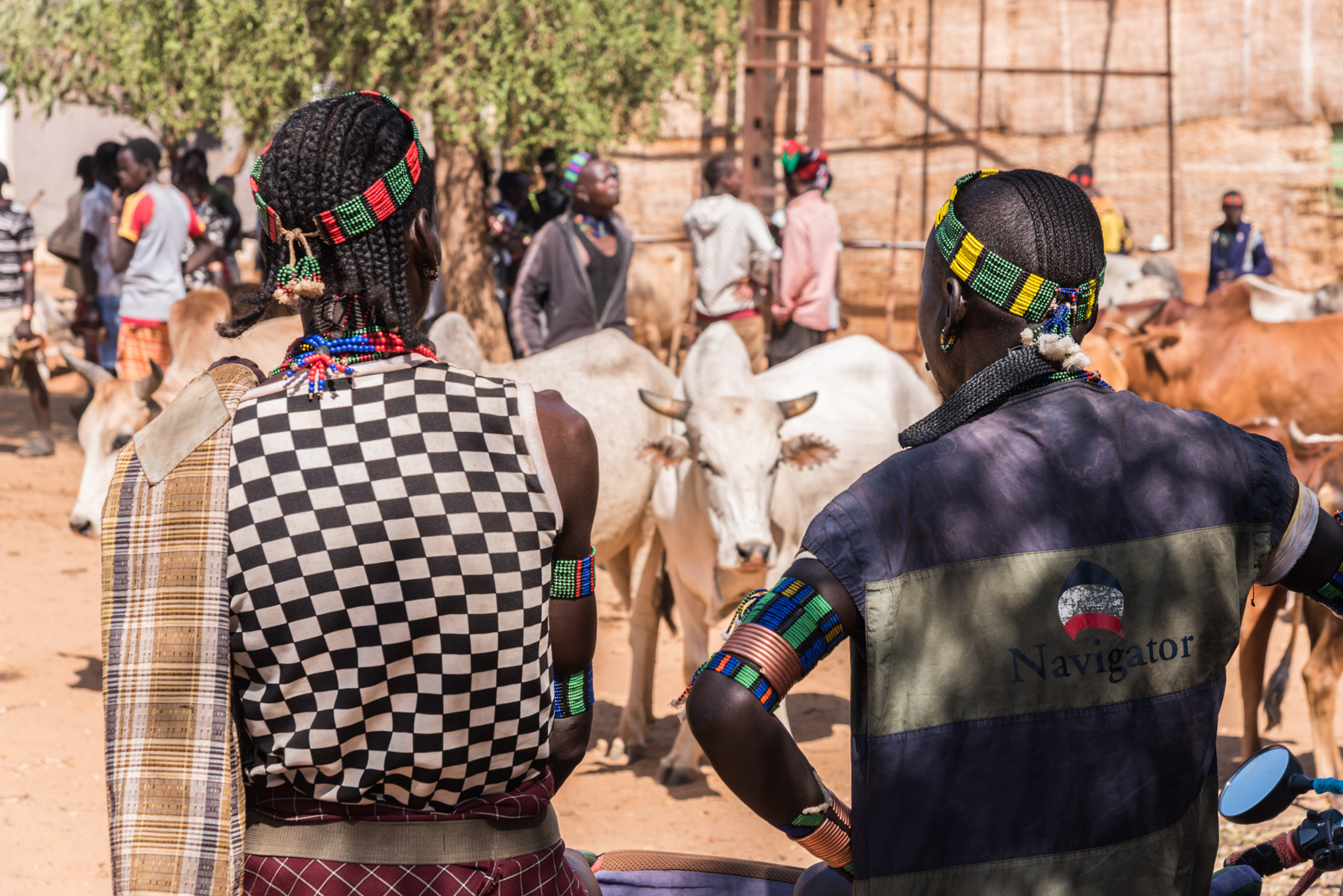
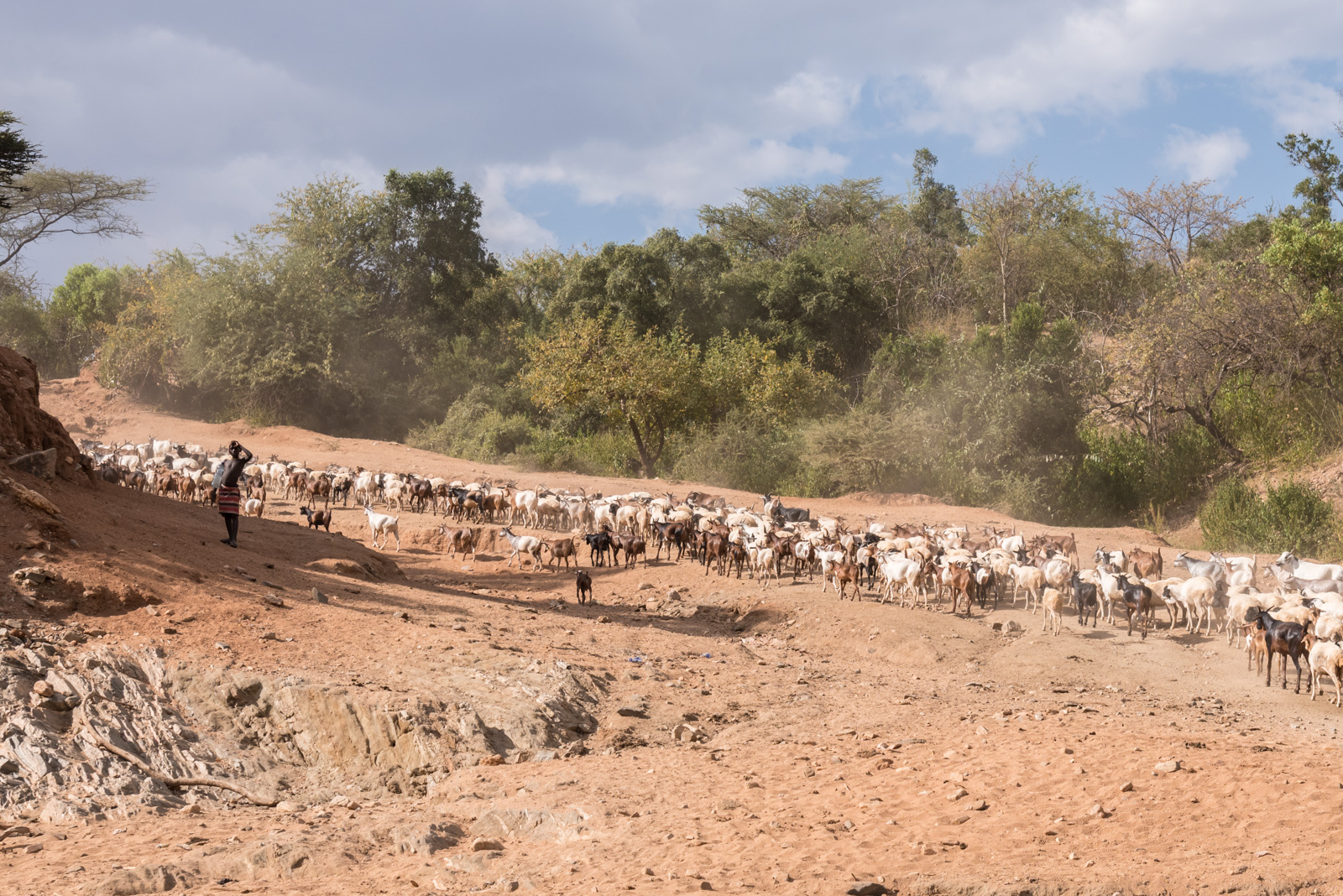
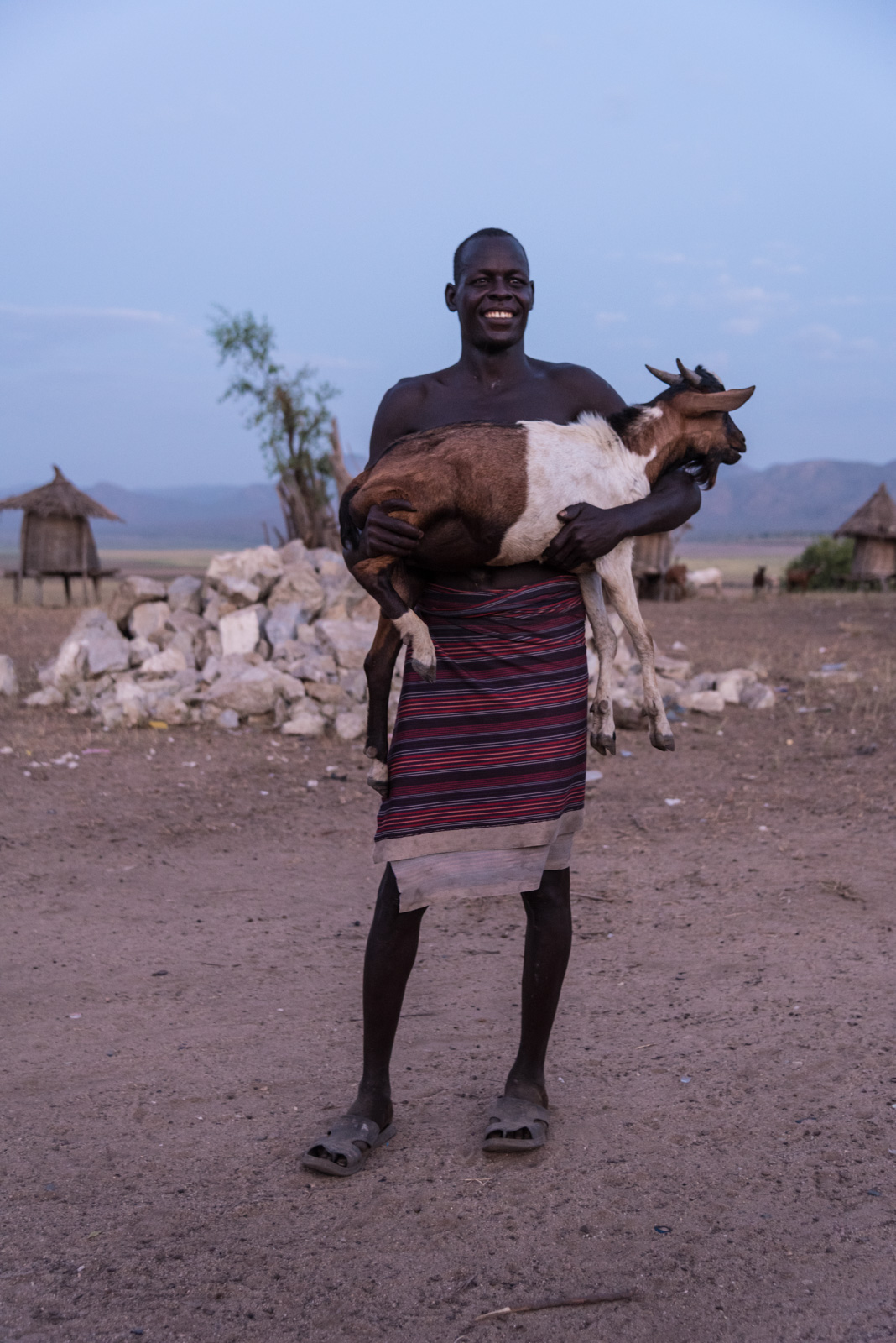
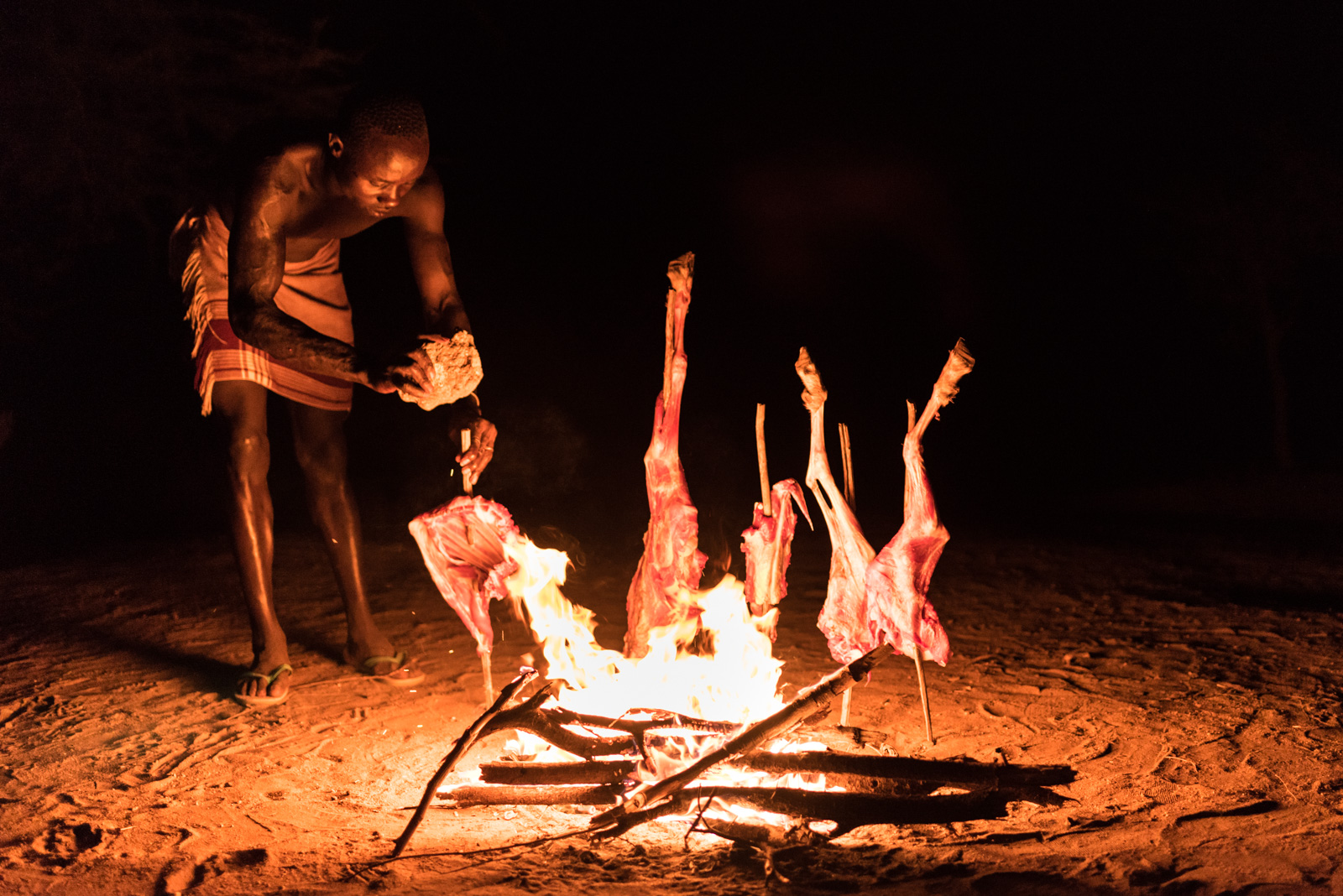
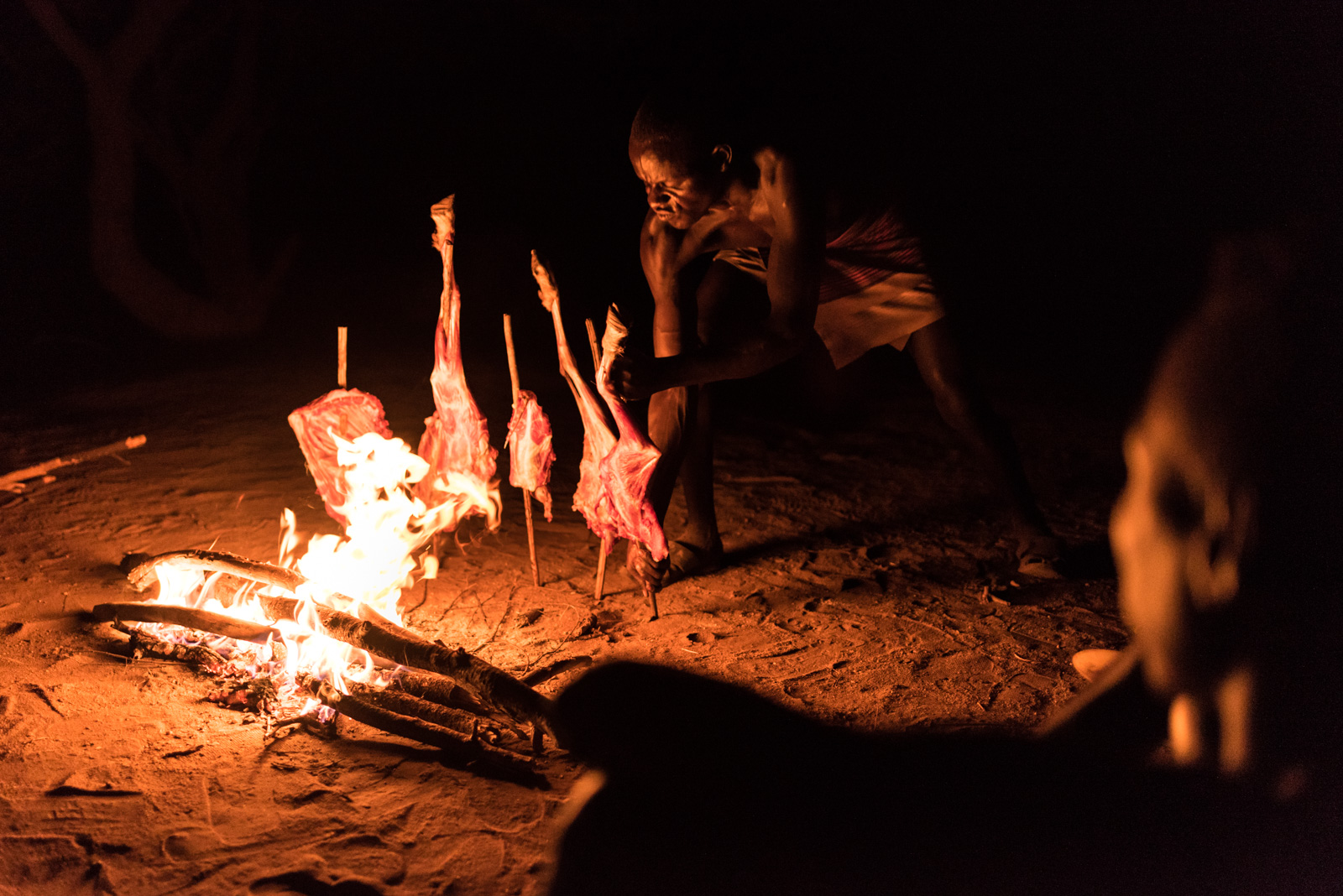
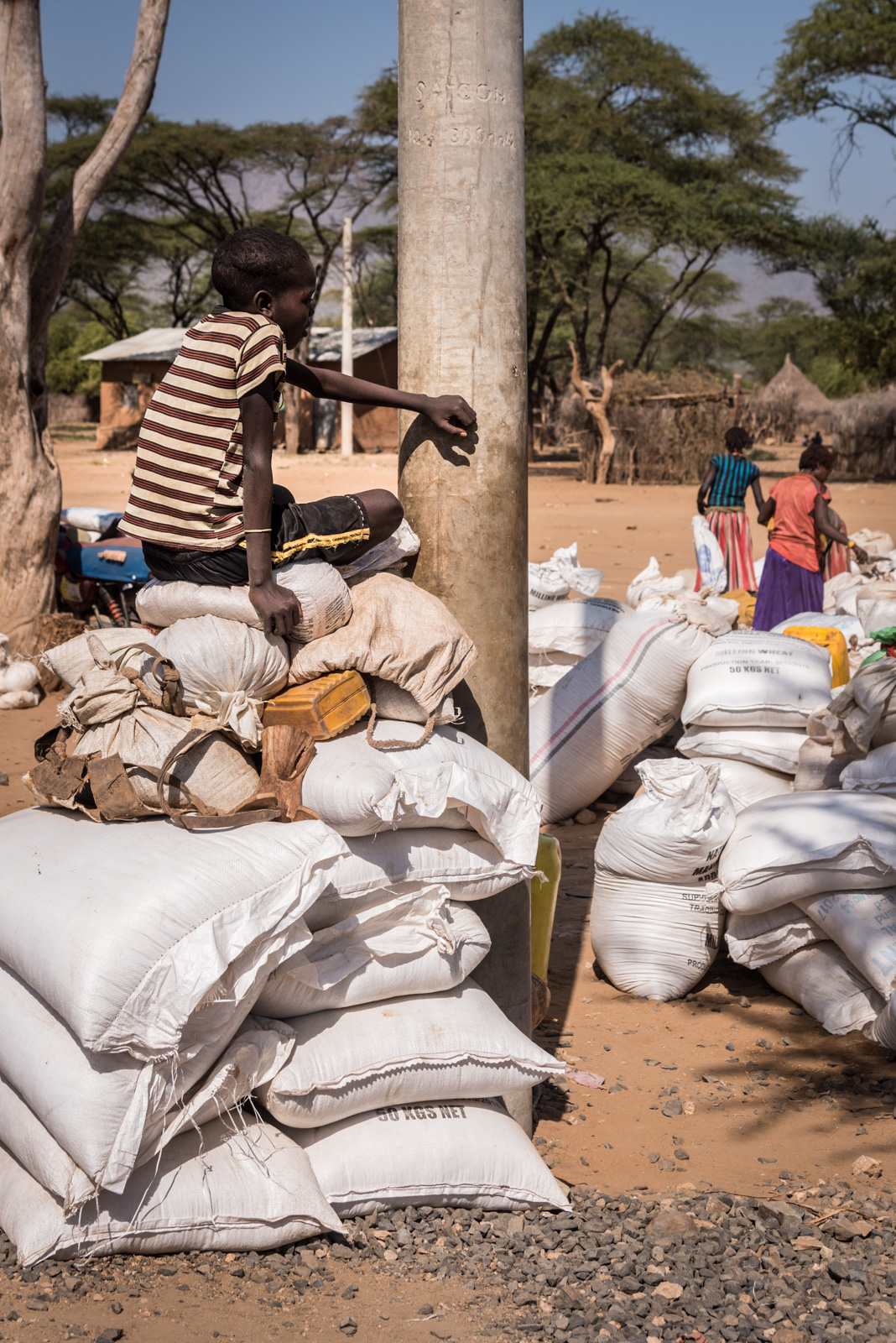
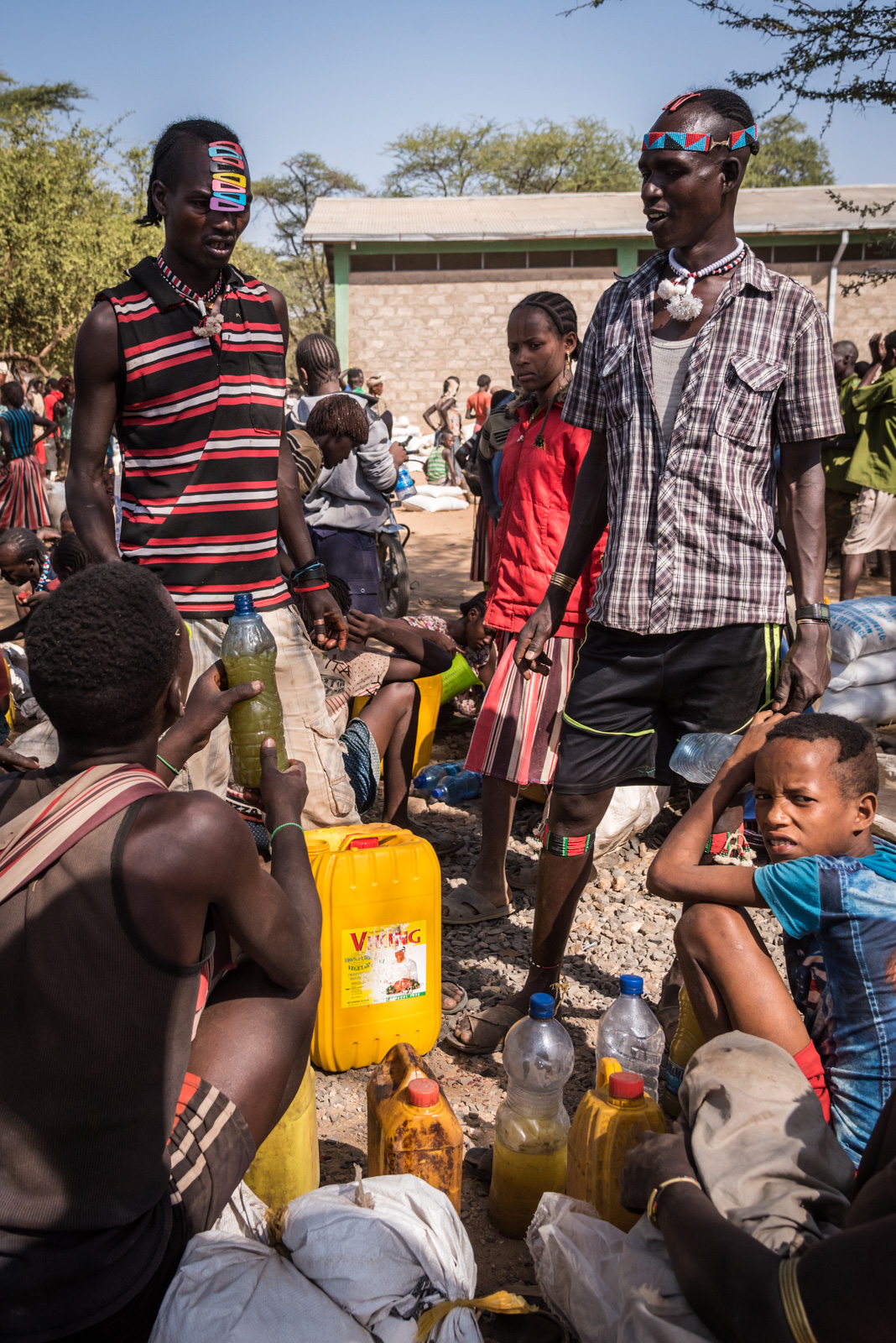
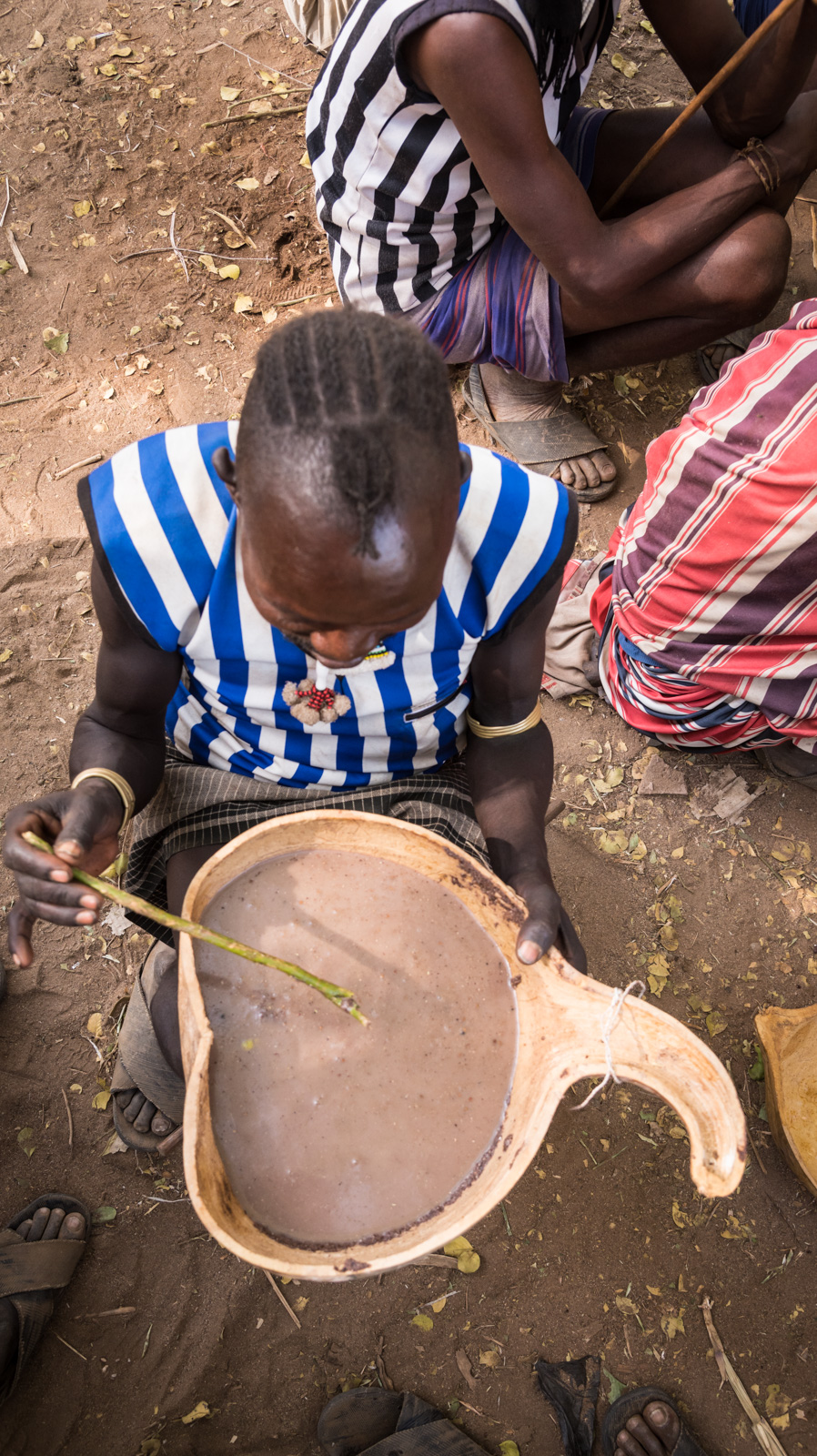
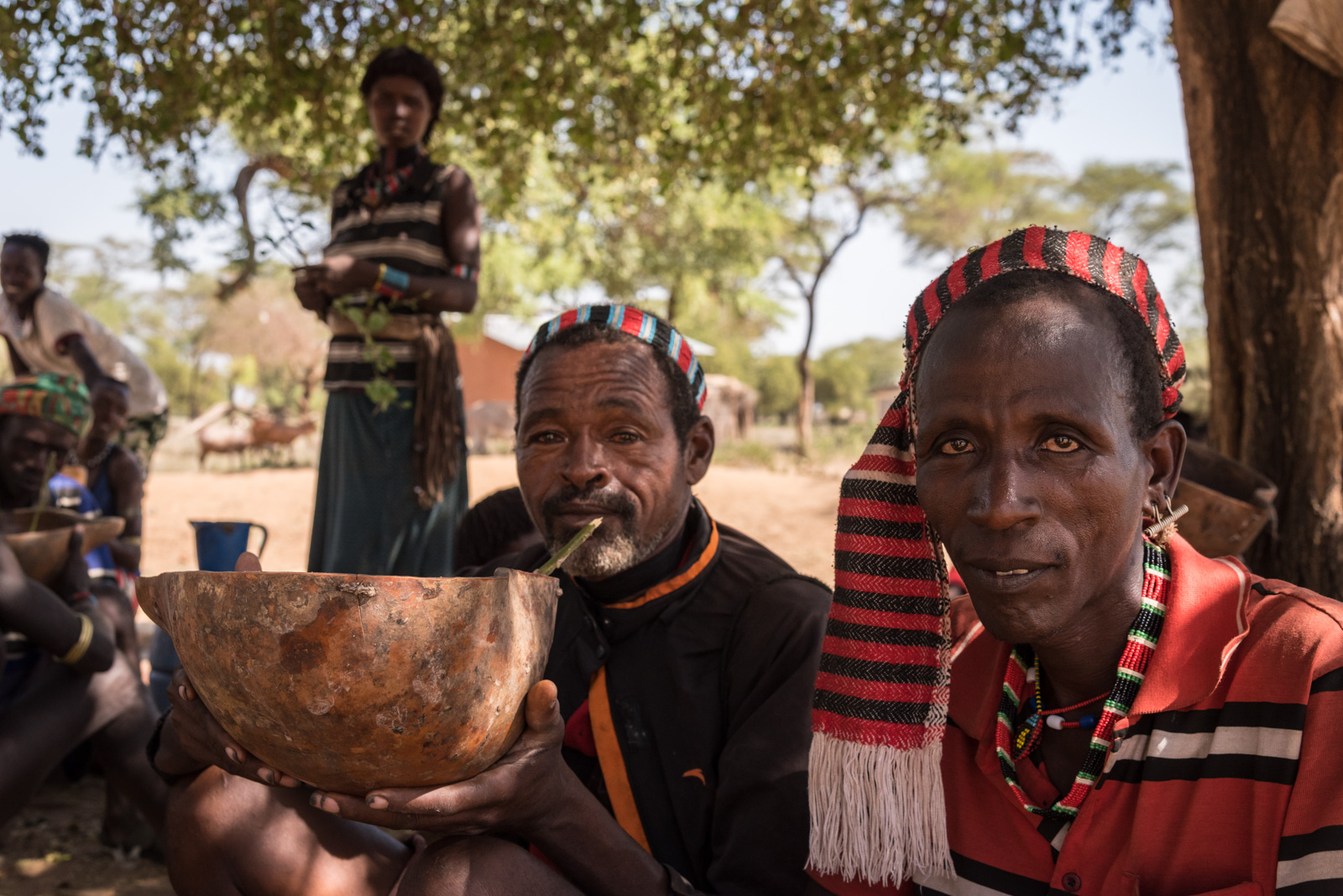
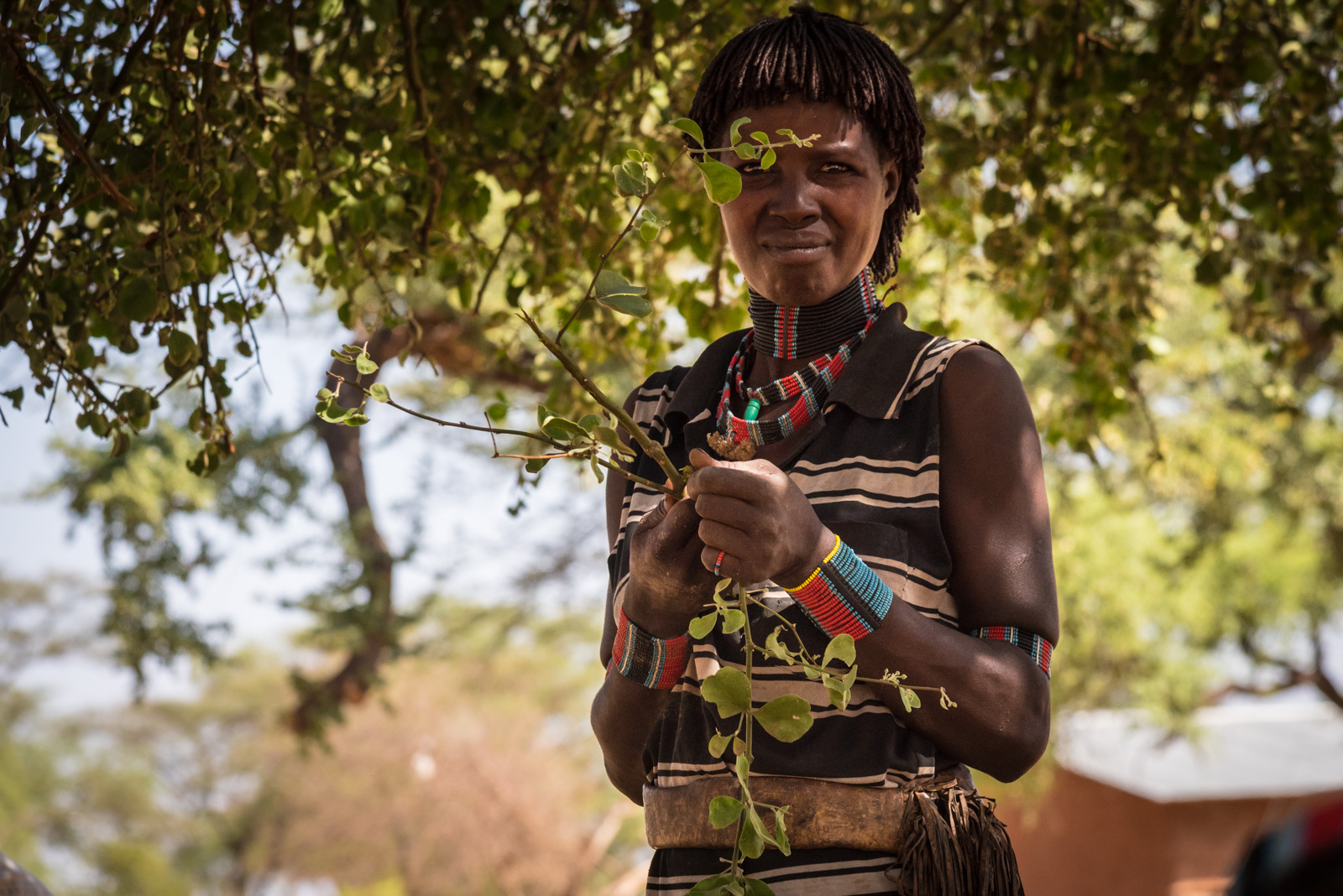
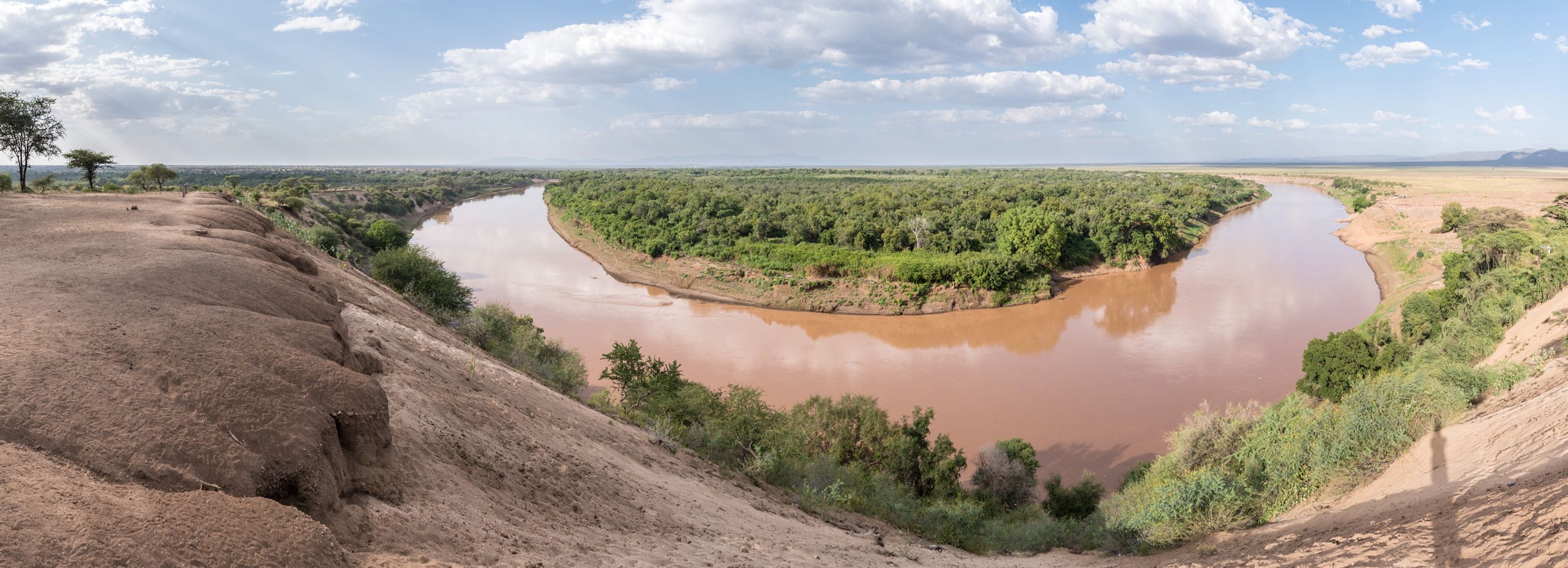
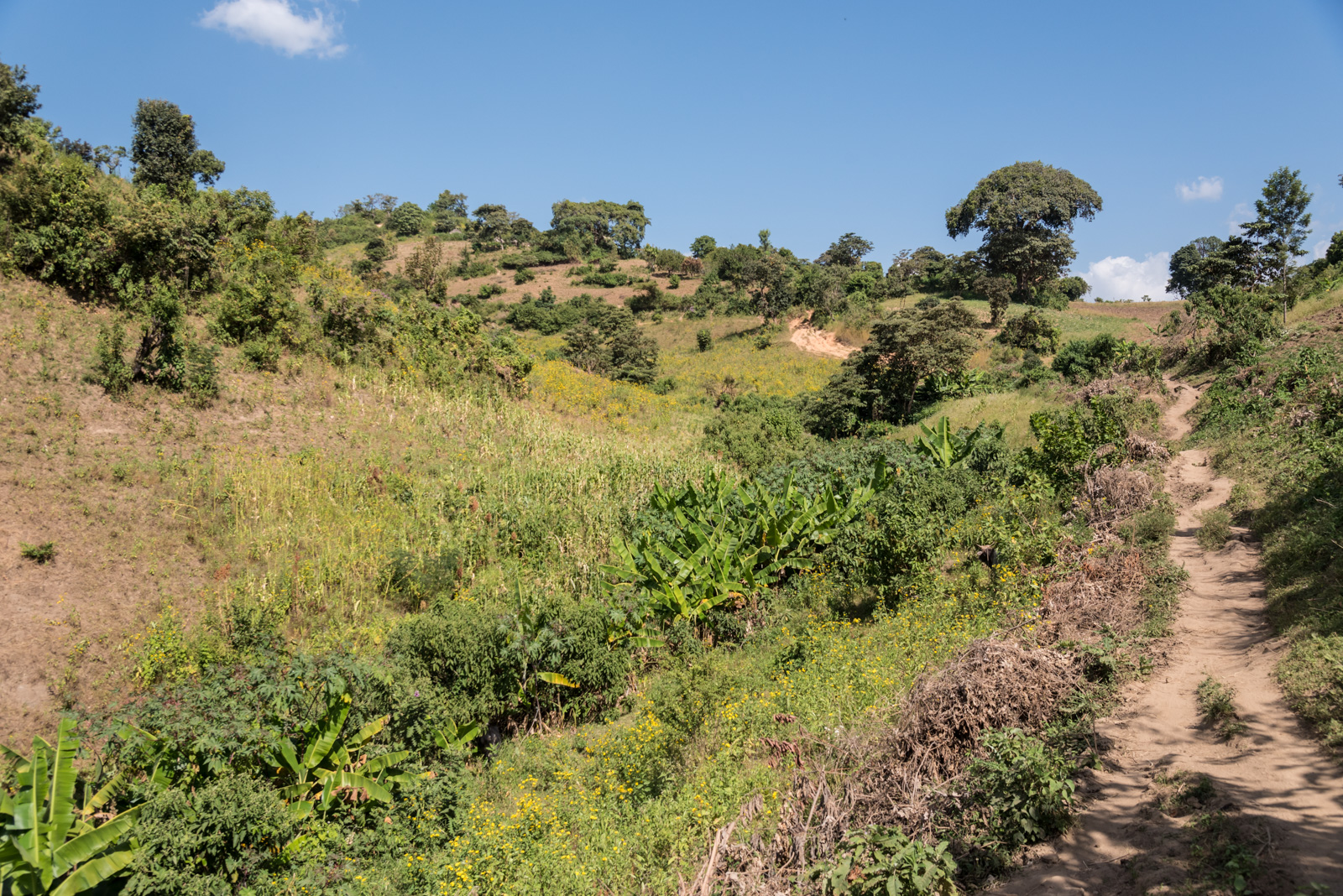
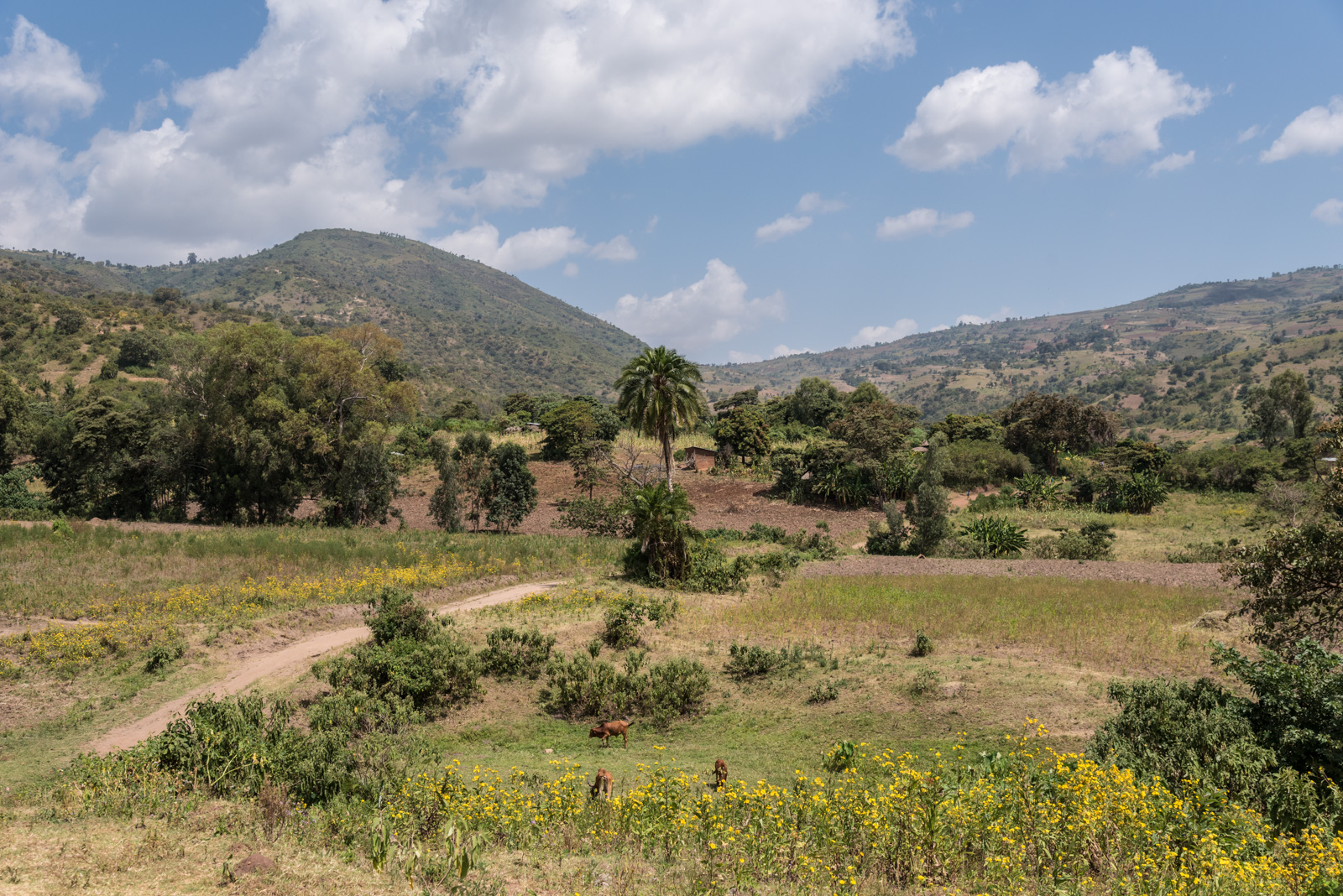
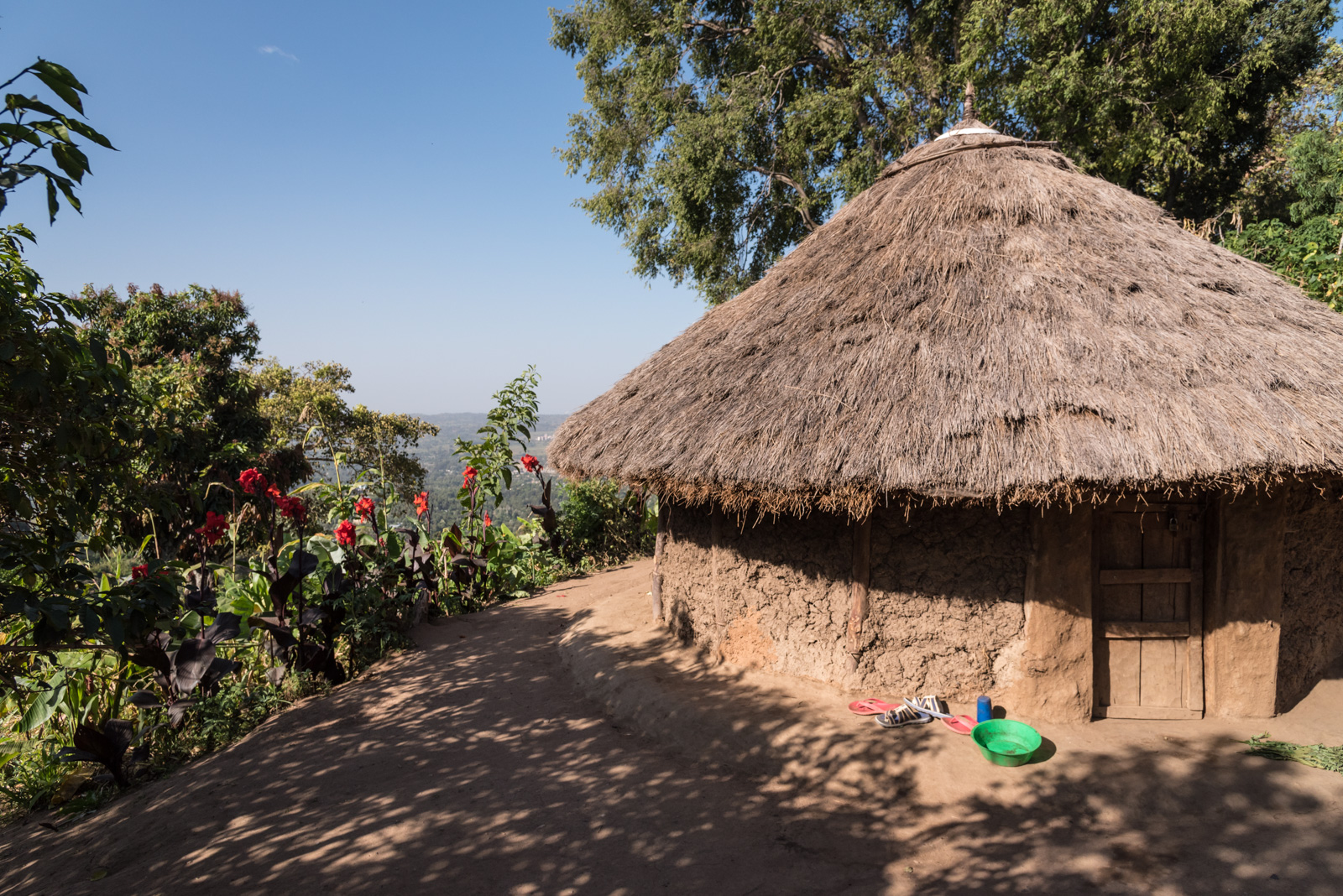
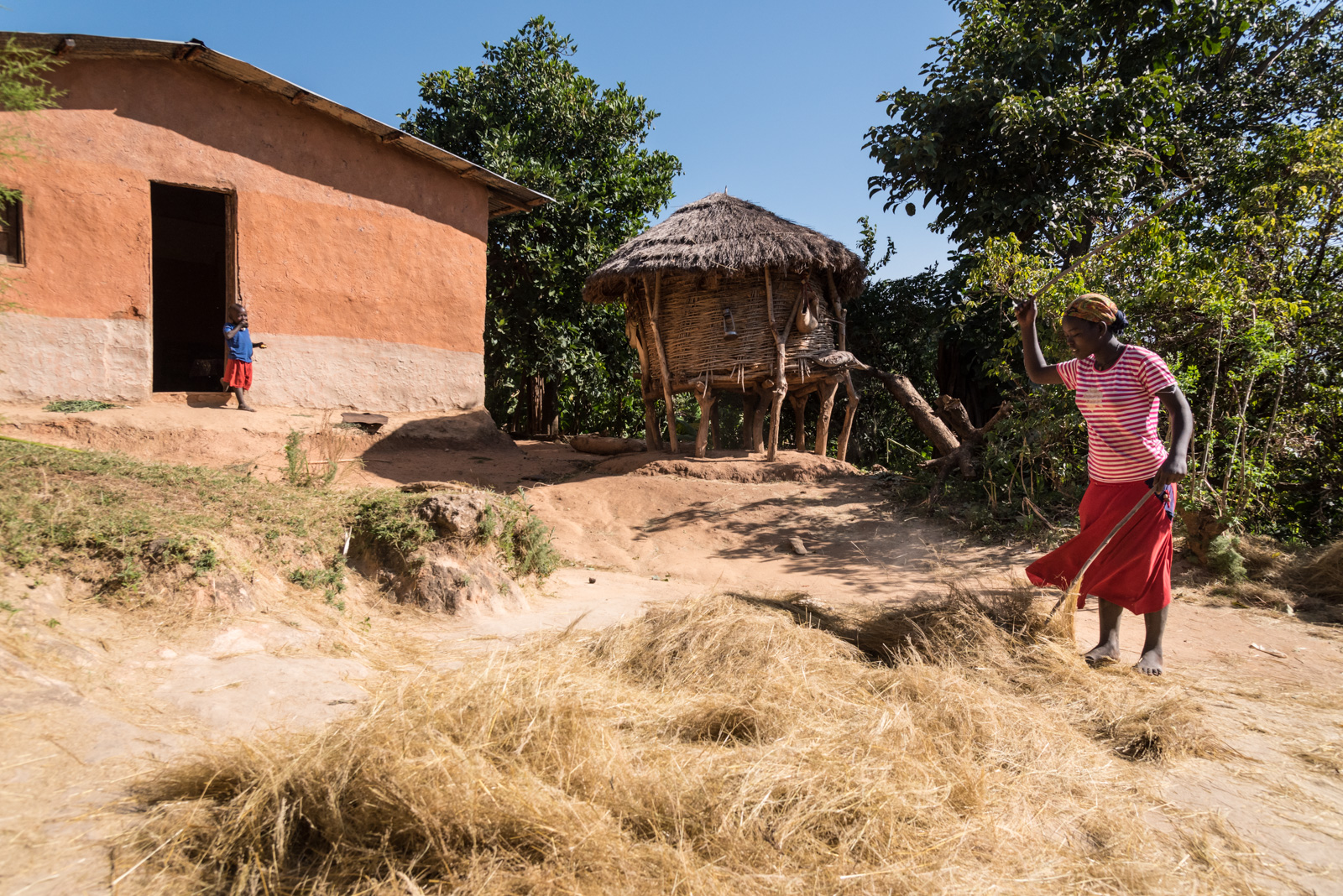
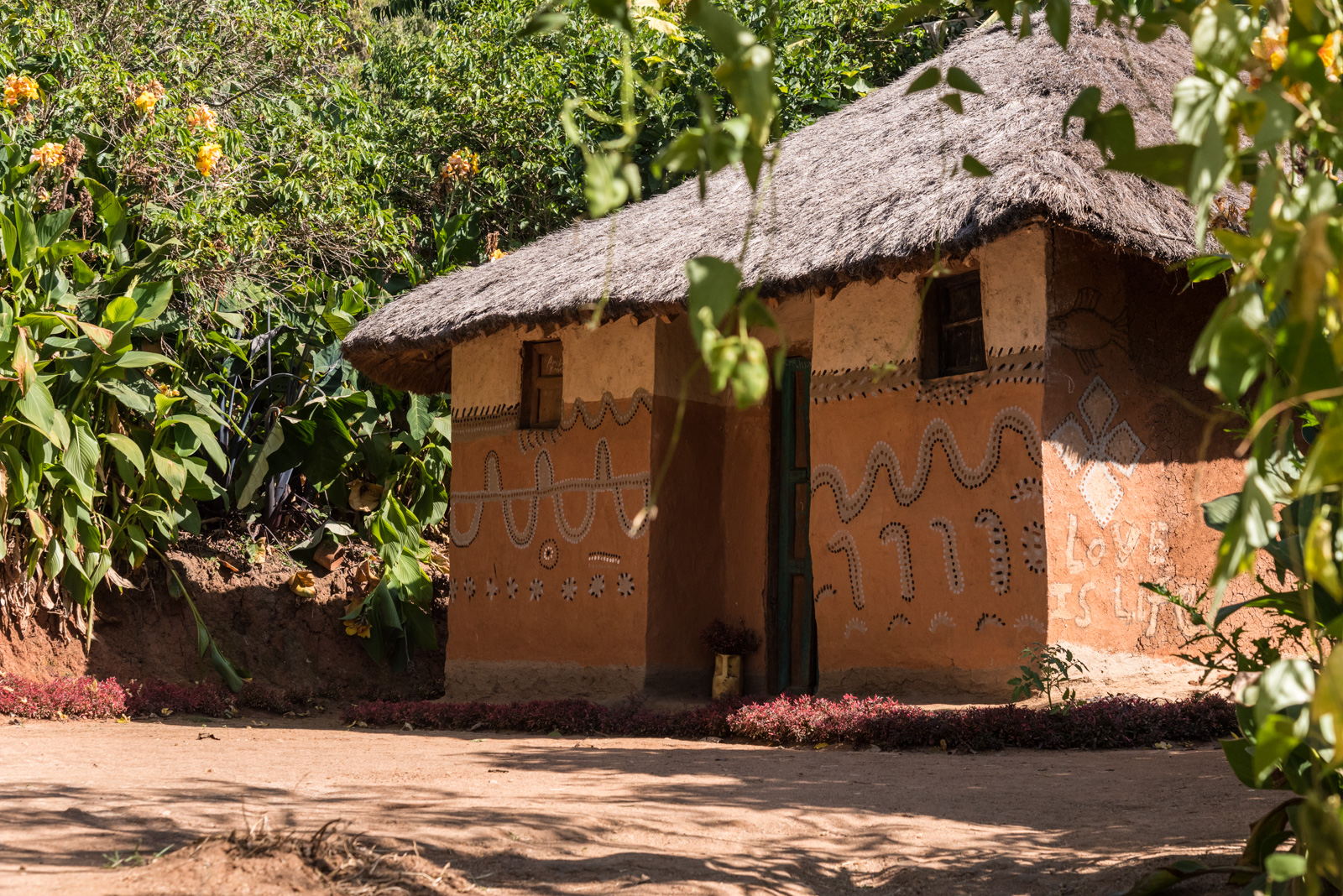
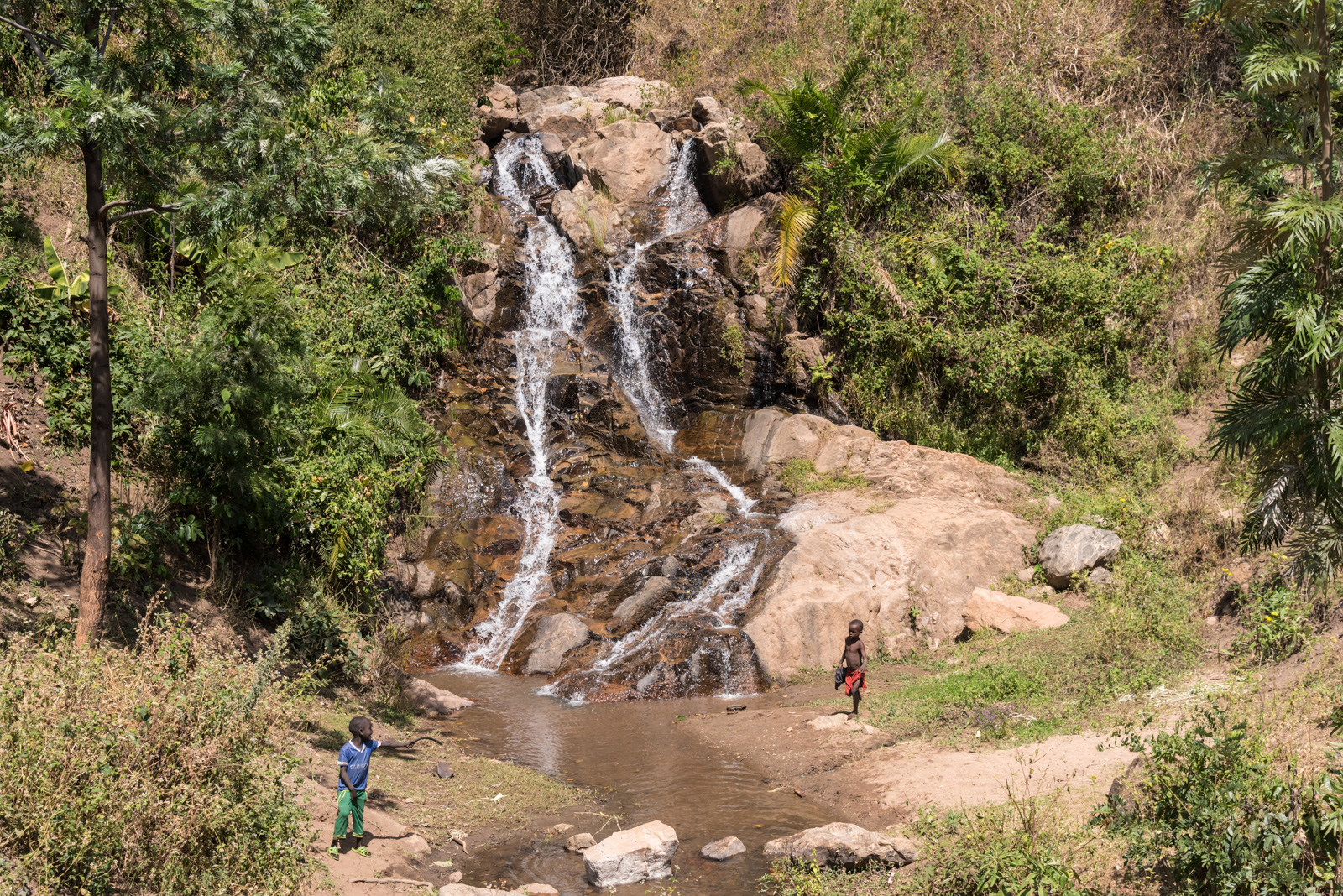
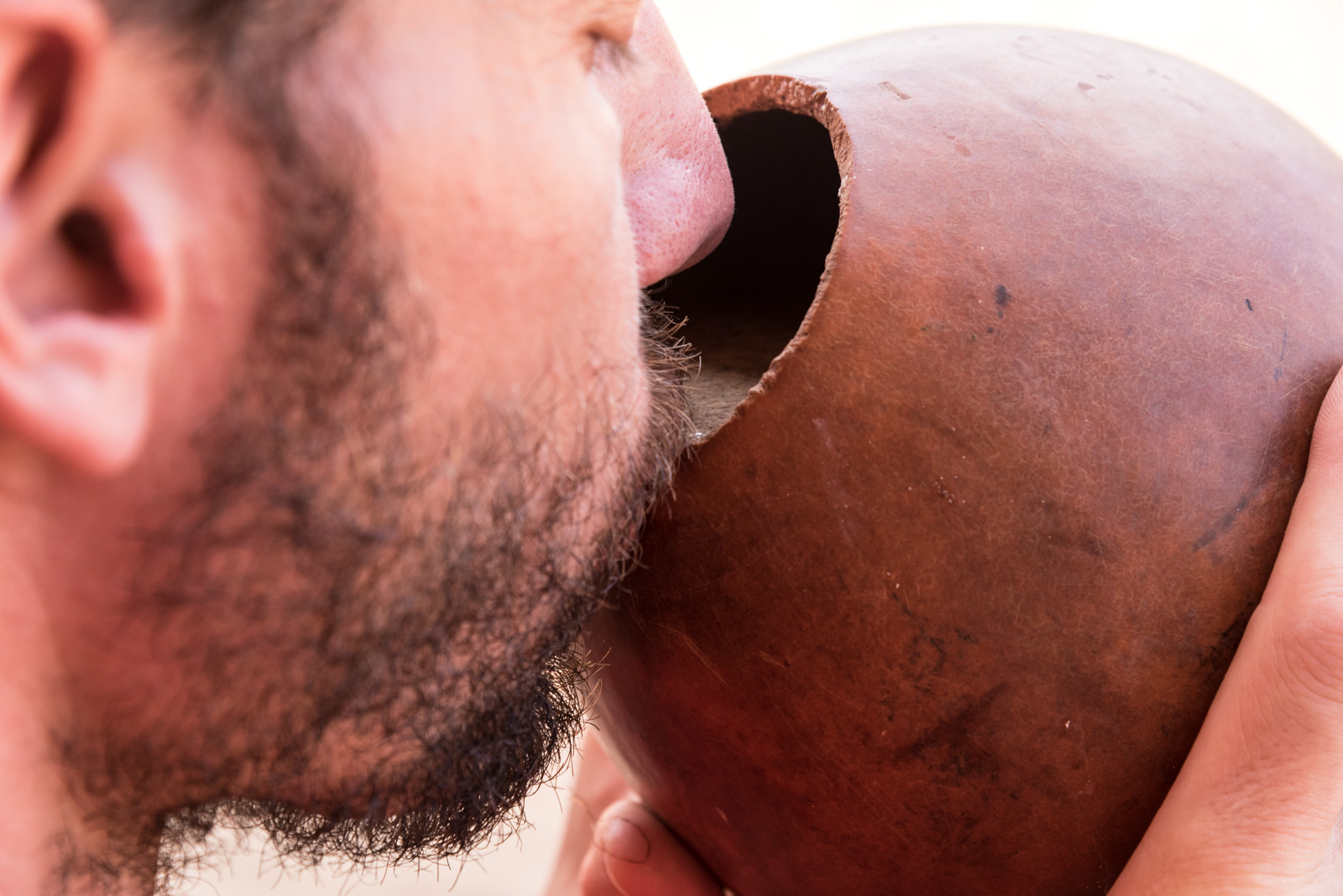
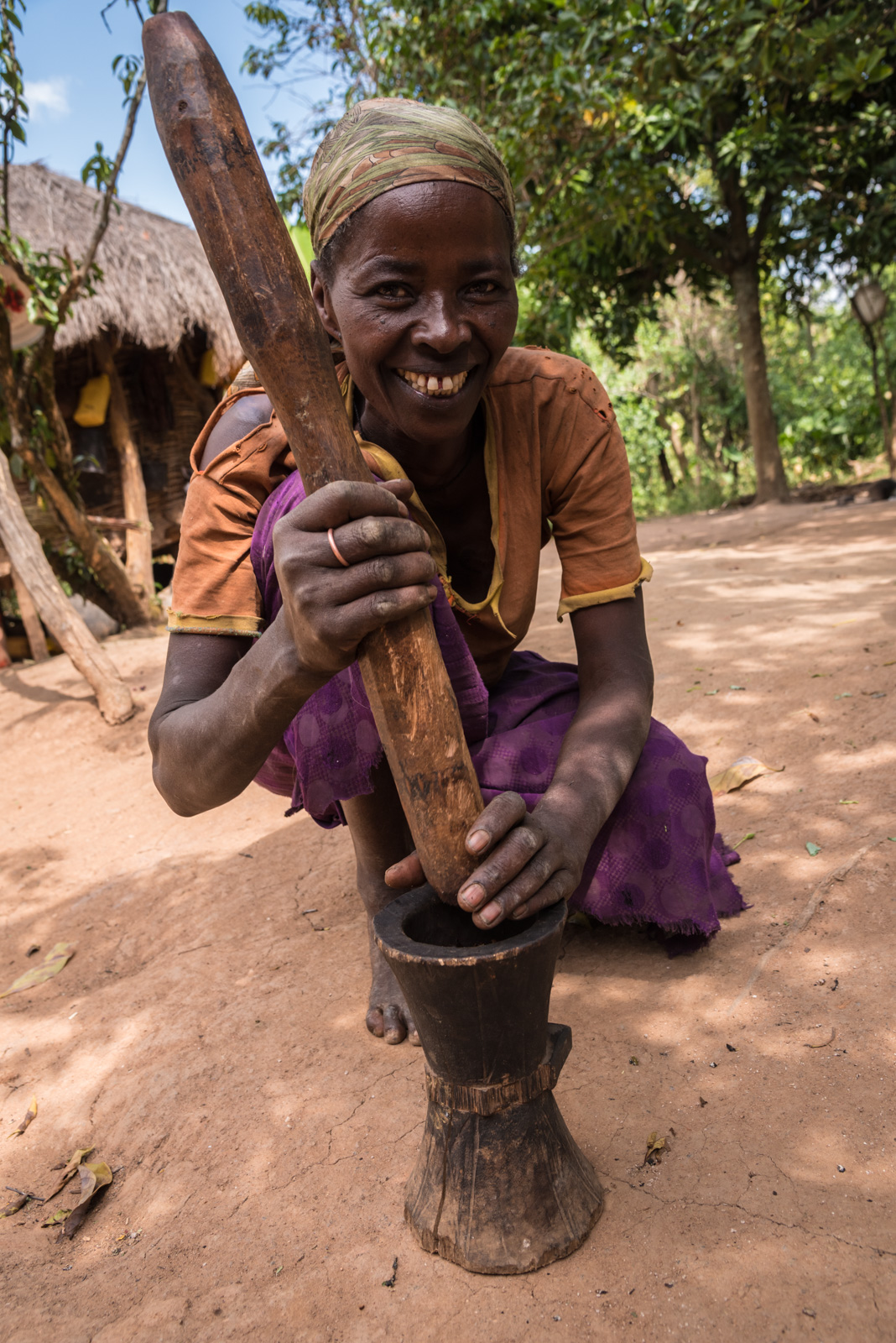
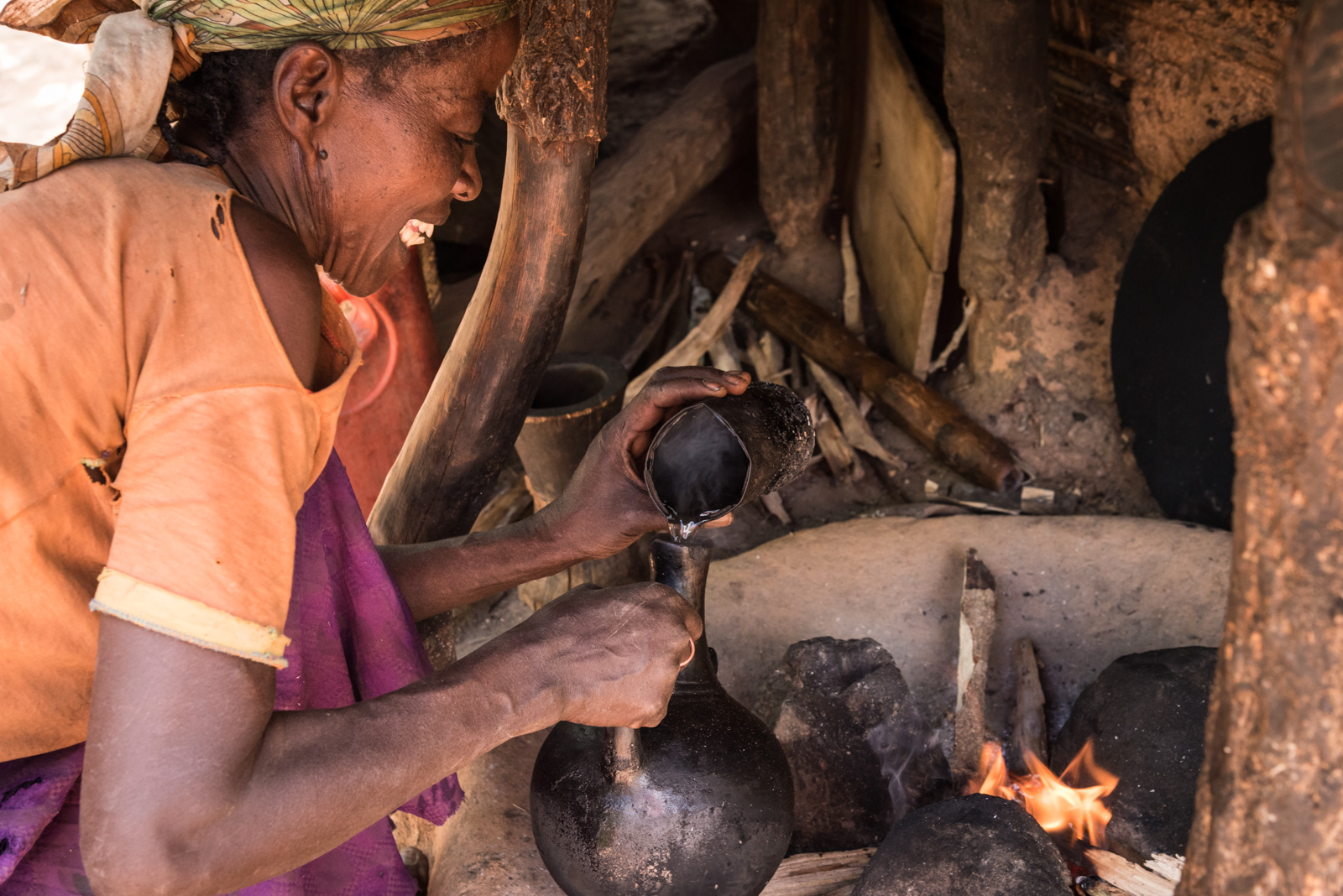
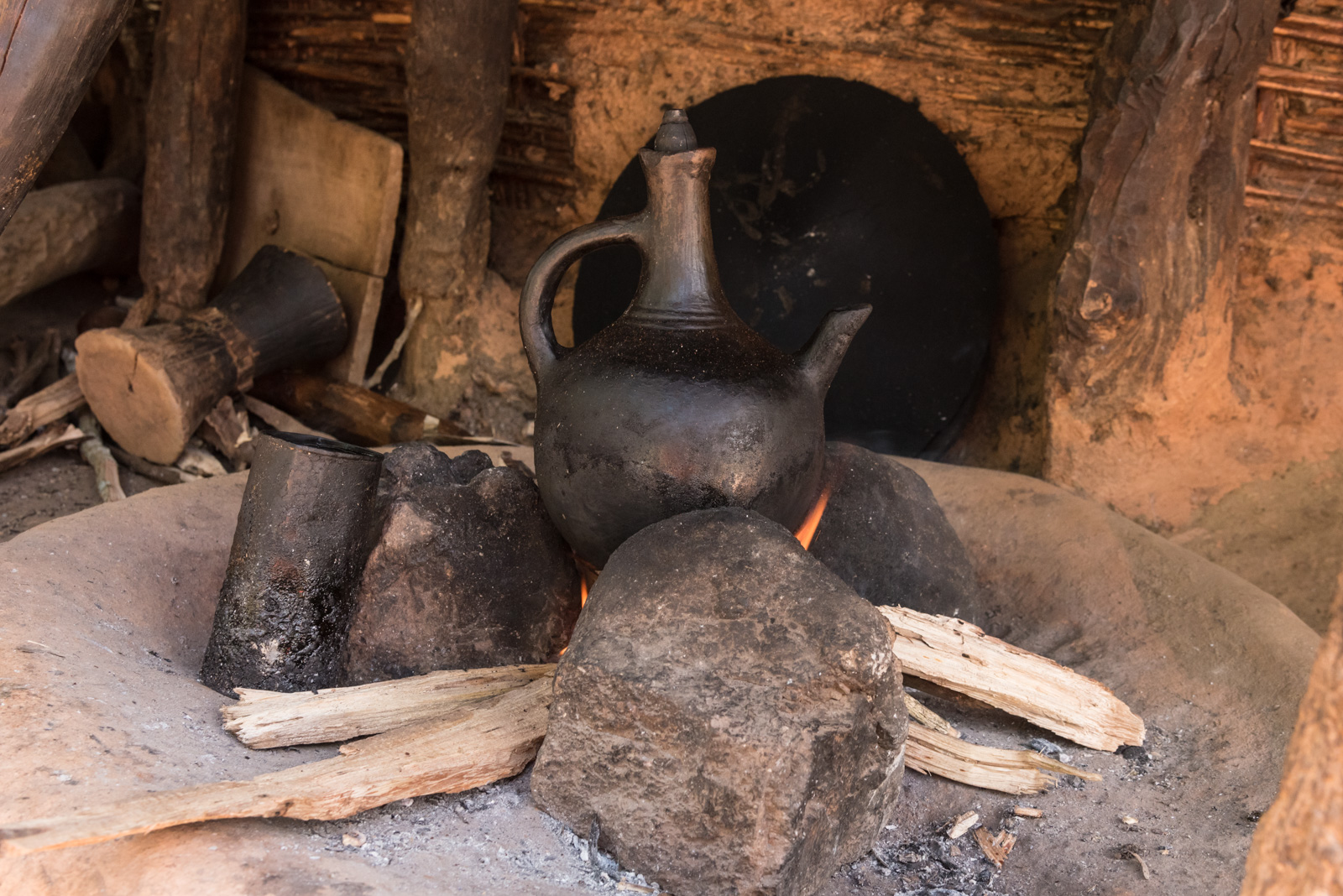
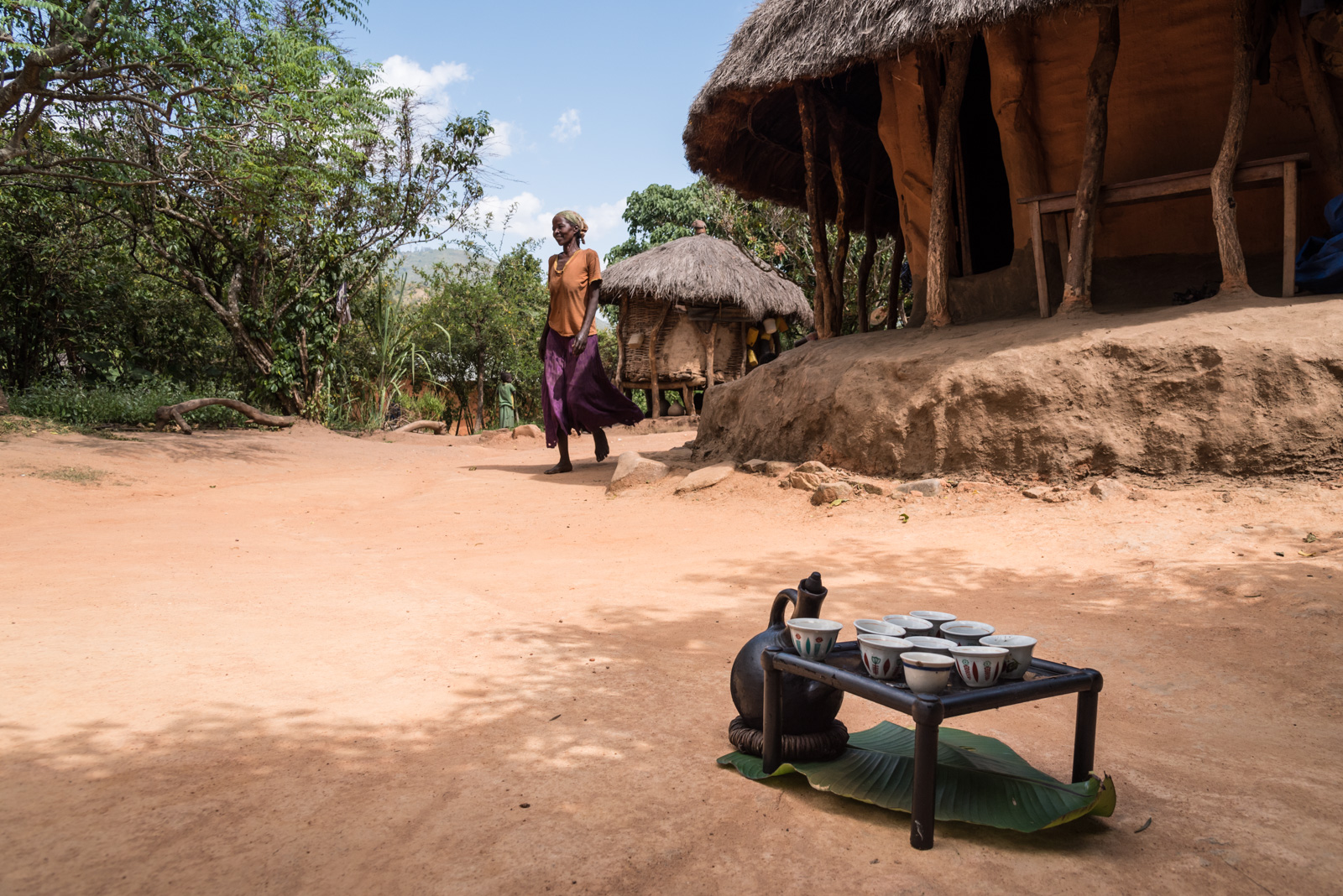
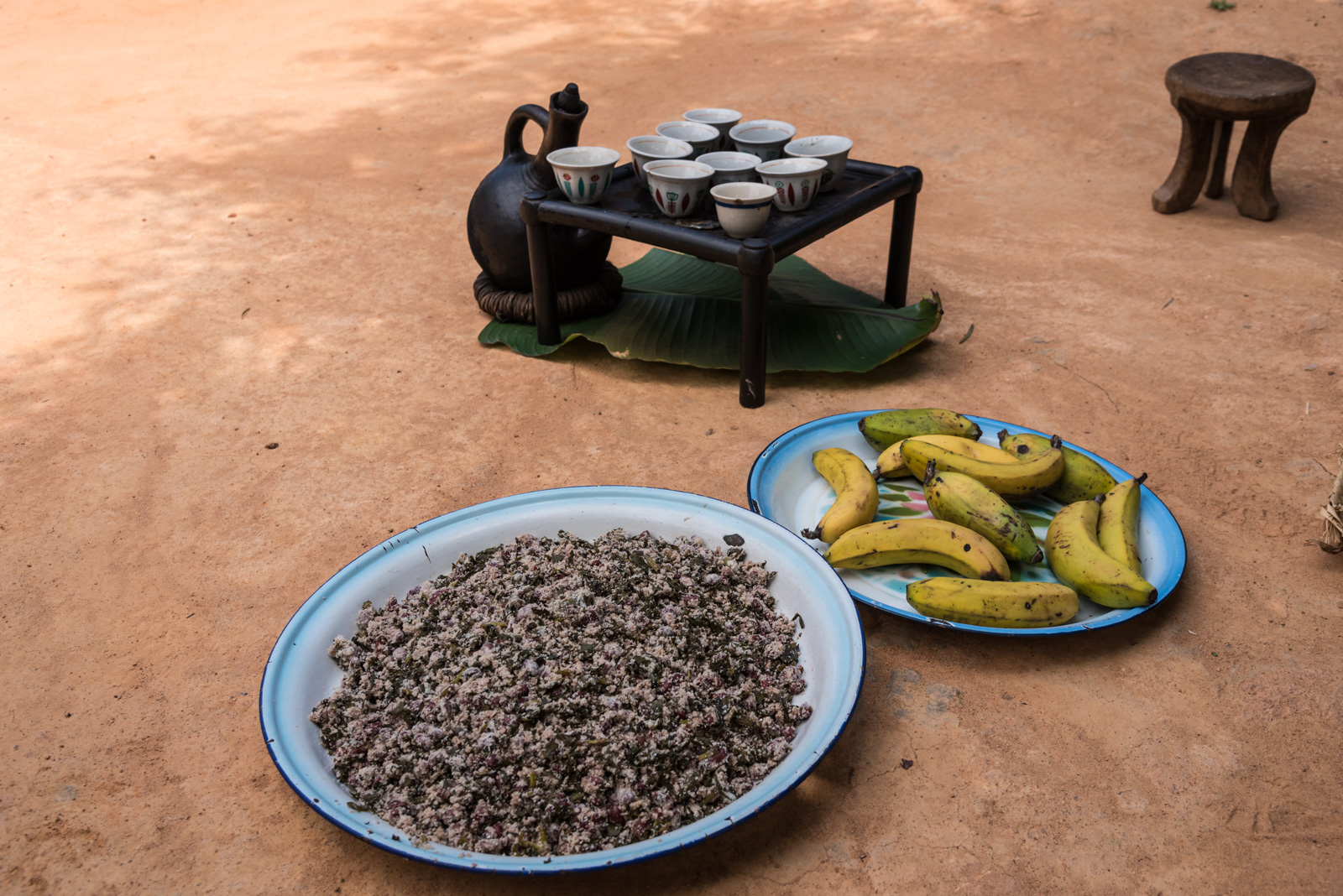
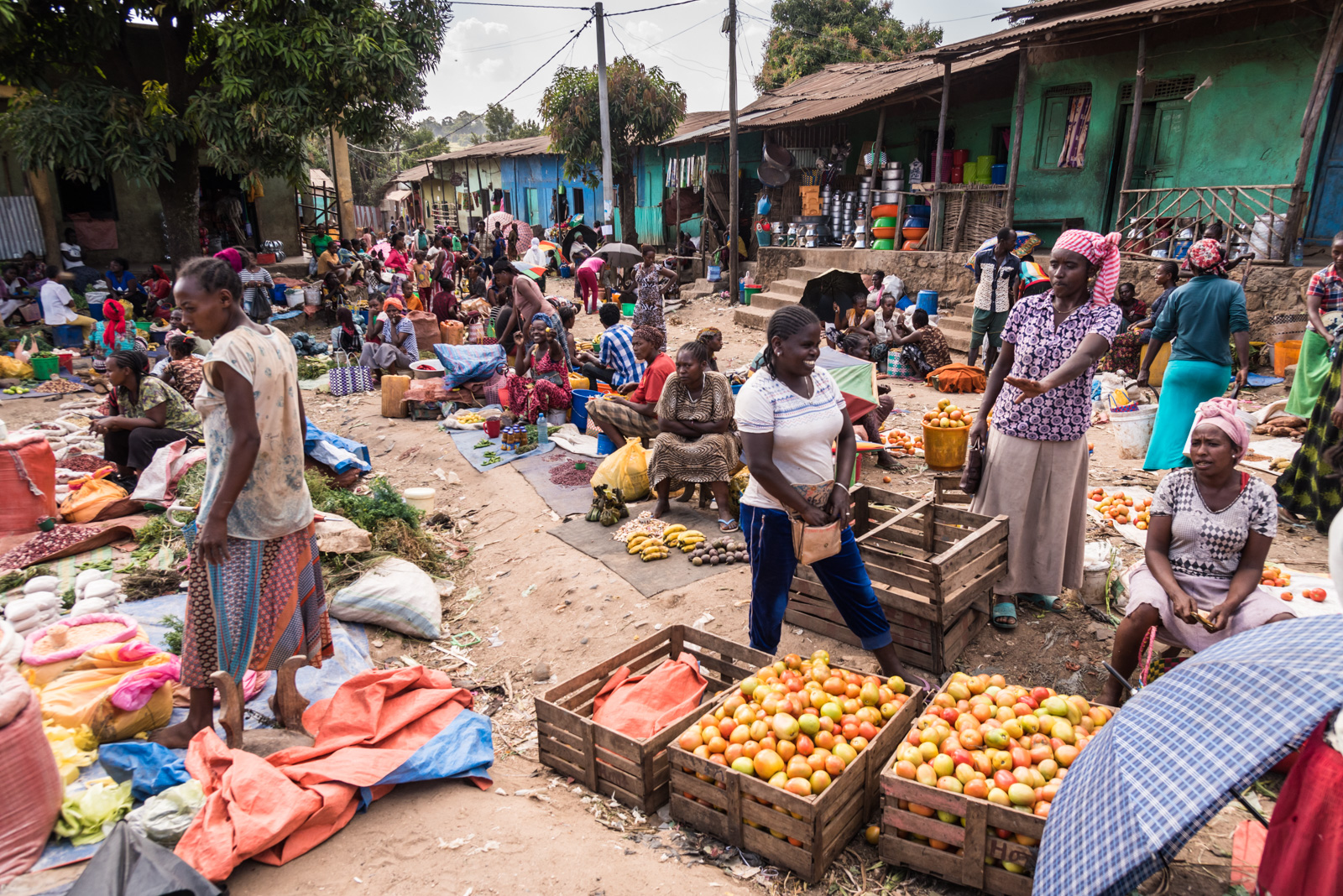
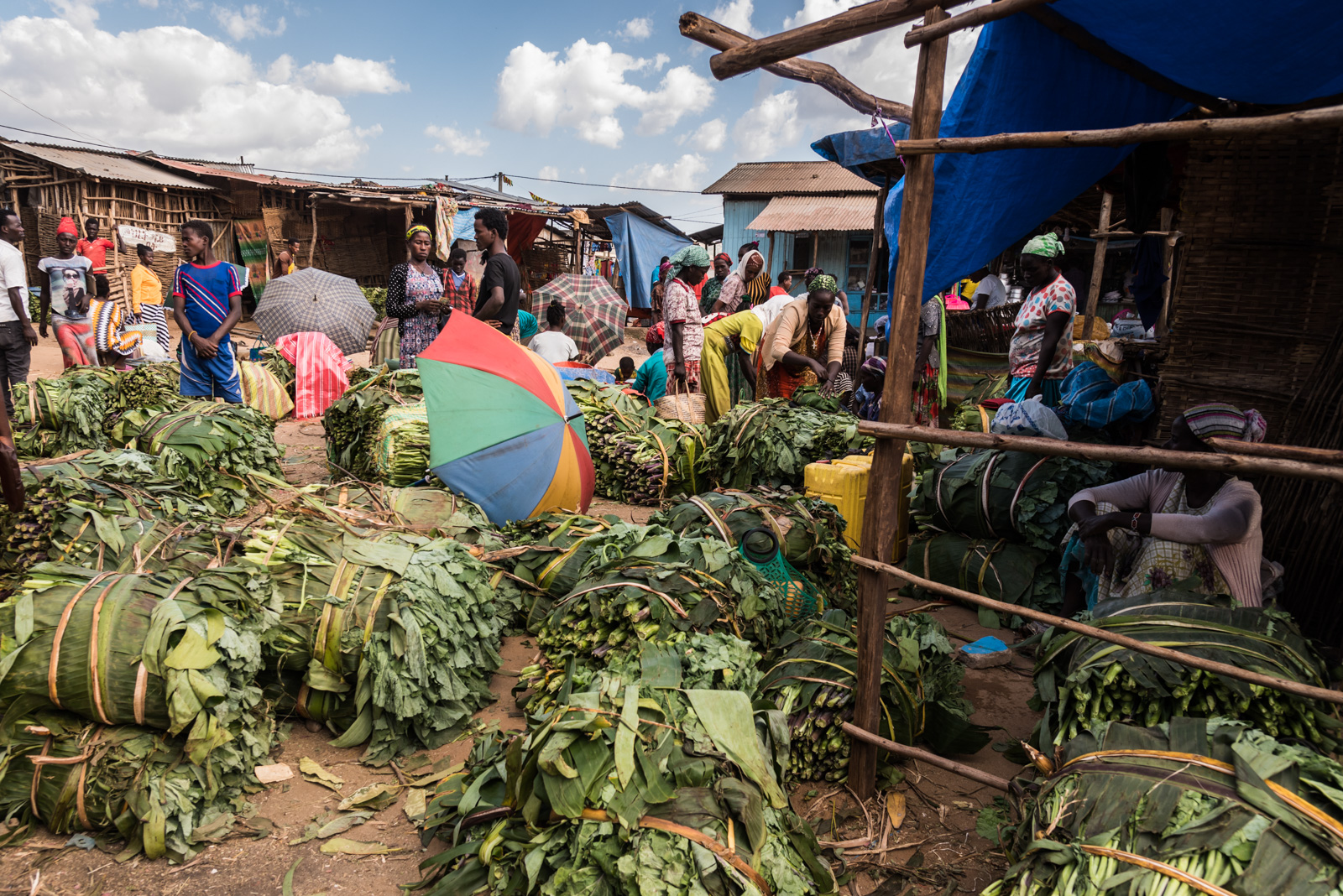
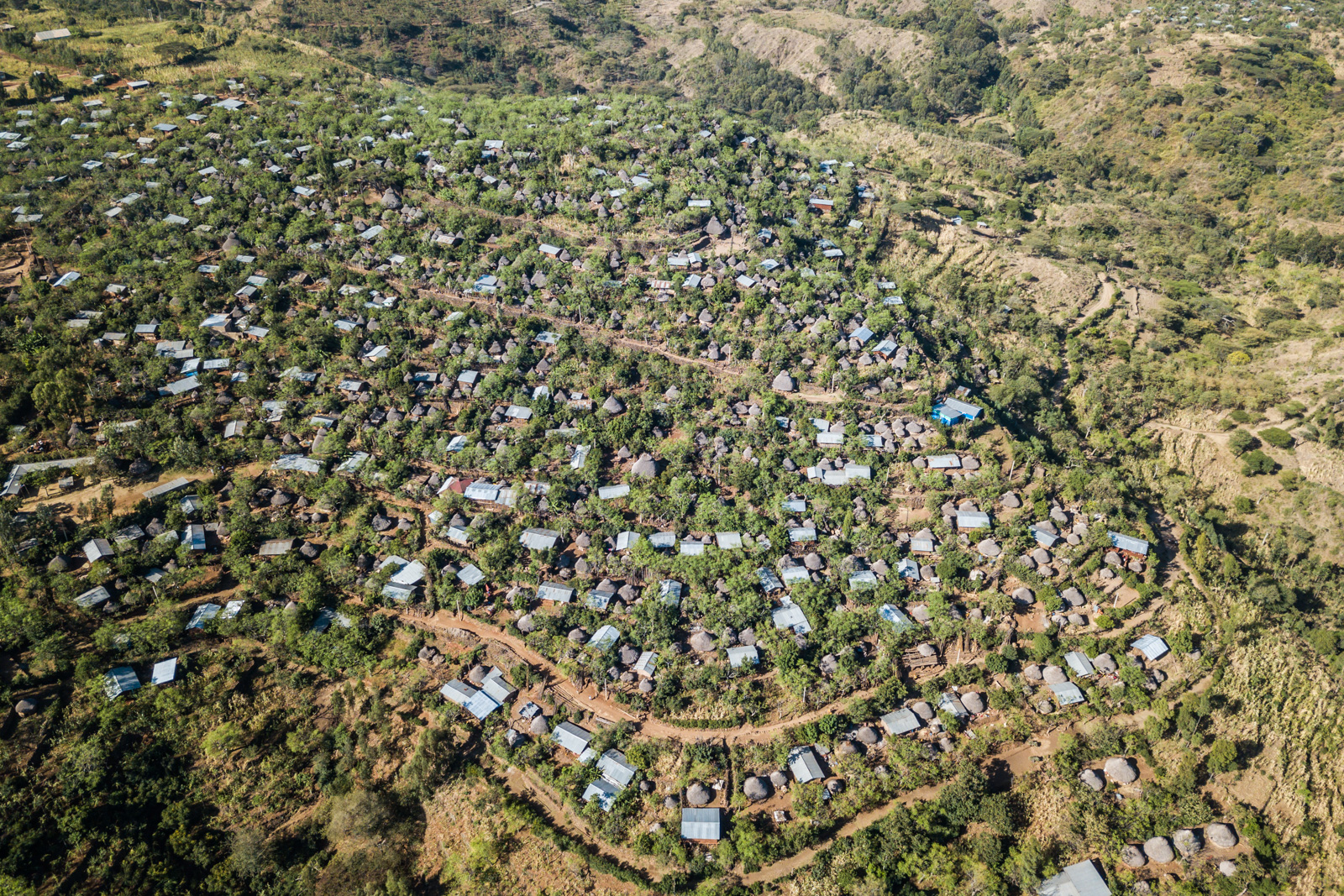
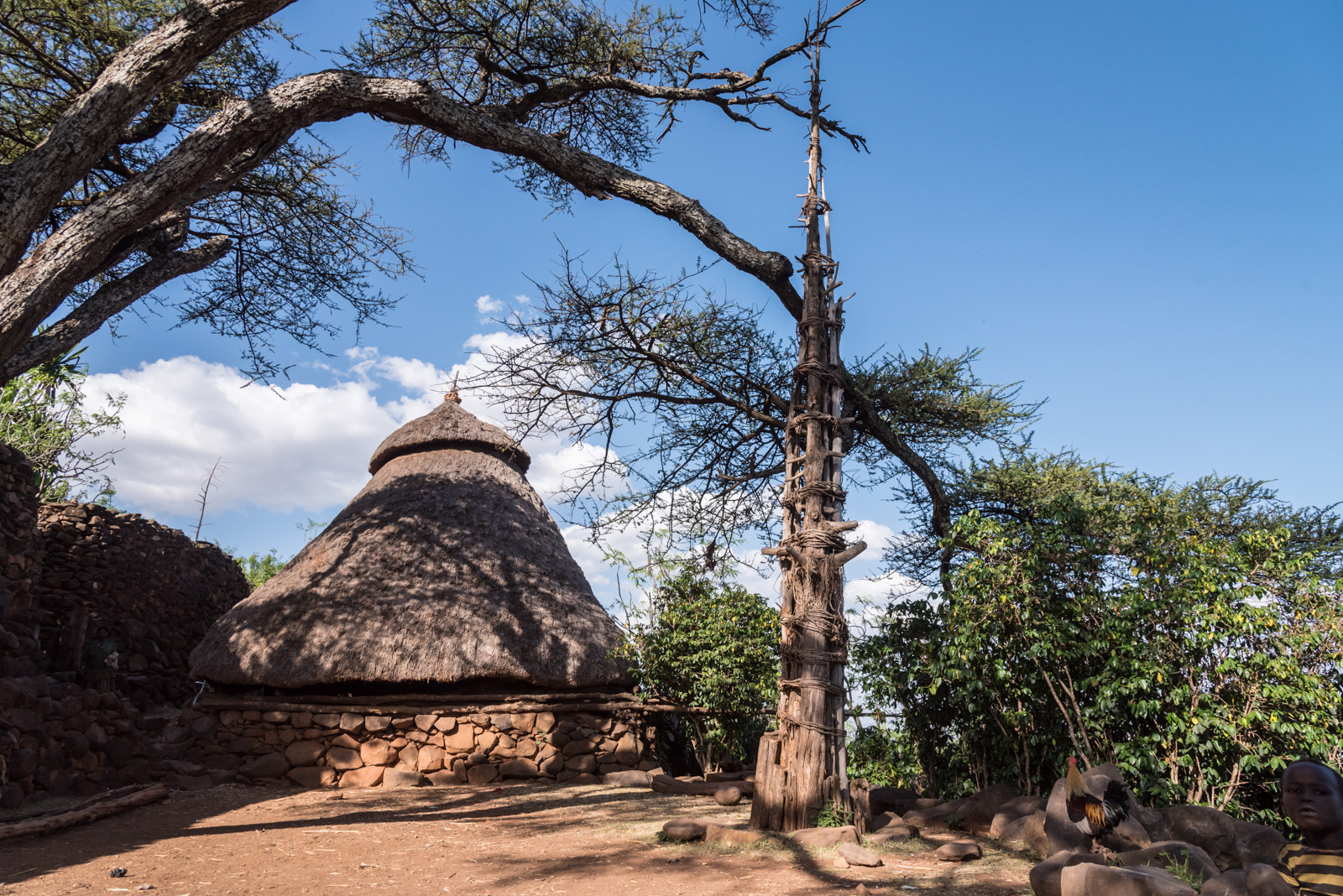
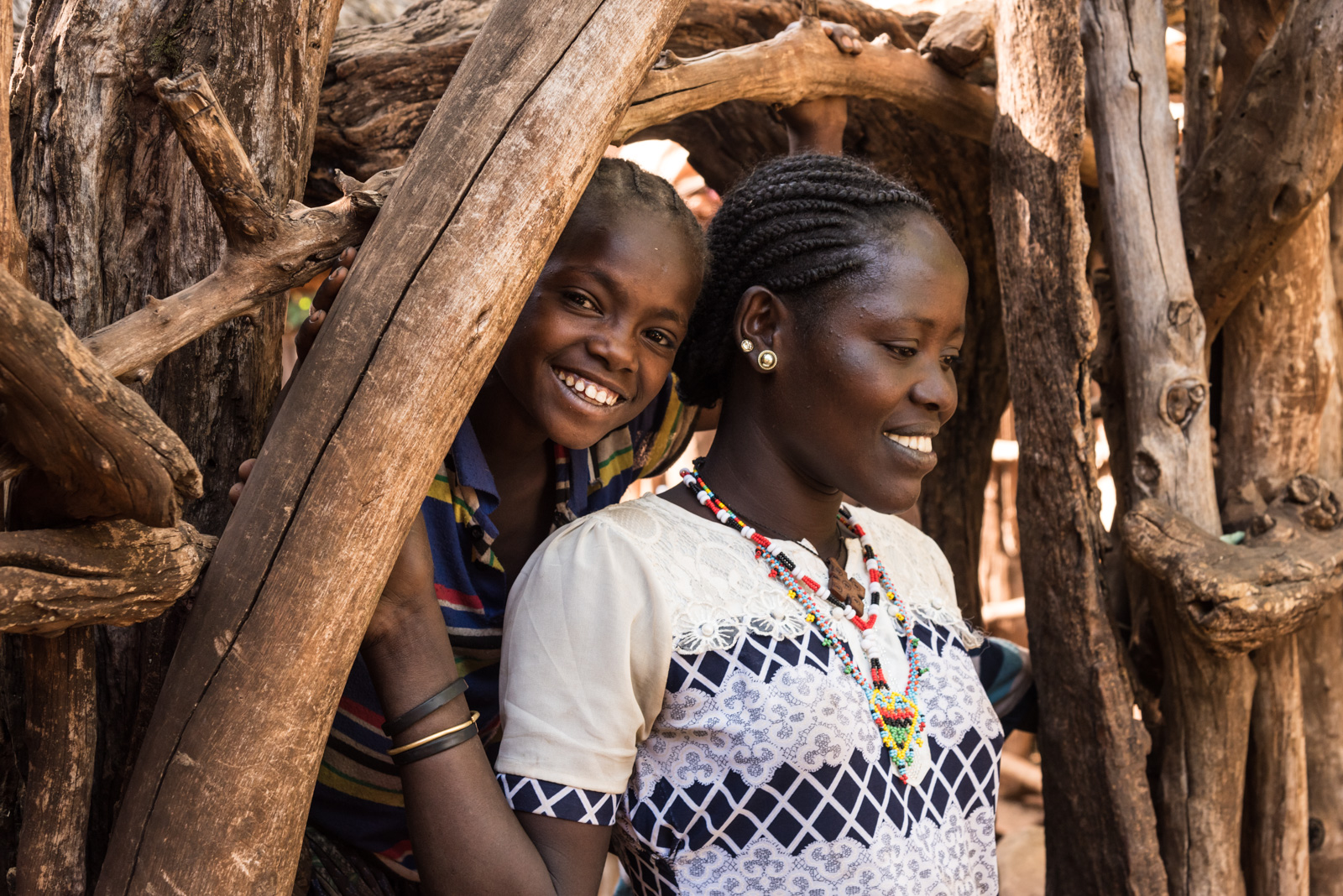
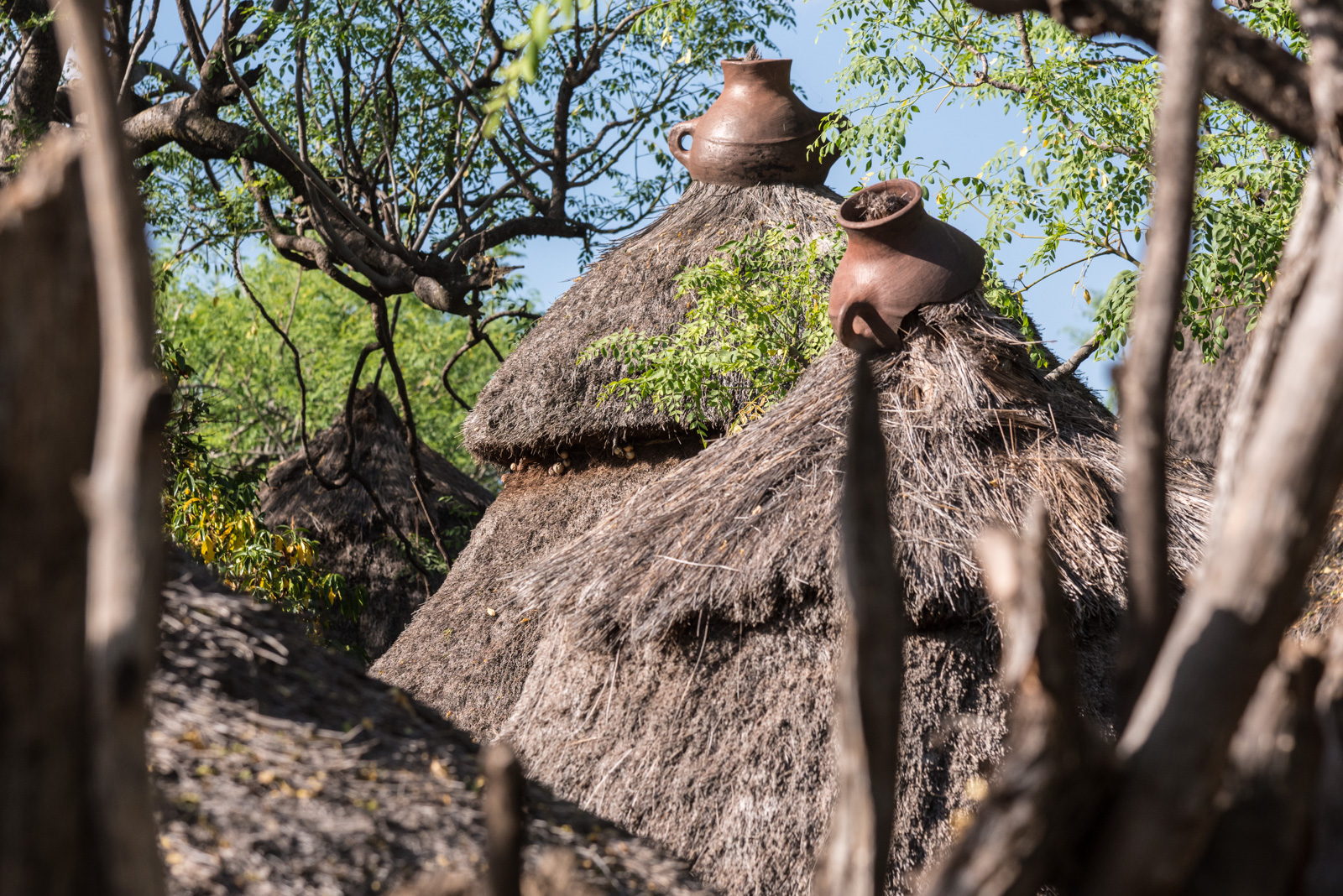
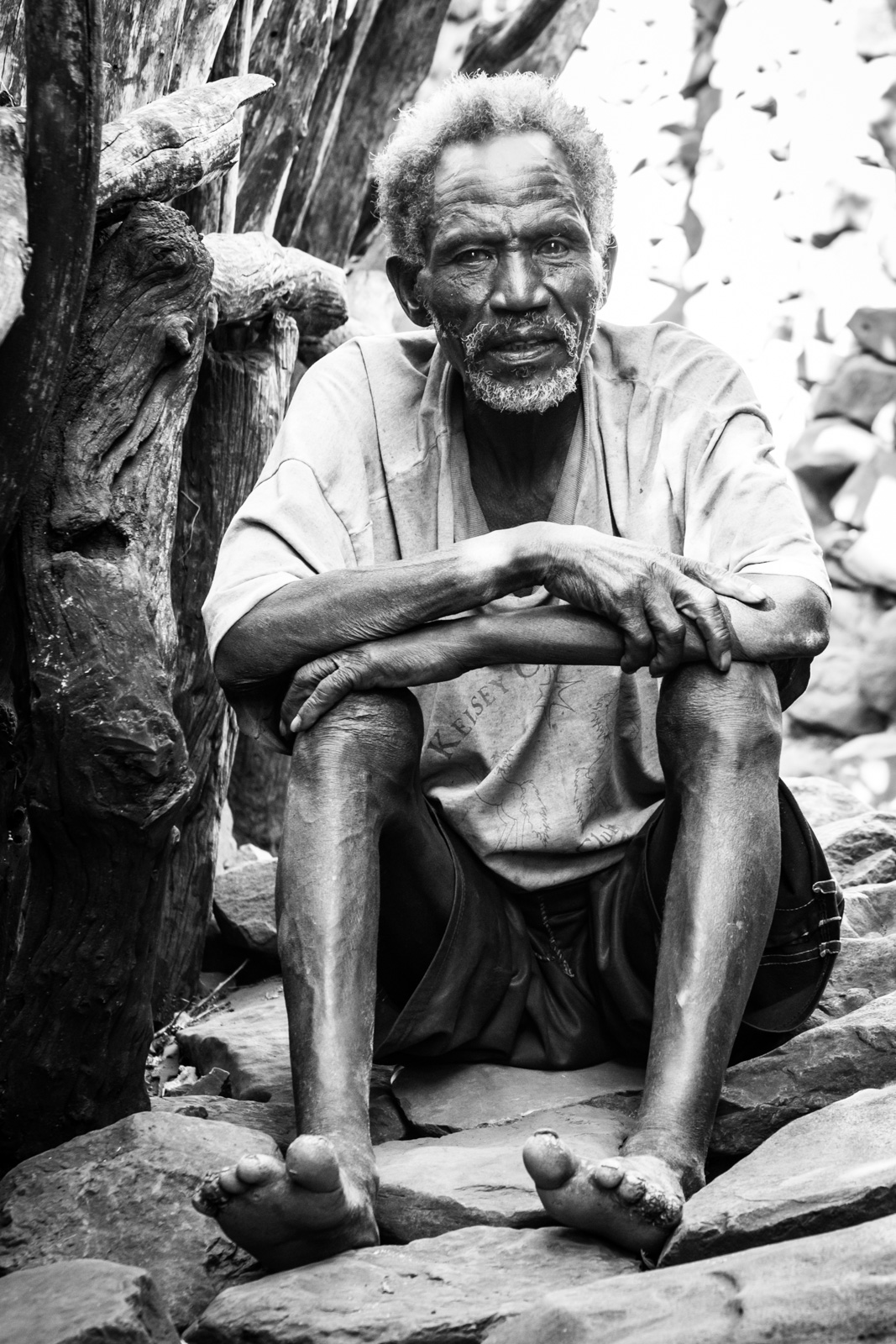
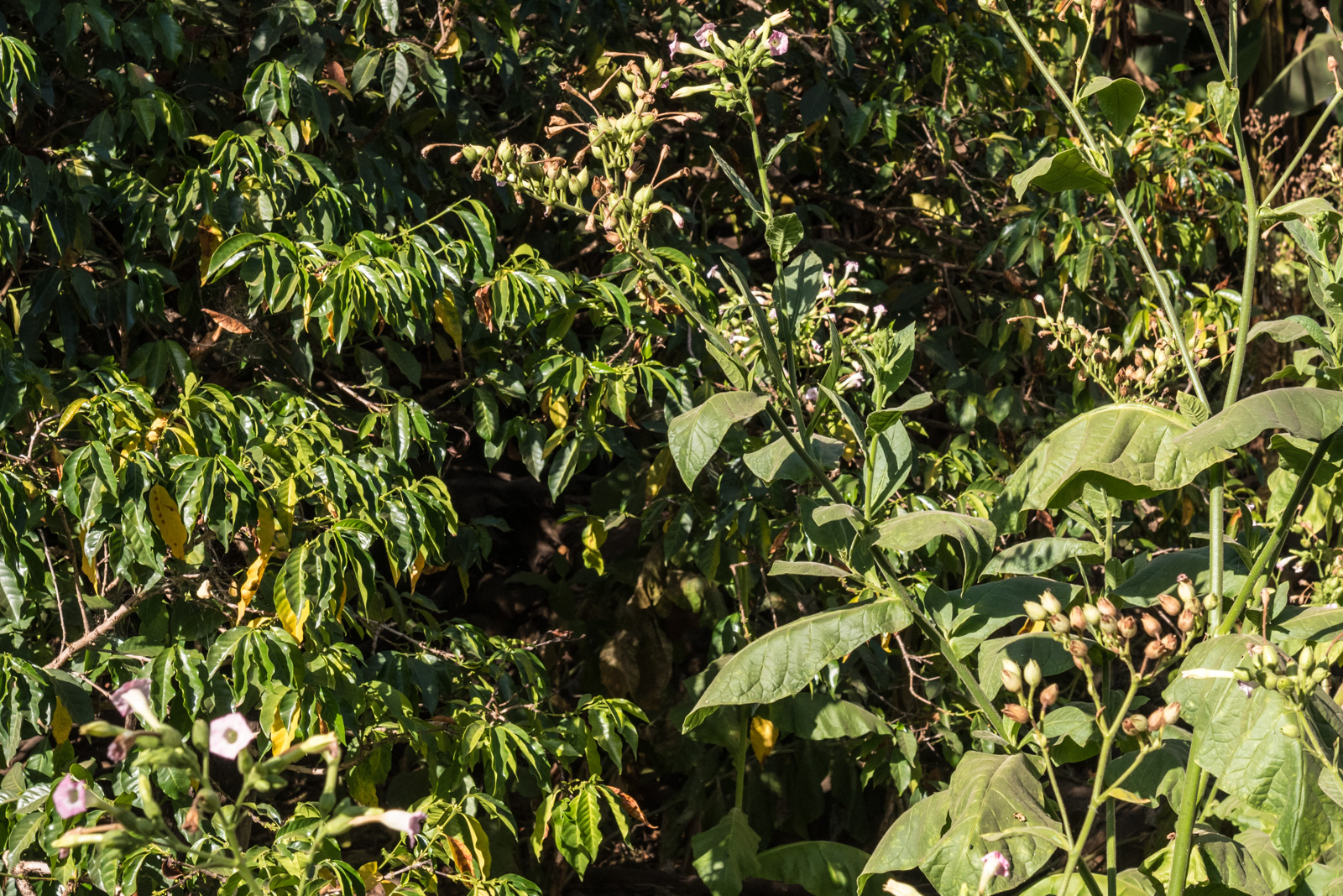
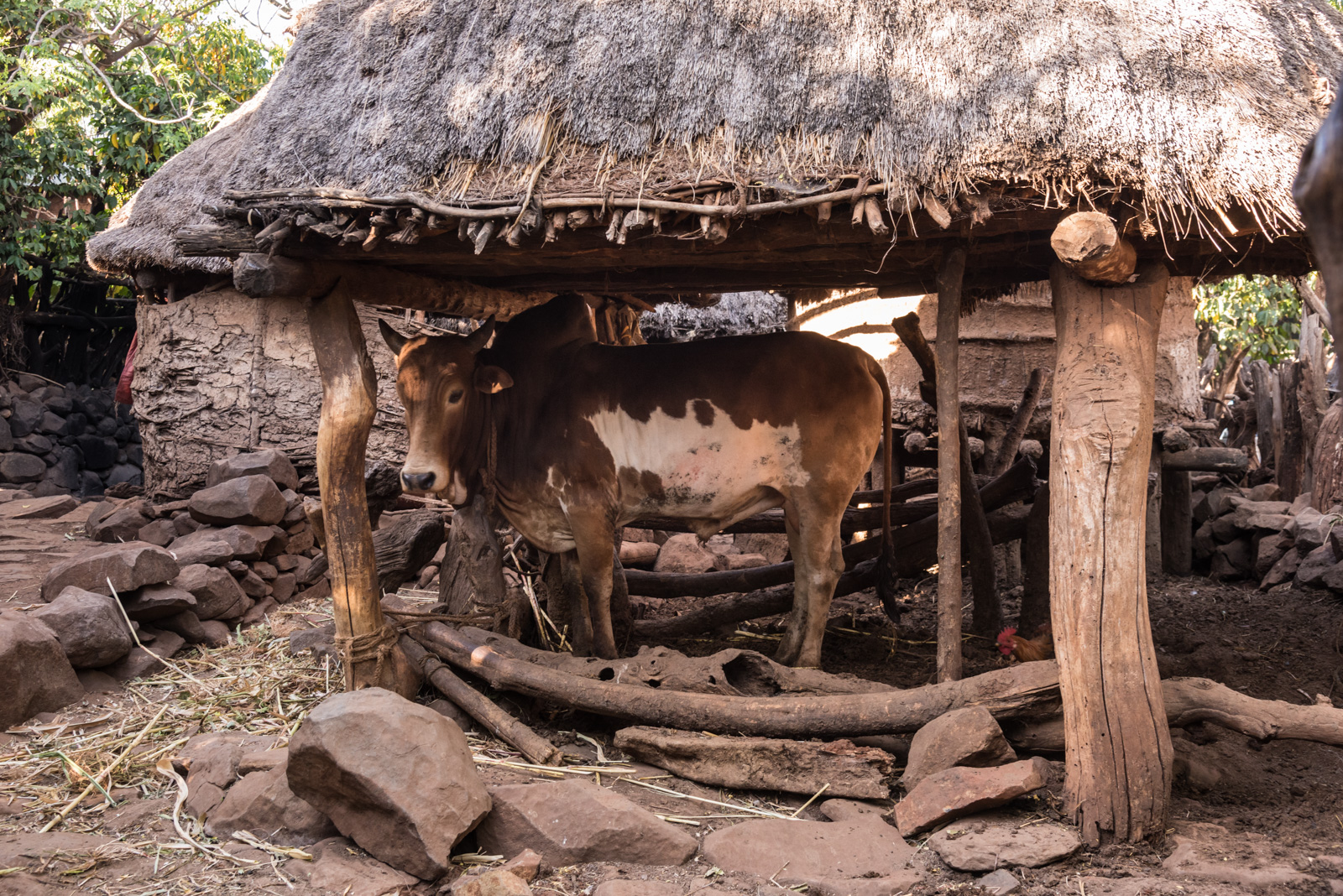
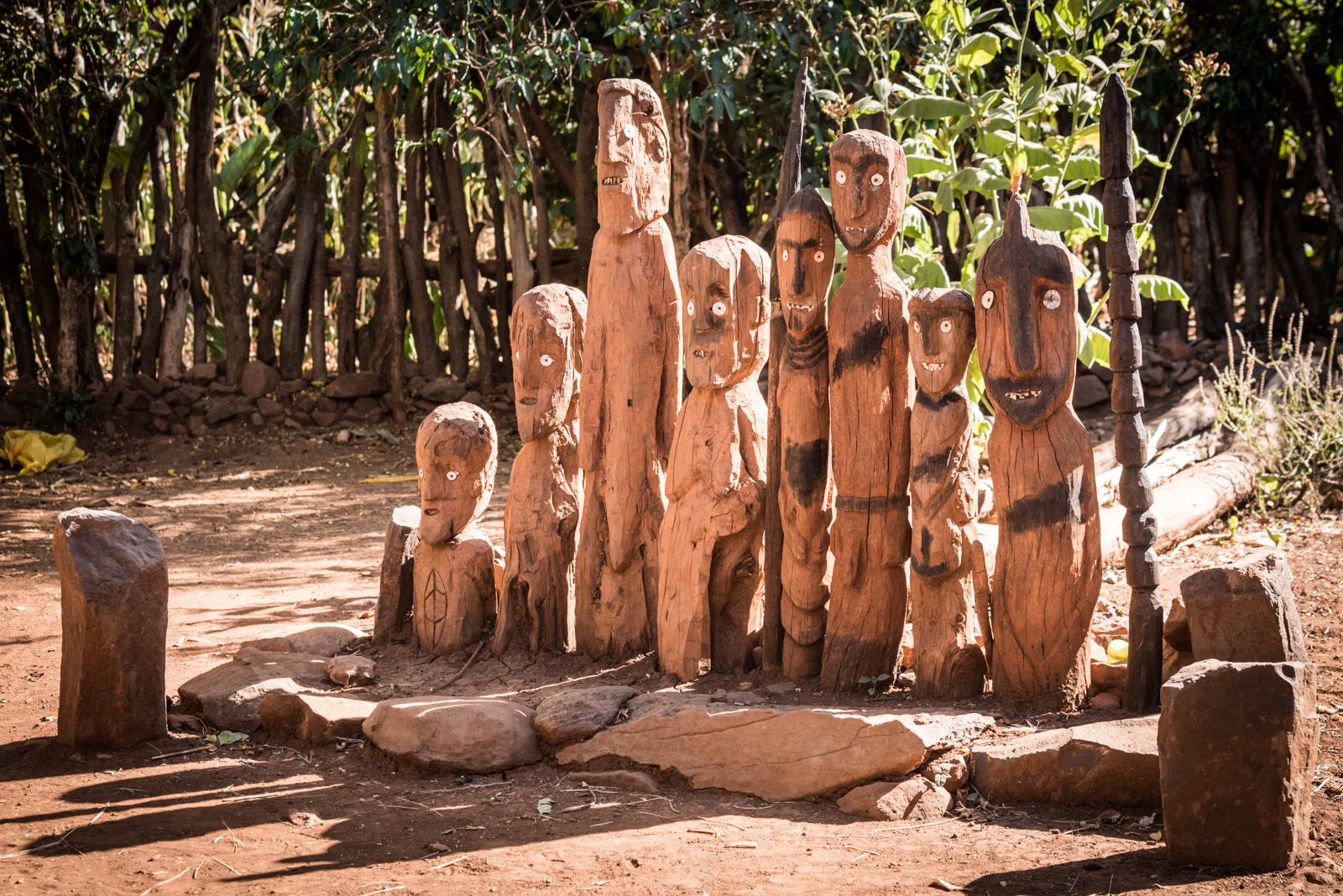
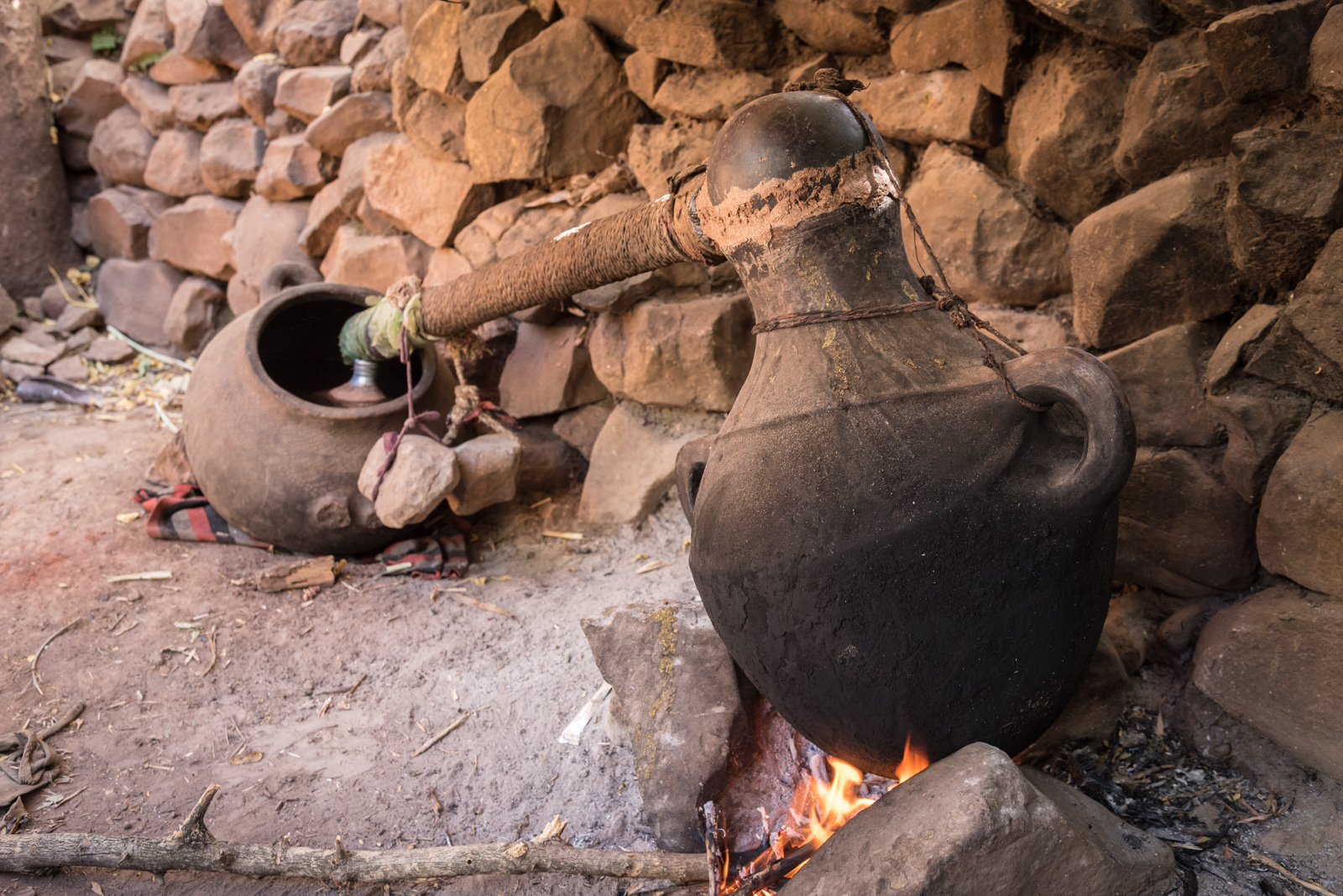
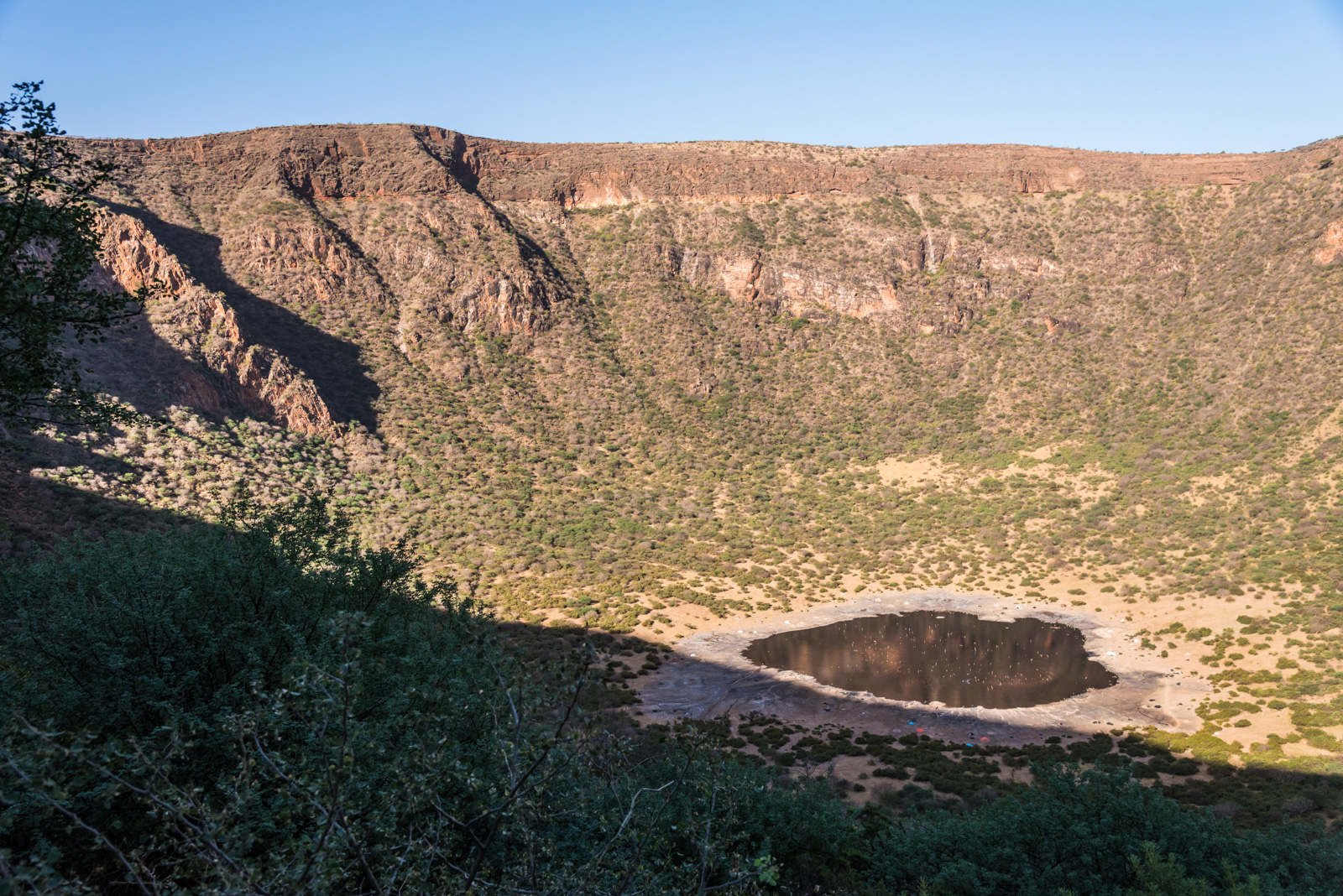

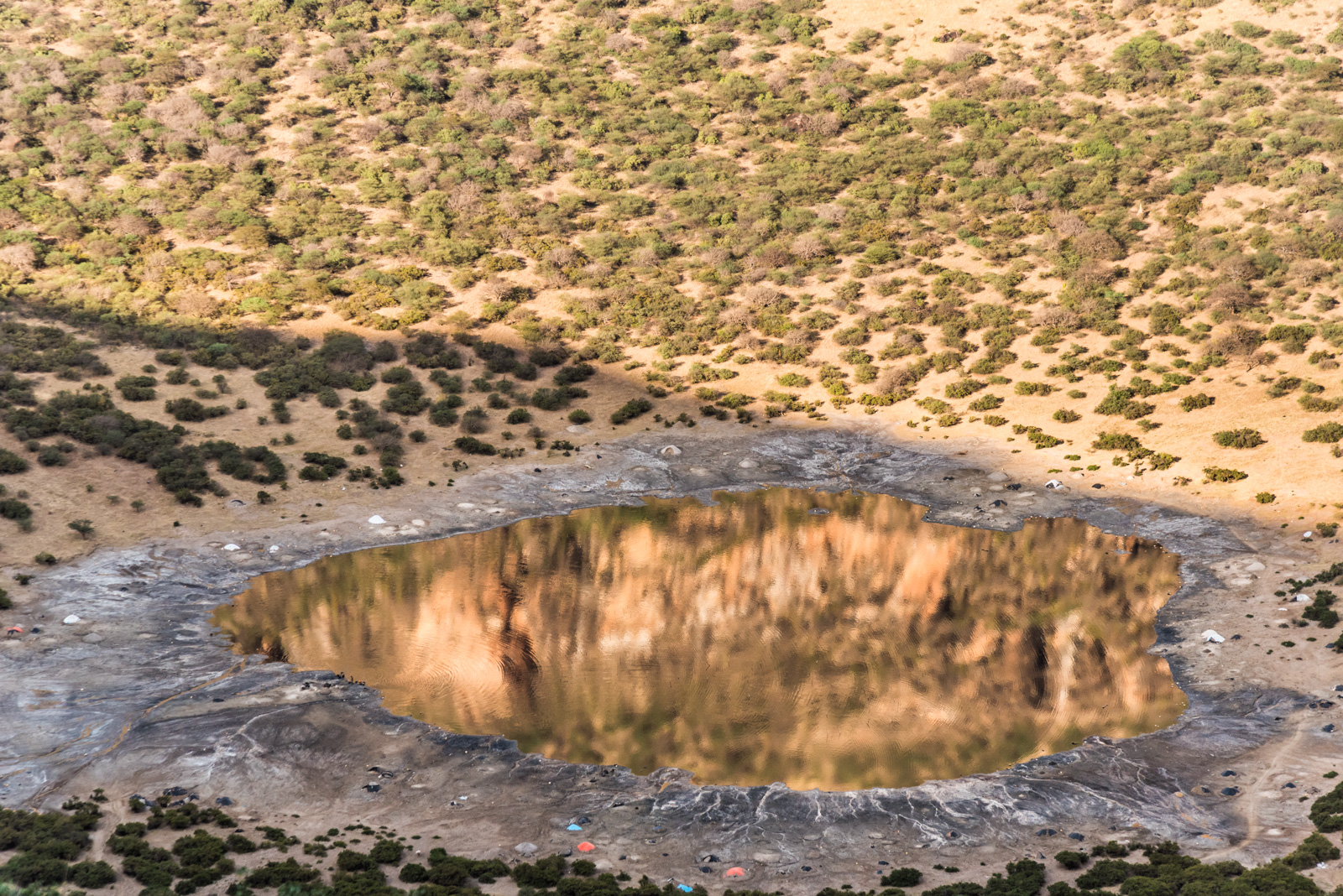
Ouma Oluoko
12. Juni 2019Dear Photoneer,
In spite of the challenges and some rip-offs from the commuities, I must thank you so much for sharing these great true images from Ethiopia. I am planning to visit myself as I expand my tourism business in Ethiopia.
Wishing you all the best. Kindly let’s keep this conversation via my personal email.
Warm regards,
Ouma Oluoko,
Kisumu City, Kenya